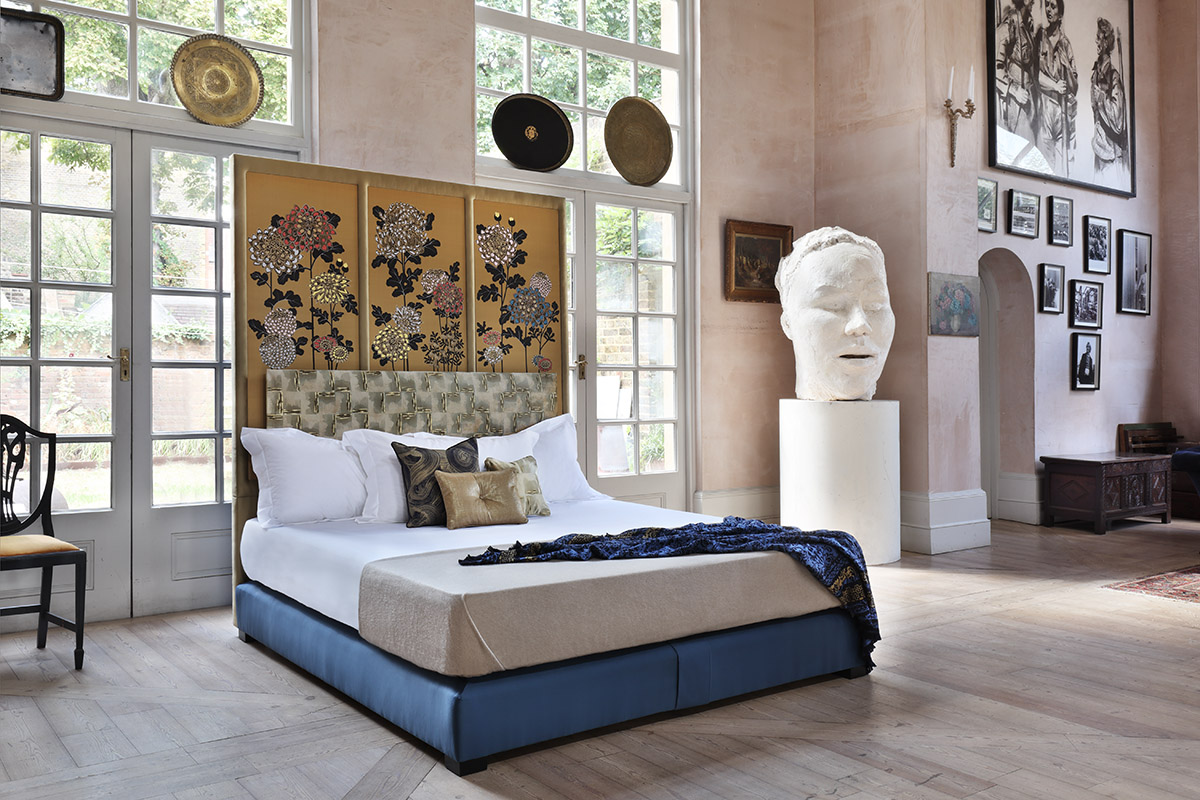
The KIKU by Savoir Beds features panels of hand-painted gilded silk wallpaper by London-based company Fromental
In 1905 The Savoy Hotel decided to create a bespoke bed for its guests, and so began the legacy of what’s now known as Savoir Beds. Every Savoir bed is crafted from chemical-free natural materials, carefully selected to provide the optimum sleeping environment. Here, we speak to the Savoir’s Managing Director Alistair Hughes about mastering craft, delivering consistency and the brand’s efforts to be sustainable.

Alistair Hughes
LUX: Can you tell us how a Savoir bed is created from start to finish?
Alistair Hughes: Every Savoir bed is tailor-made for the client to ensure it fits them perfectly. The process starts with a ‘fitting’ at one of our showrooms, where our expertly trained staff will discuss the needs of the client and try them on the various models and different support options in order to make a bespoke bed. We have created four varieties of Savoir beds, named No. 1, No. 2, No. 3 and No. 4, and they all have infinite customisable options. Beyond comfort is the design and styling of the bed, our sales team will work to the client’s requirements offering unlimited fabric options for upholstery and styles for the headboard and base.
Follow LUX on Instagram: the.official.lux.magazine
Following the fitting, the order is shared with our in-house design team at our Bedworks in North London. Our CAD designer will work with the showroom to create a render which is sent to the client for approval. Once the design has been reviewed and approved by the client, it is then passed on to production. Our fabric specialist will order the clients’ chosen fabric for the headboard and base, once delivered they will carefully check every inch to ensure it is absolutely perfect.
The fabric is then passed on to our cutting room which will cut the fabric. It is also during this stage that our seamstresses will cut the signature Savoir Trellis ticking which is used for all our mattresses, toppers and top of the box springs. Once cut, the fabric is left for a minimum of 24 hours to allow it to relax (when it’s on a roll, it is stretched slightly). The Savoir seamstresses will then sew the mattress, topper and mattress cases, ready to be passed on to the craftsmen.
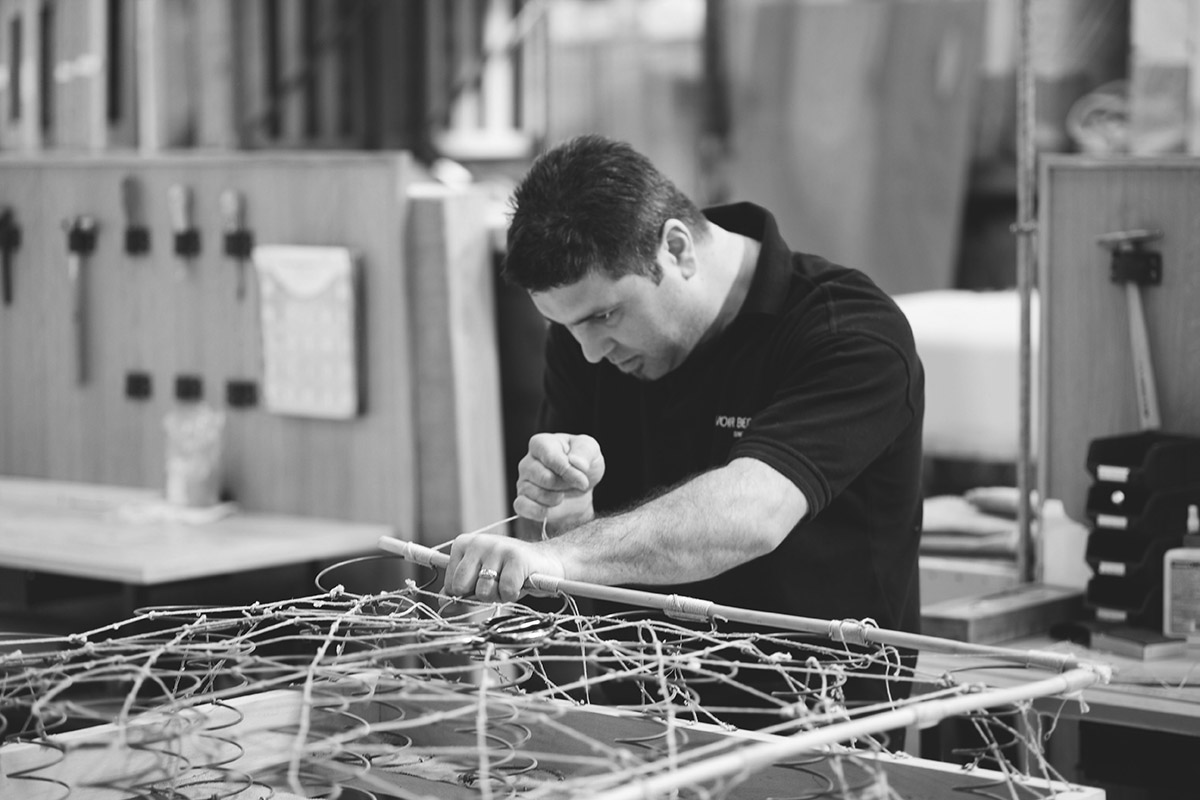
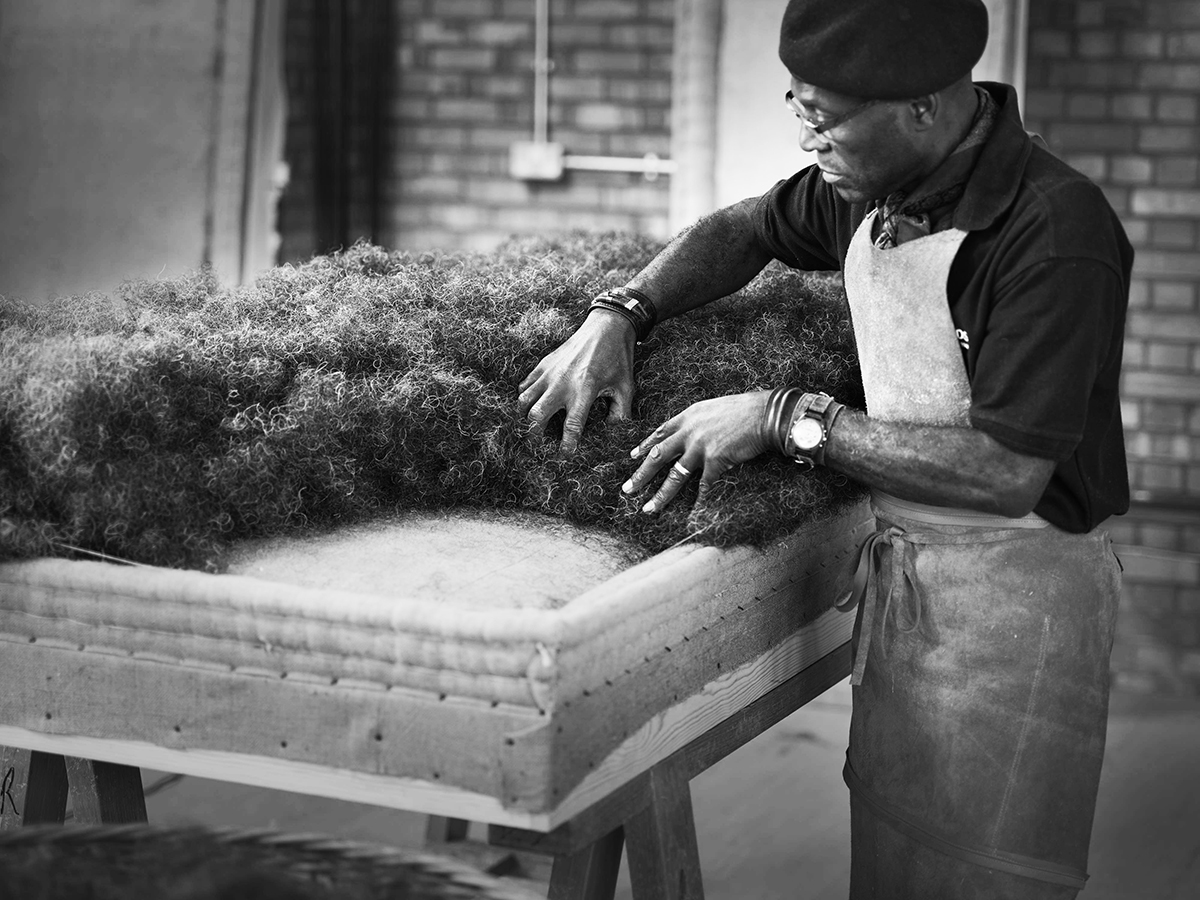
Here and above: craftsmen assembling a Savoir bed inside the workshops
The bed set starts with the box spring. A wooden frame is created in woodwork, in which large hourglass springs are carefully secured. The springs are then hand-tied together, using eight-way star-lashing. A stitched hair role is then created on the edge of the base, through packing horsetail hair in to a neat roll and stitching in place. An abundance of hand-teased loose hair is then placed on top of the boxspring, with tufting the last stage to ensure all the hair stays in place.
Next is the mattress, hand-tied pocket springs, which are produced in the Savoir Bedworks, are sandwiched between masses of hand-laid, long, loose horse tail, with cotton and wool. The mattress is then hand-slipped to close and hand-side-stitched to ensure the springs stay in place. Like the box spring, the mattress is also tufted, stopping the natural materials moving.
The final element of the bed set is the topper, the natural casing that the seamstresses cut and sew together is filled with long, loose, hand tease horse tail, along with a layer of lambs wool, cotton or yak fibres, depending upon the chosen topper. The topper is also tufted, with beautiful fabric tufts on both sides to create a petal effect when a stitch pulls them closer together.
For clients that have specified a bespoke headboard, this will be crafted by the highly skilled Savoir upholsterers. The frame will be carved and constructed in the expansive woodwork workshop. Once created, this is passed on to the upholsterers, where the fabric which was cut by the seamstresses is carefully applied to the frame. No two beds are the same, so our upholsterers have years of experience to ensure the finished headboard is perfect.
Before every bed is delivered to the client, it is set up by the Savoir Quality Control team. The team will ensure that every detail of the bed is to the clients’ specification. The finished bed is then shipped around the world, direct to its new home.
Read more: Test driving Michelin’s tyres for supercars
LUX: How do you ensure a consistent quality of product?
Alistair Hughes: We make less than 1,000 beds a year because we are focused on making the best, not the most.
We continue to hand craft our beds at our North London Bedworks and in Wales, just outside Cardiff. Every Savoir bed is made to order for a particular client, built by hand to meet specific needs and deliver unsurpassed comfort.
We use only the finest, natural materials including Argentinian curled horse tail, which provides a breathable sleeping surface and the ultimate temperature control for enhanced sleep. The high standard of materials and skilled craftsmanship result in a consistently comfortable bed for our clients and one that matches their style aspirations, as only a bespoke product can.
LUX: The original Savoy bed was designed in 1905 and has changed very little since – how do balance heritage and innovation?
Alistair Hughes: I am immensely proud of the heritage of Savoir, I couldn’t imagine a better legacy for a bed company.
The beds were first created for The Savoy Hotel whose sole aim was to give the best night’s sleep to the most demanding clients in the world. The result was The Savoy Bed, now named the Savoir N°2, and it remains our most popular bed. Liza Minnelli had refused to leave the hotel without one; Emma Thompson said the bed had cured her insomnia. The product had been raved about for over 100 years by the most demanding guests in the world.
However, innovation is very important to keep driving our business forward. We pride ourselves in being at the forefront of designer collaborations and each year we hand-pick the best brands and designers to create inspired designs. Last year we collaborated with the National Gallery, Fromental, Nicole Fuller and Steve Leung.
Read more: Bentley auctions new model for the Elton John AIDS Foundation
As we have control over every element of production, anything is possible which excites designers. Beds for superyachts or fantastic headboards inspired by art or architecture, we can craft and create anything. Our Savoir designers work closely with collaborators to design a personalised, unique piece of furniture. It’s always a special moment when we have designers visit the Bedworks and they are astounded by the amazing and extremely skilled craftsmen.
This month we launched our most innovative design yet and the world’s most luxurious bed: The Three Sixty. Available exclusively at Harrods, the bed is the epitome of contemporary design and bespoke British craft. It seamlessly combines aesthetics, technology and ultra-luxury.
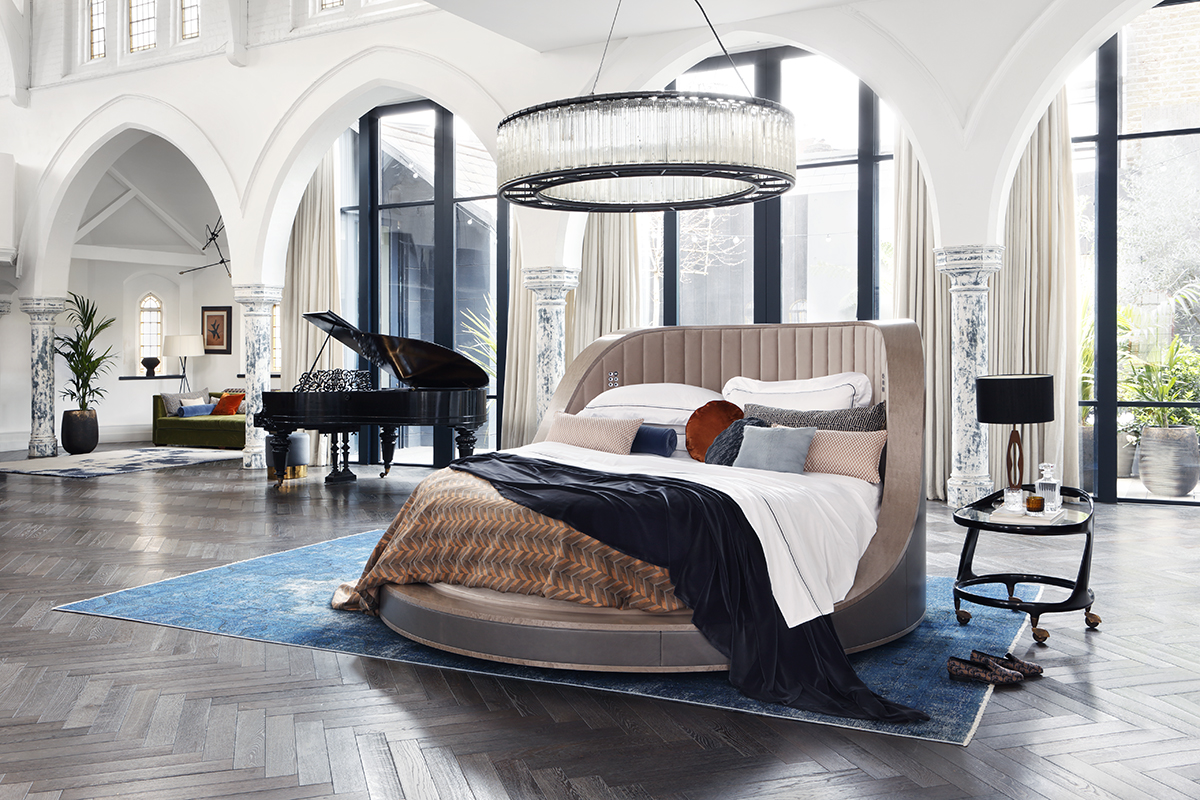
The Three Sixty, Savoir’s latest bed design
LUX: Why did you decide to change the company name from Savoy to Savoir?
Alistair Hughes: Our heritage is of course The Savoy Hotel, but we also wanted to supply other hotels who might not want the name “Savoy” across their beds! We liked the idea of Savoir Faire, with all its associations with quality craftsmanship, and the fact it was not a million miles from Savoy.
LUX: Having recently expanded overseas, how does Savoir cater to these new markets?
Alistair Hughes: We have 14 showrooms around the world from London to New York and Paris, as well as worldwide in China, Germany, Russia, Taiwan, Korea and Hong Kong.
We have collaborated with a number of international designers to create beds for different markets. We have worked with Nicole Fuller in the US, Steve Leung and Teo Yang in Asia and we will soon be unveiling a new partnership with Bill Amberg, the UK’s leading bespoke leather product, interiors and furniture designer.
LUX: Where is the biggest emerging market for you?
Alistair Hughes: Asia is developing rapidly and Savoir is growing its presence in Asia with showrooms in Hong Kong, Seoul, Shanghai, Taipei and next month we will be opening a 1,385 square foot showroom in the new Raffles Hotel Arcade in Singapore. We are in advanced discussions about a showroom in the south of China too, so a lot to look forward to. But that said, America is still the largest luxury market in the world, and as an emerging brand it is an absolutely key focus.
Read more: Meet the young model who creates ads for Nike
LUX: How do you create a sustainable product?
Alistair Hughes: All Savoir bed sets have a 25 year guarantee and we turn our back on the throw-away culture.
We refresh beds and mattresses through recycling materials. For example, the existing horse tail is removed from a mattress, it is then re-carded through the use of a carding machine, and then hand-teased and redistributed within the existing mattress casing. The re-carding machine is over 100 years old and is thought to be one of only two in the country. We can also recycle casings for mattresses, re-making and re-tying box springs to re-invigorate the perfect and bespoke mattress tension, which may have been lost over time.
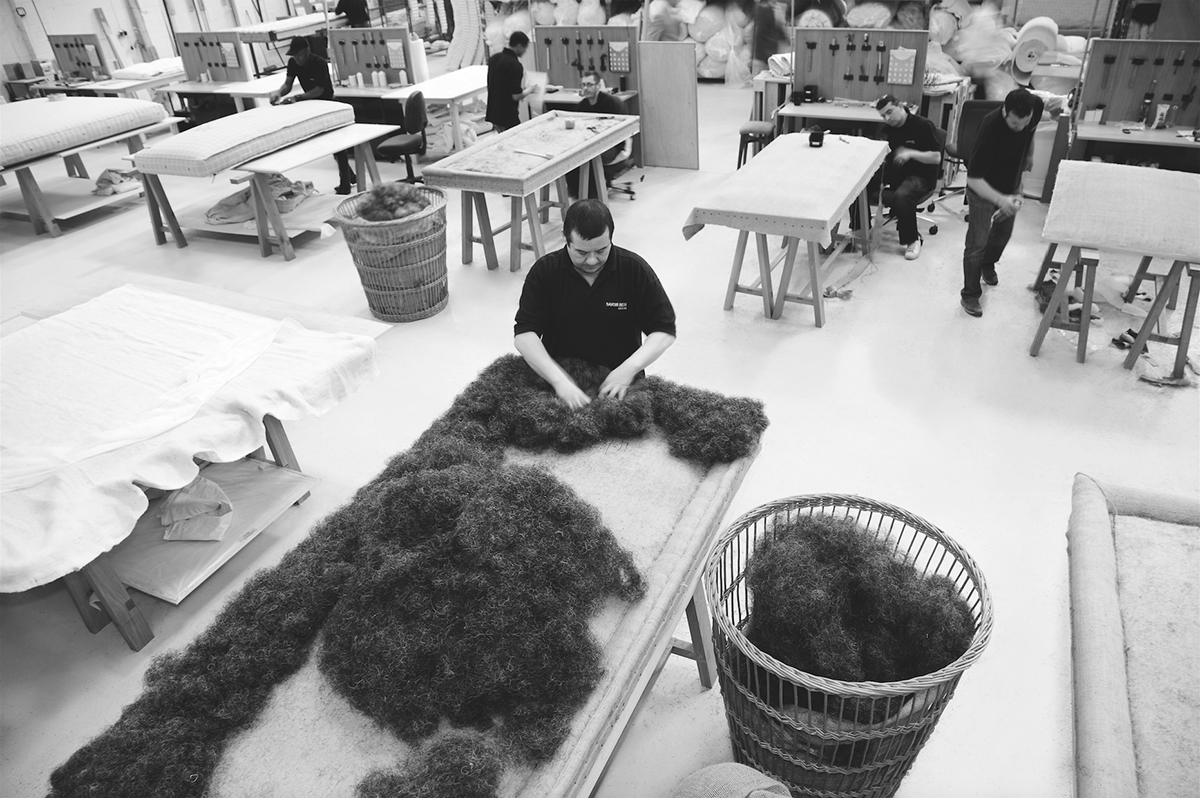
LUX: How does your previous role in management consultancy inform the operations of Savoir?
Alistair Hughes: I think it helped to bring a broader perspective to what I do and how the business can best meet the needs of our clients. Within bed manufacture in general there had been a strong focus on driving down cost. Retailers often see a mattress as a grey box, they all look the same, just get the price down. Savoir thinks more of the end client and what they want: a great night’s sleep. So the focus has been the best product, and understanding that clients are willing to pay for something better.
LUX: Where was your best night’s sleep?
Alistair Hughes: I’m spoilt, having the best bed in the world at home. At the end of the day, there is nothing like getting into a Savoir. I love the feeling, especially with fresh, cool and crisp percale sheets. I’m instantly relaxed…it’s a great feeling!
Beyond that, I grew up in Ethiopia and Malawi and have always had a thing about the big African skies. On recent family trips we have had some great under canvas holidays, most recently in Botswana. There is something magical about the lack of light pollution, the stars and the sound of nature (not always quiet, but definitely music to my ears).
Discover Savoir’s range: savoirbeds.com


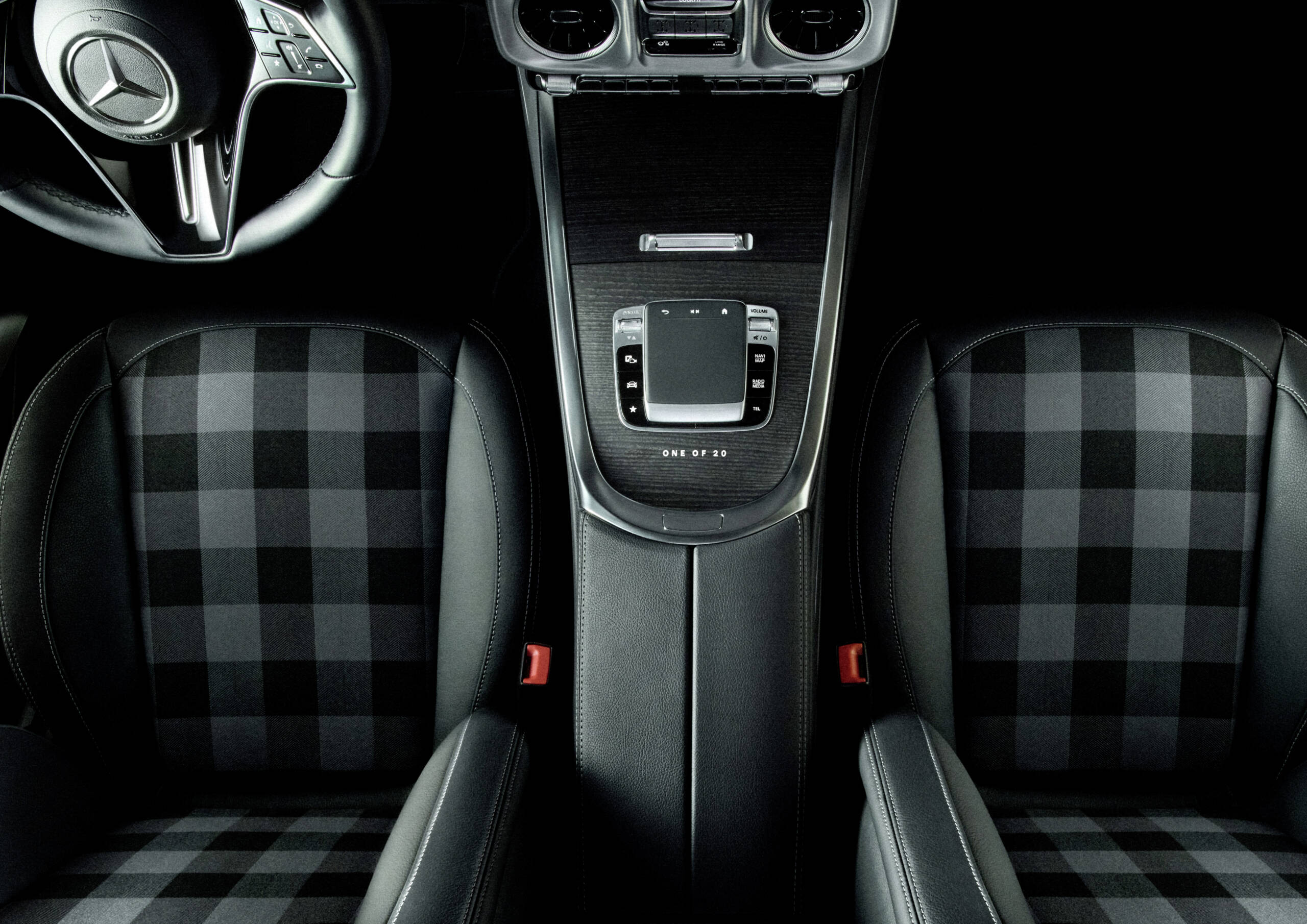




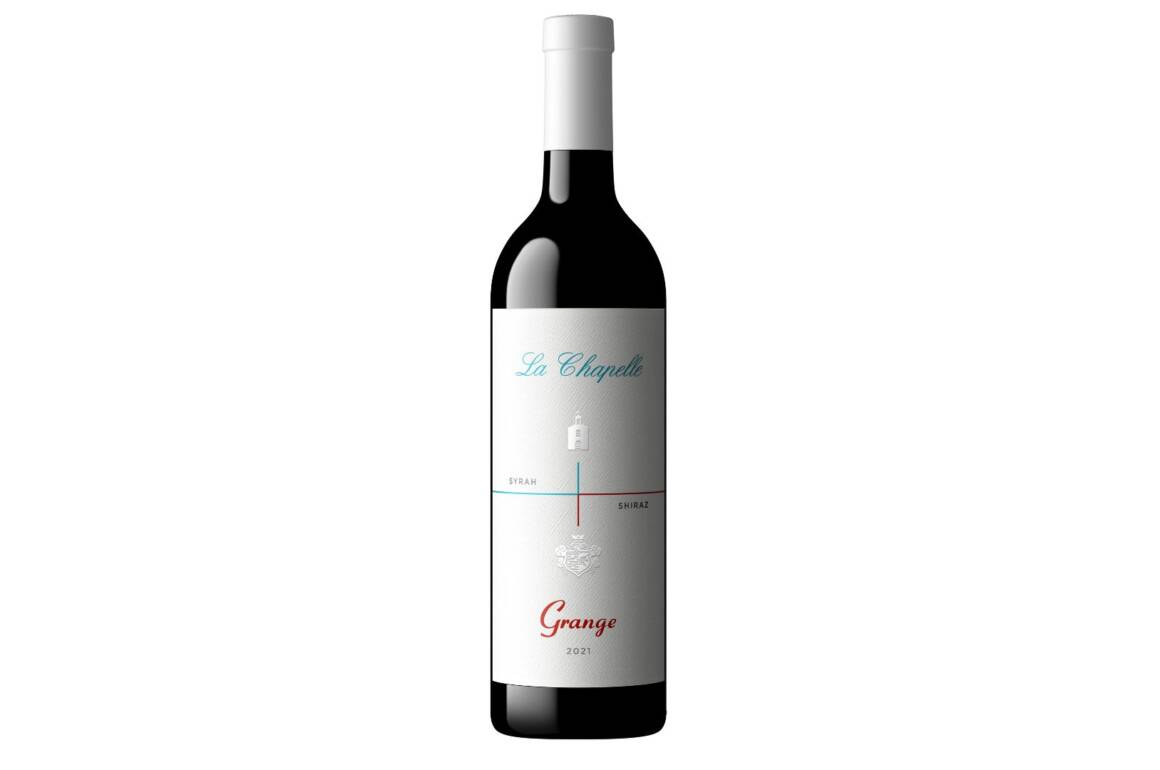
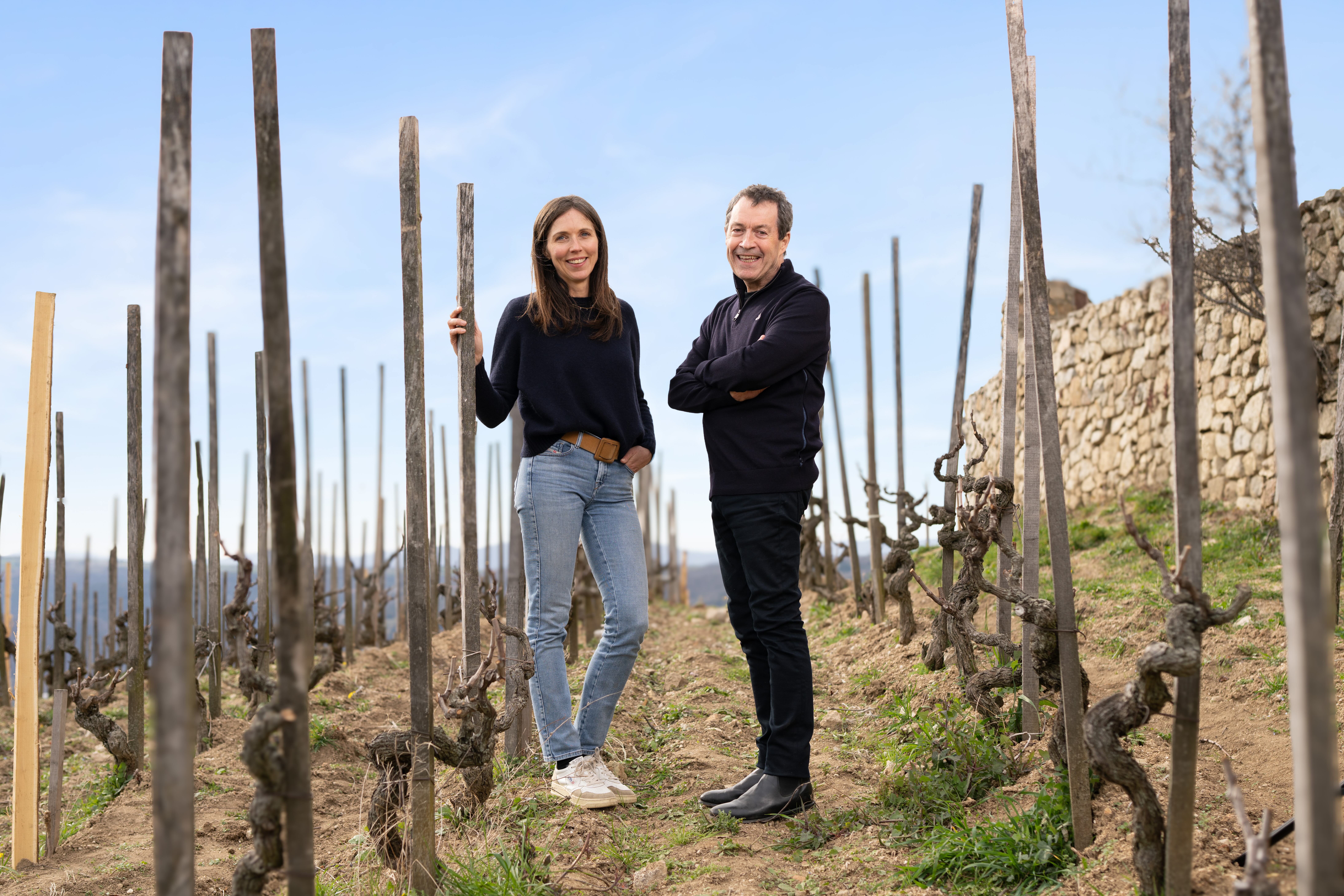
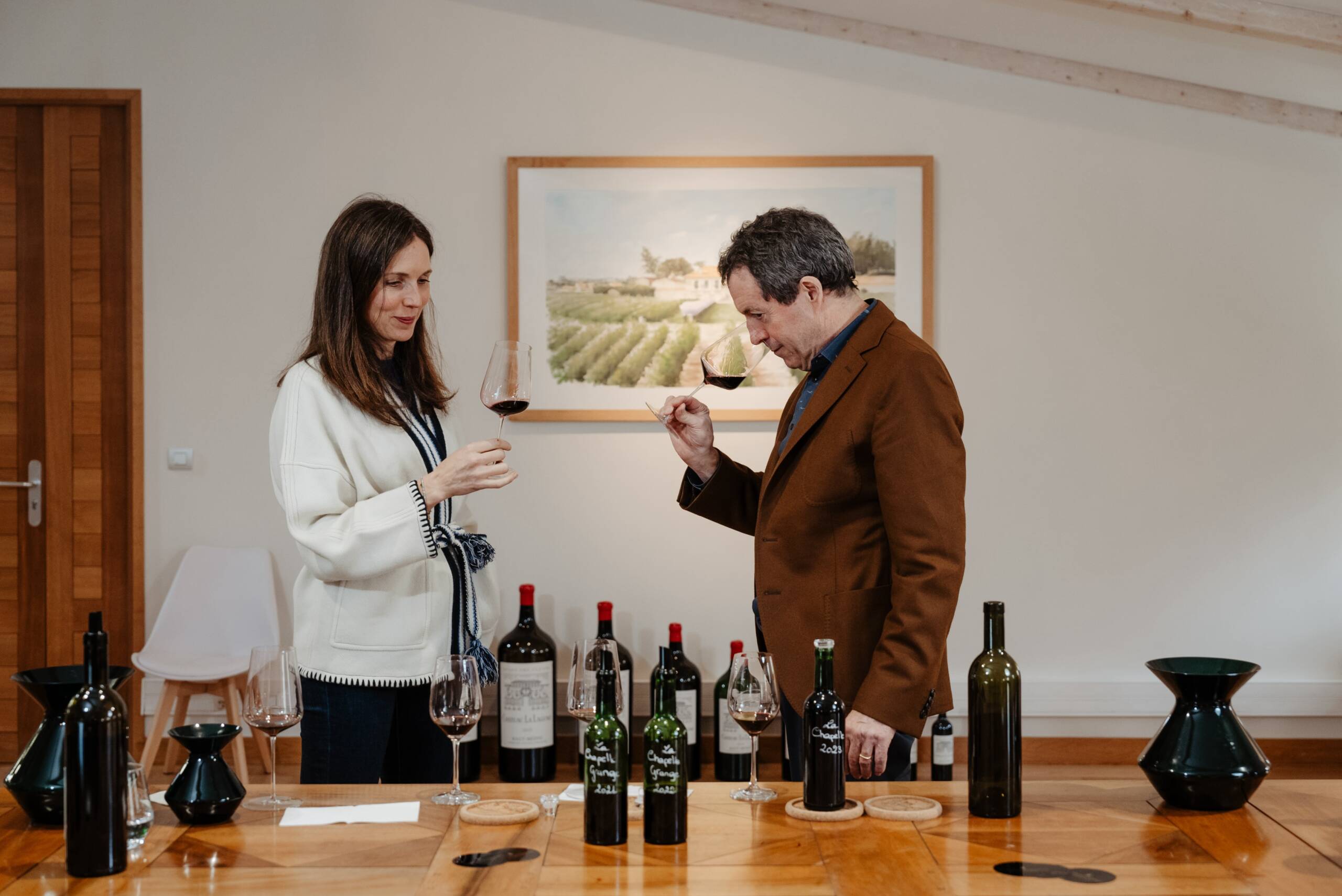


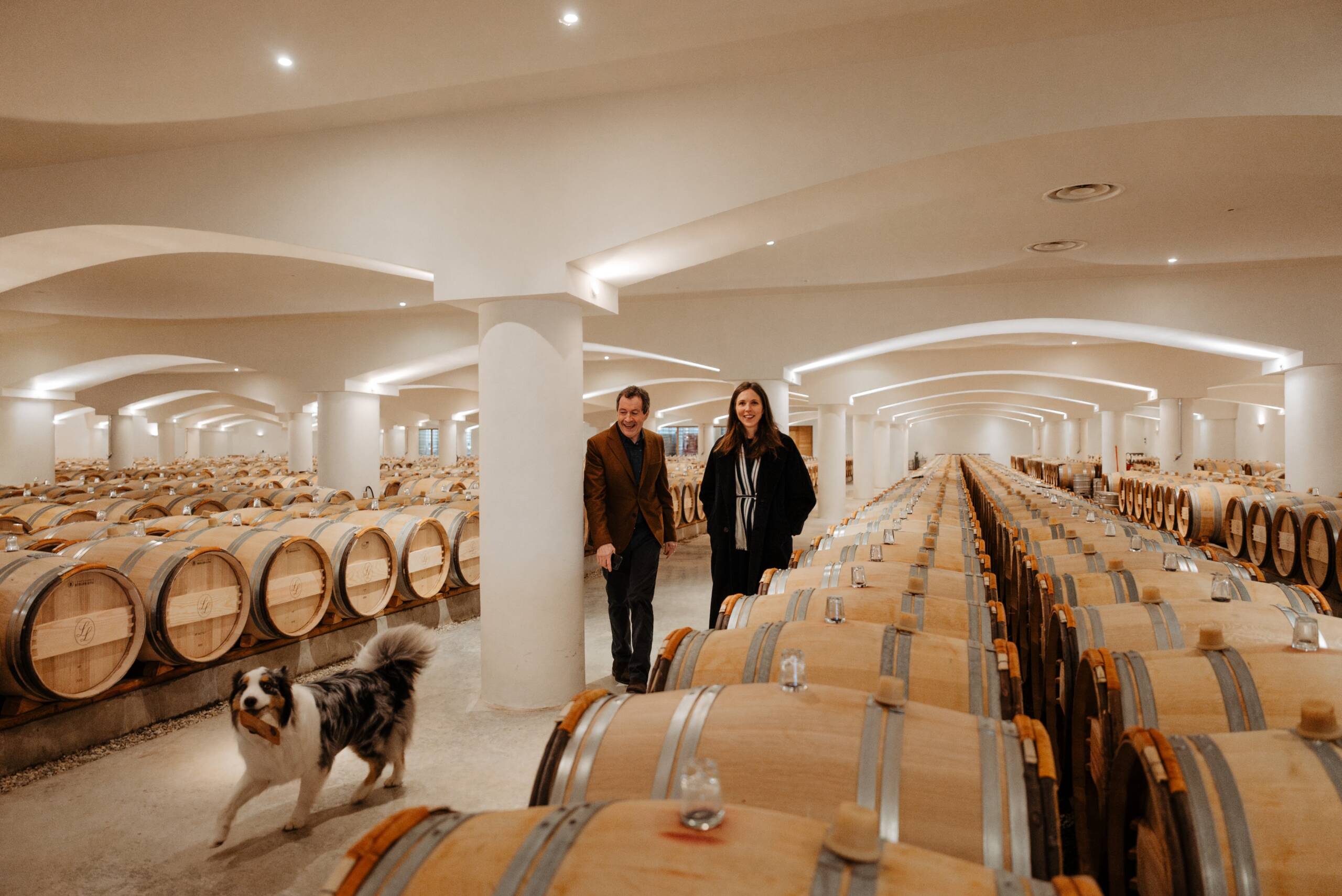


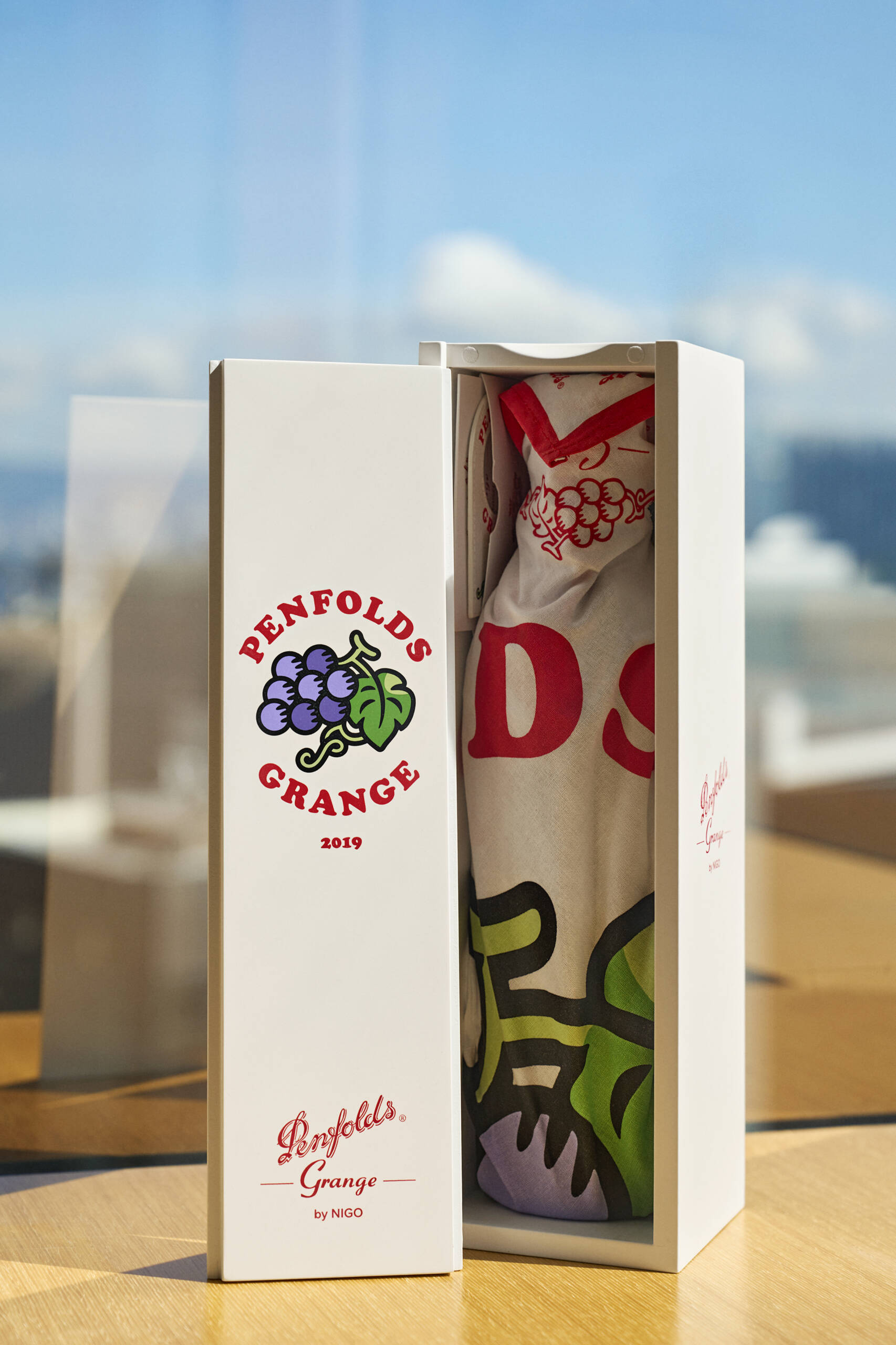

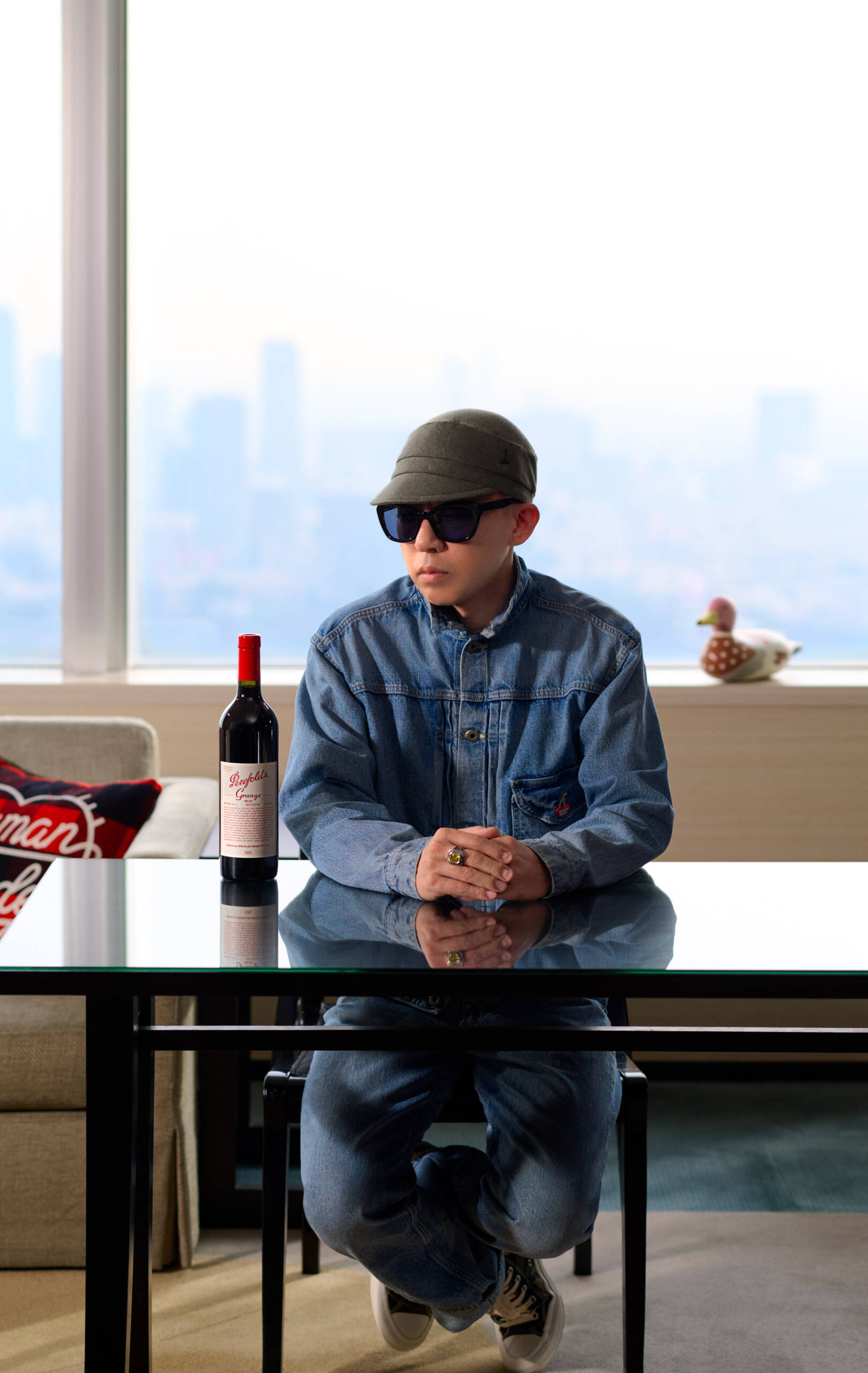
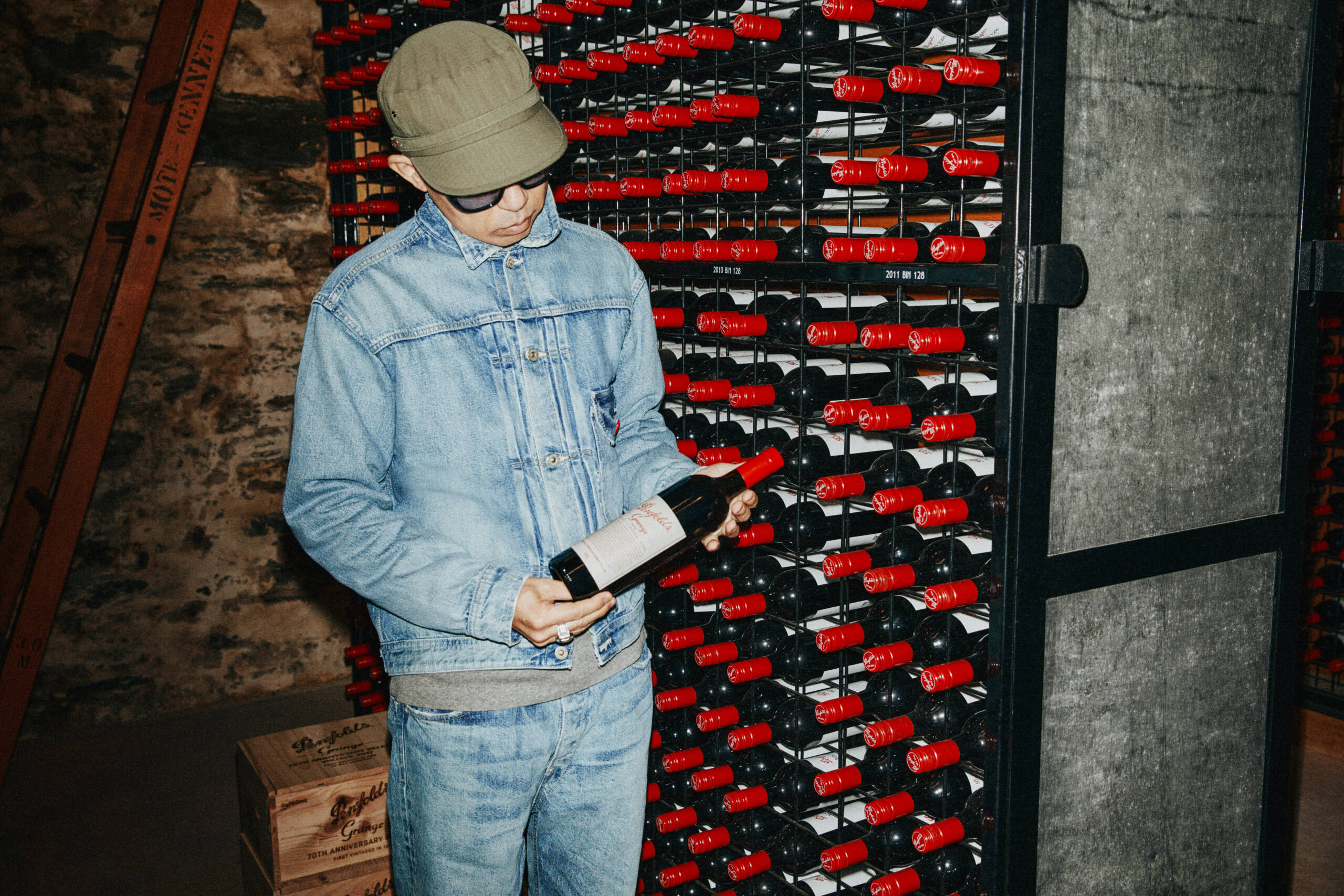



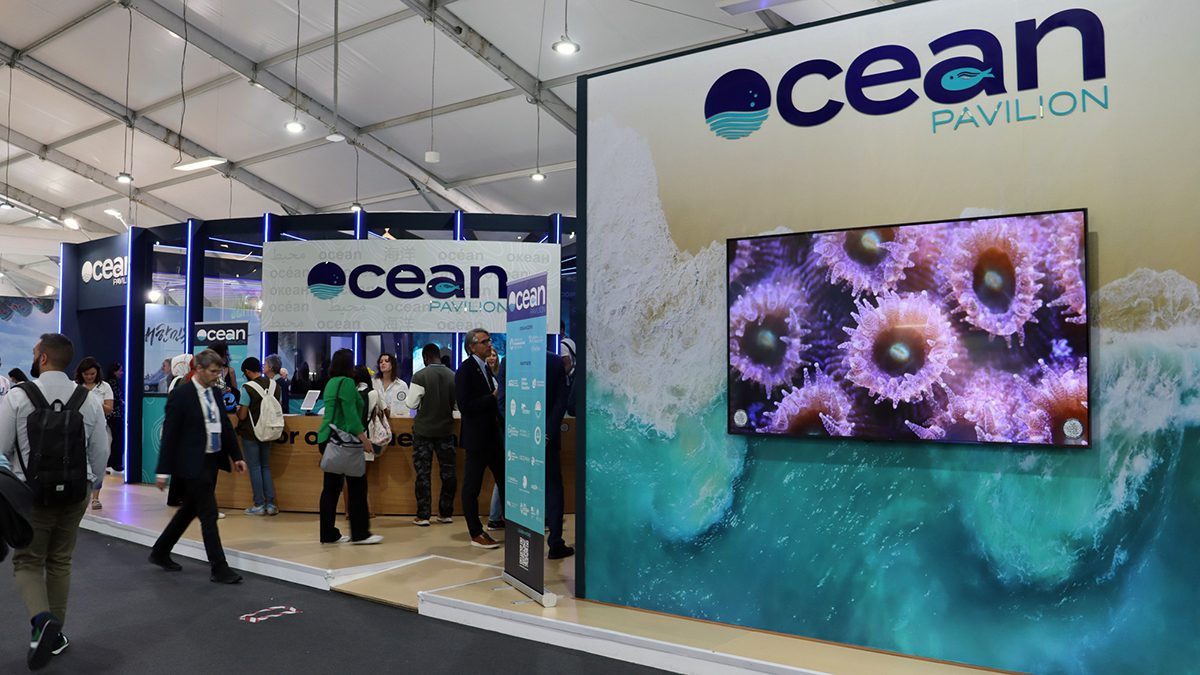


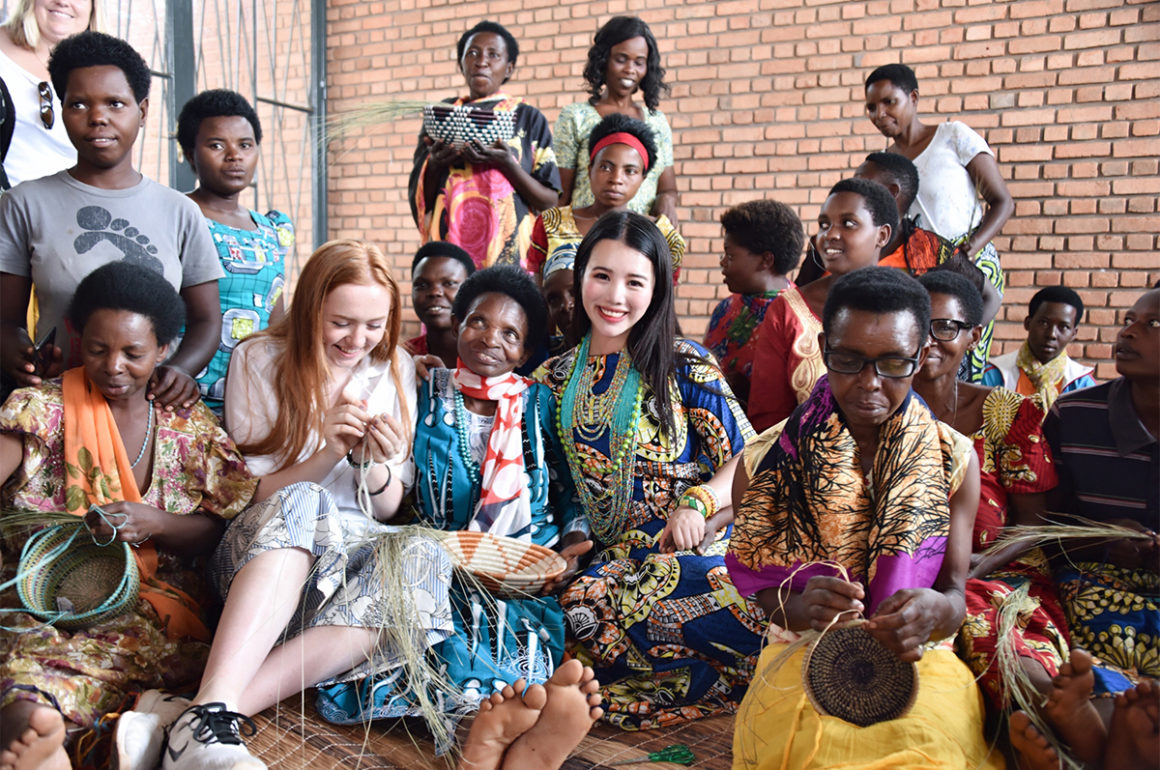

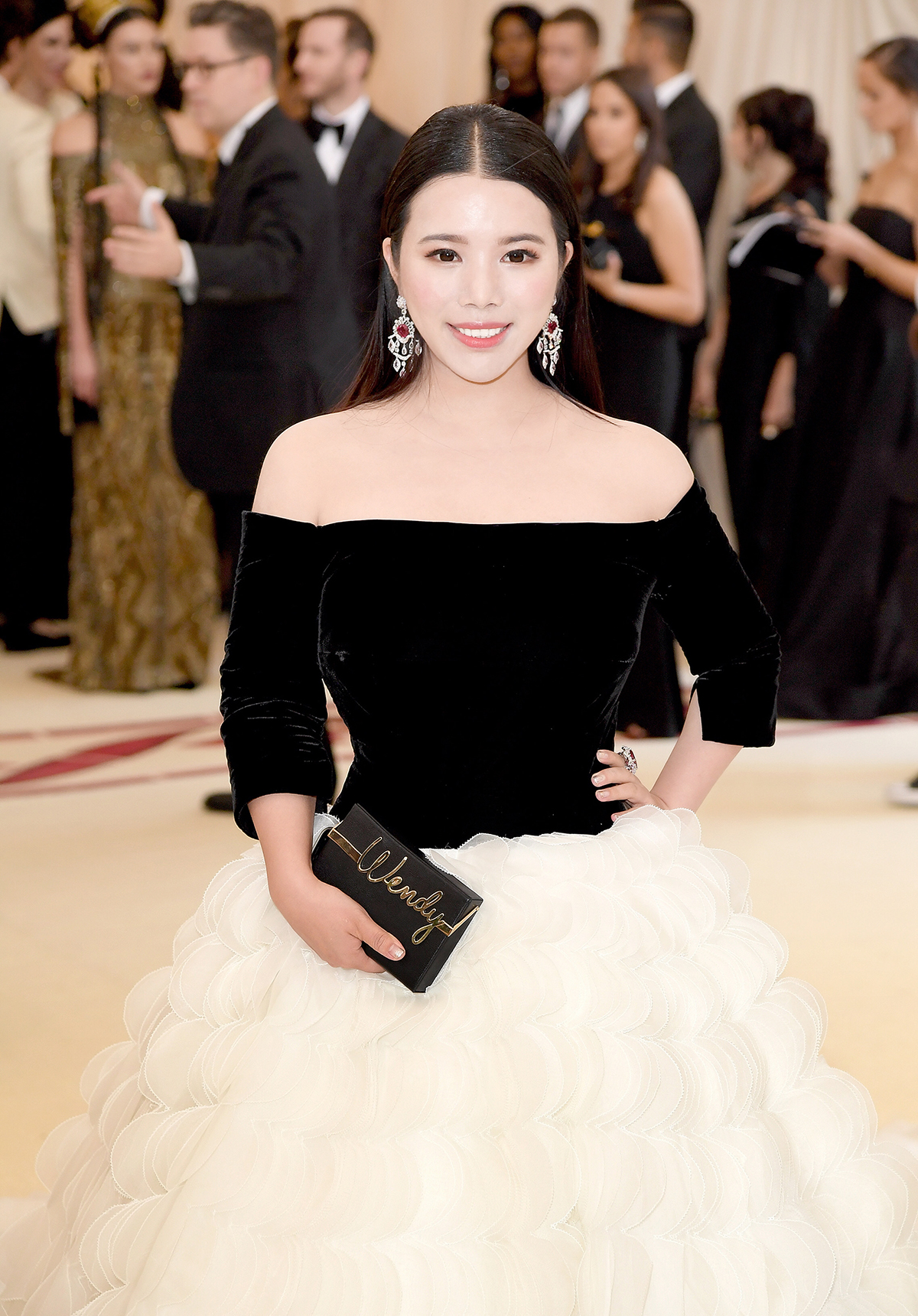


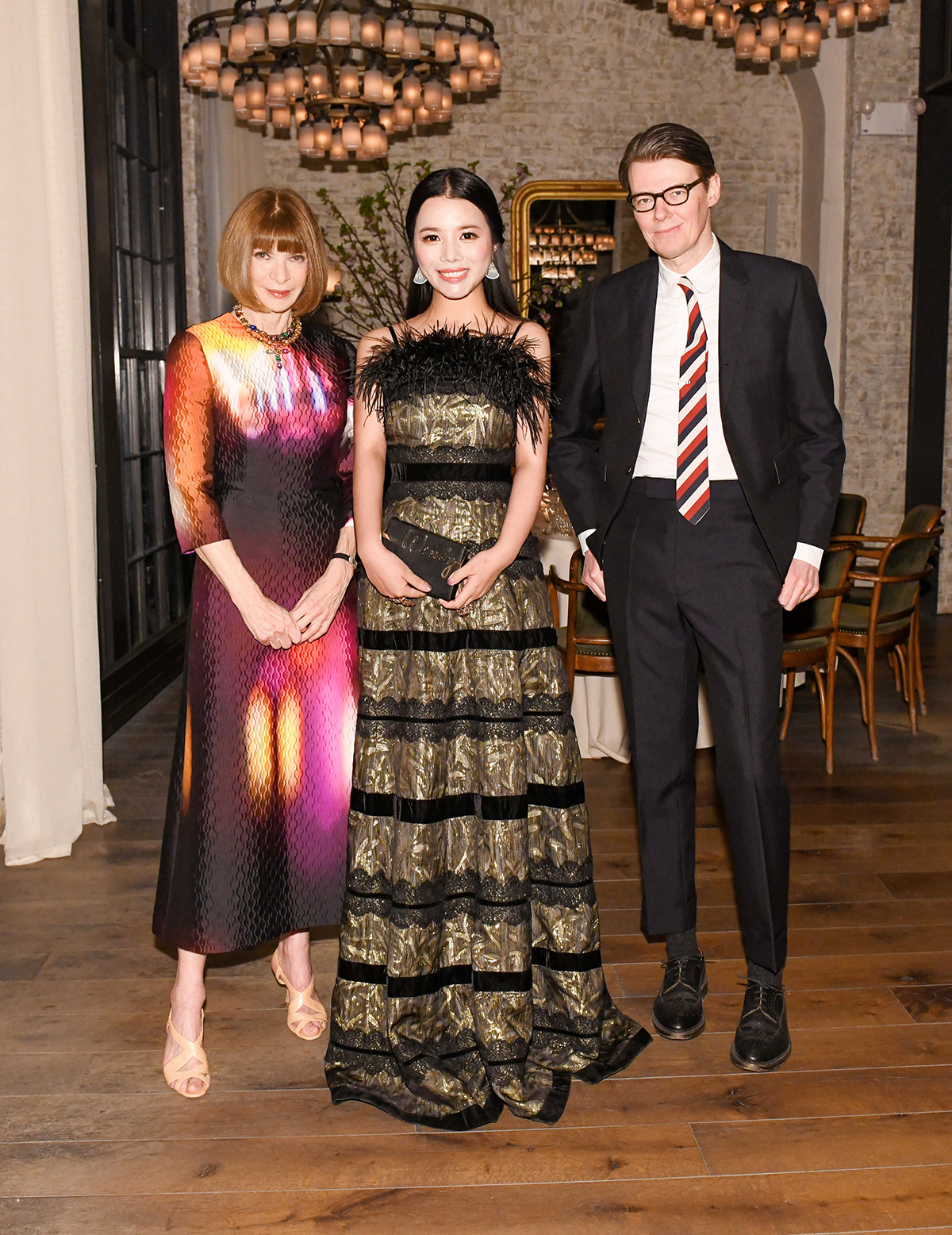
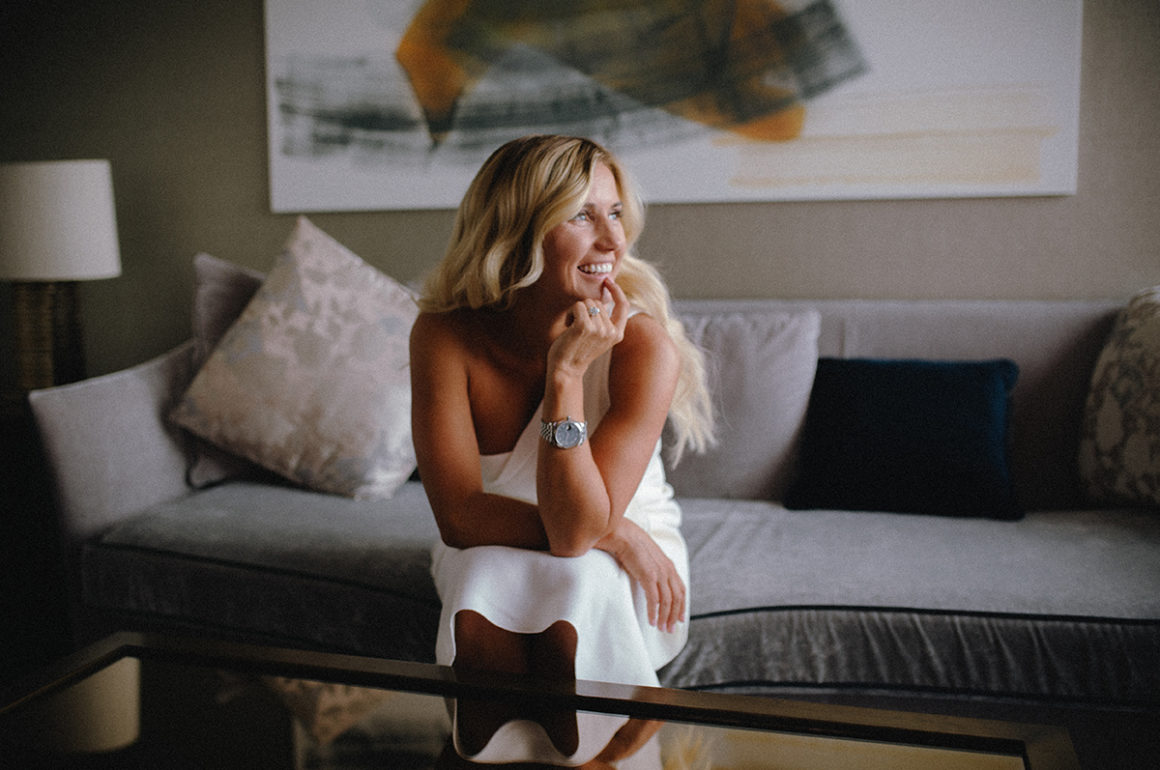
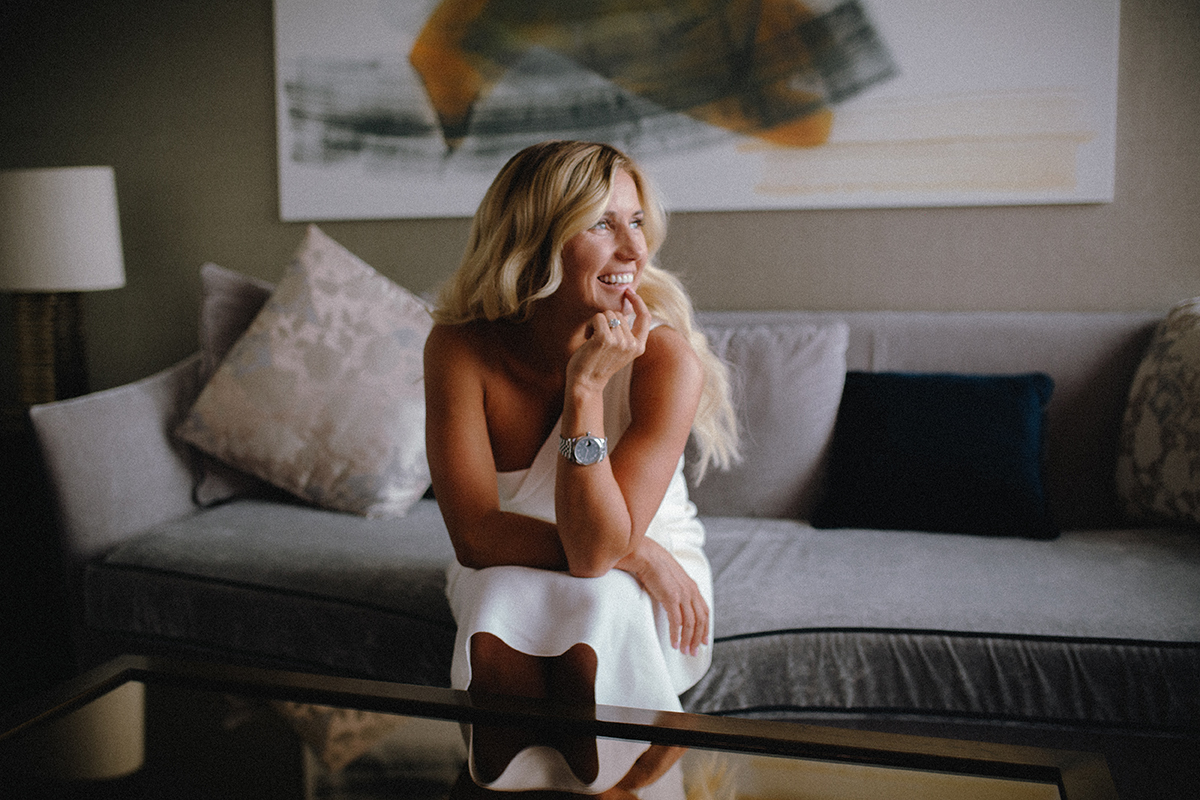
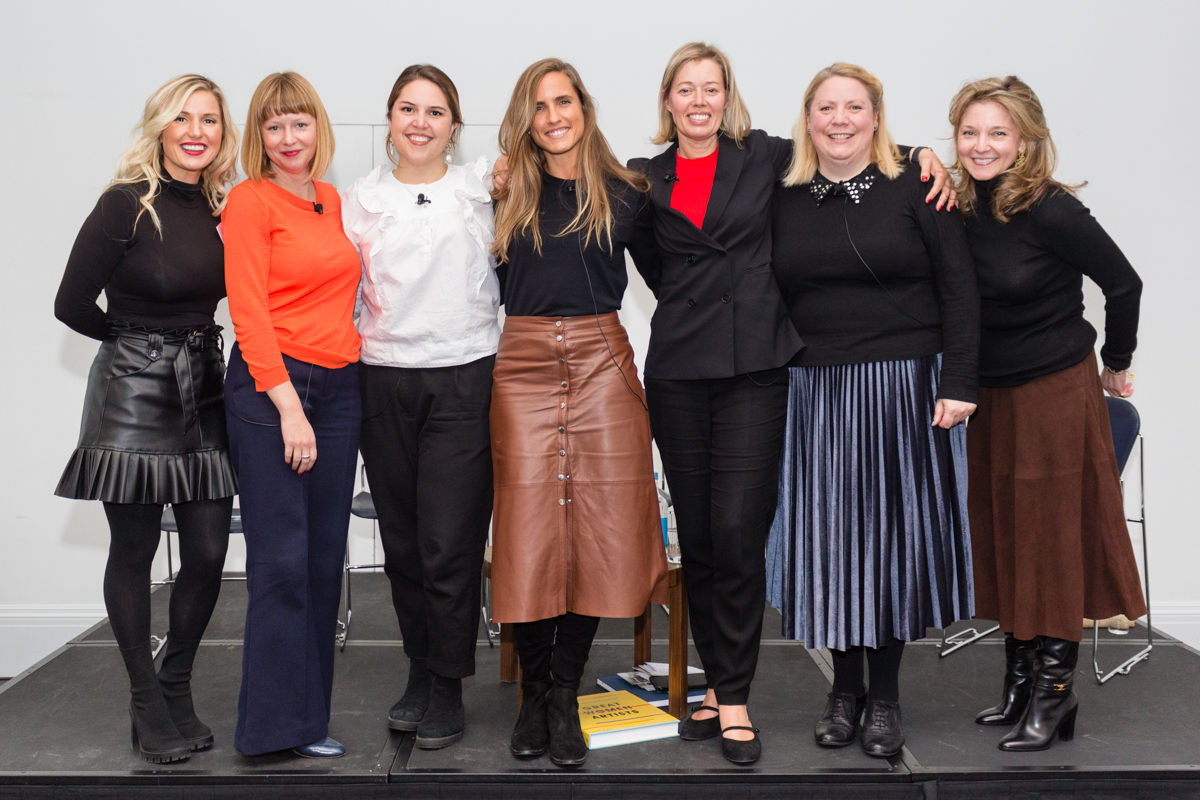
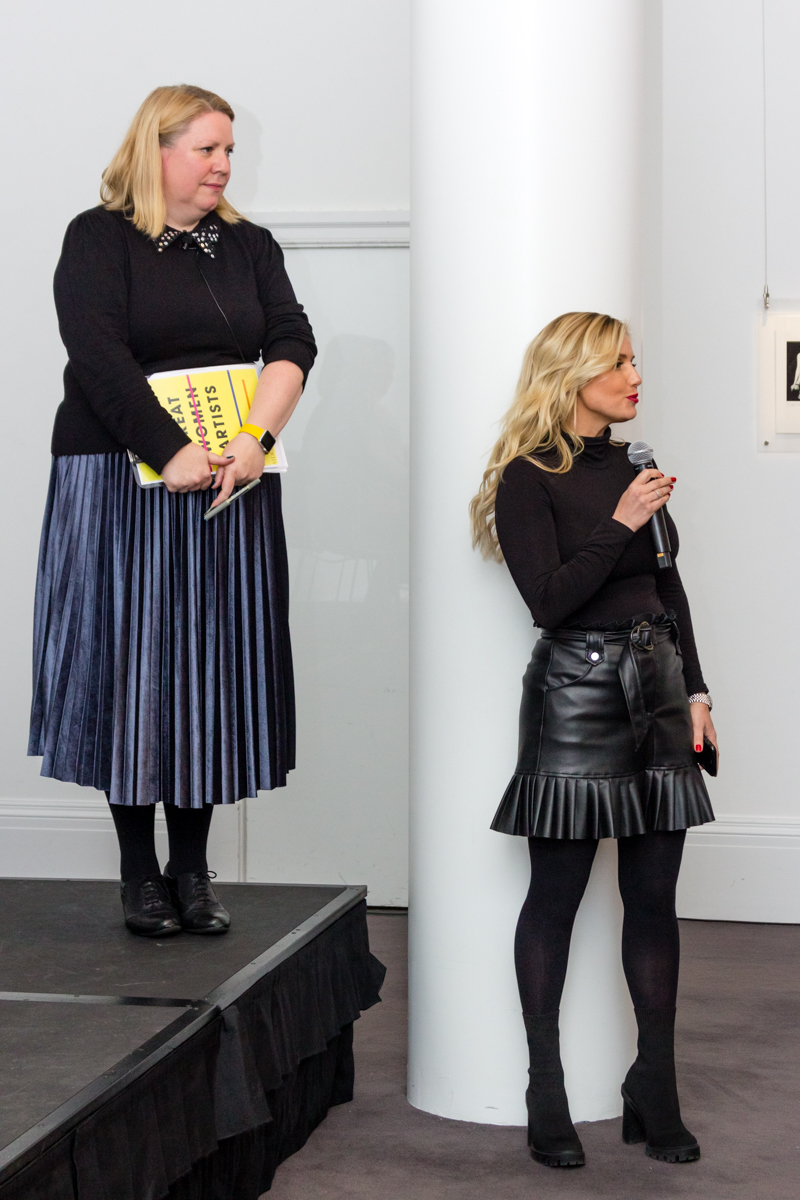
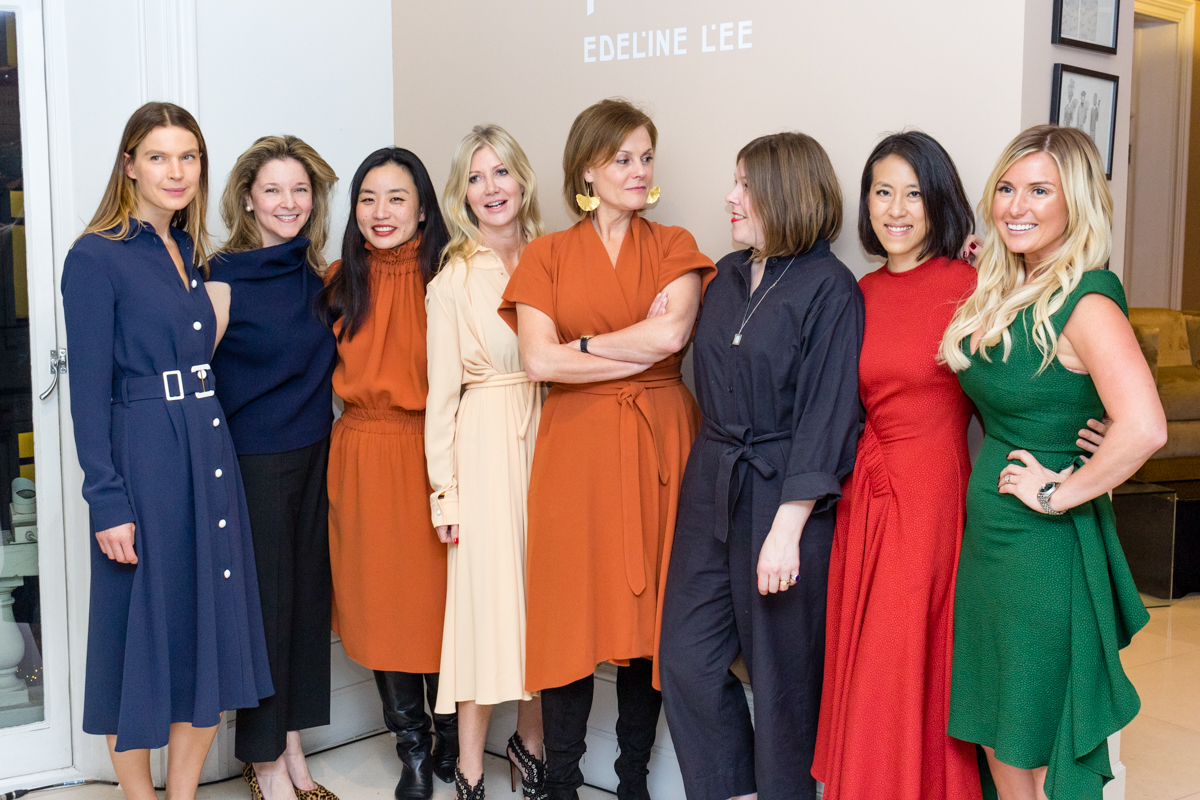
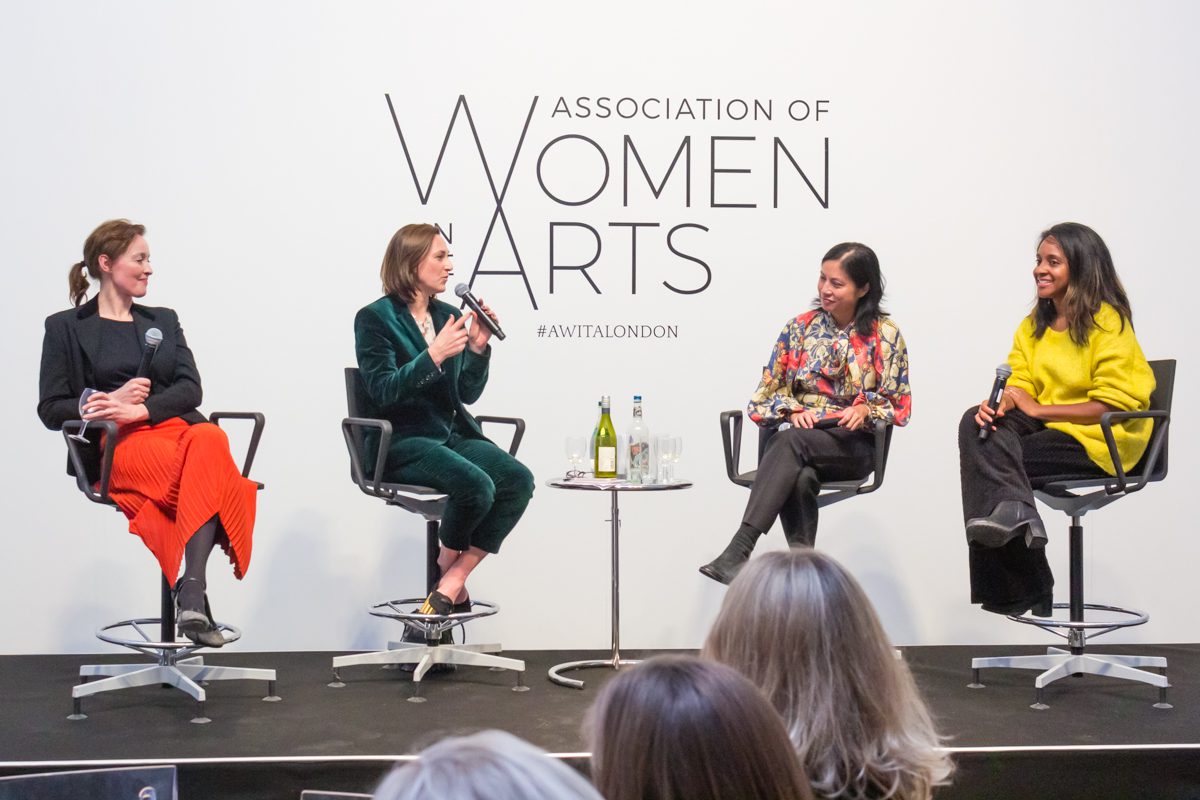
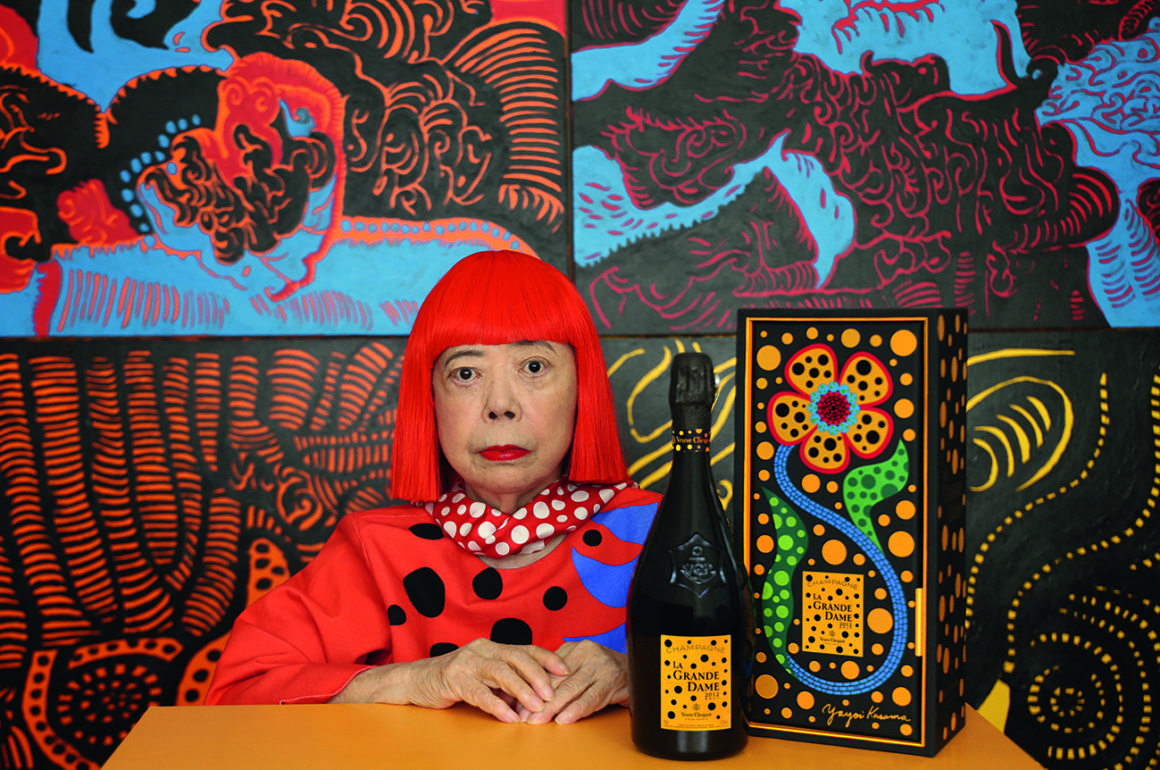
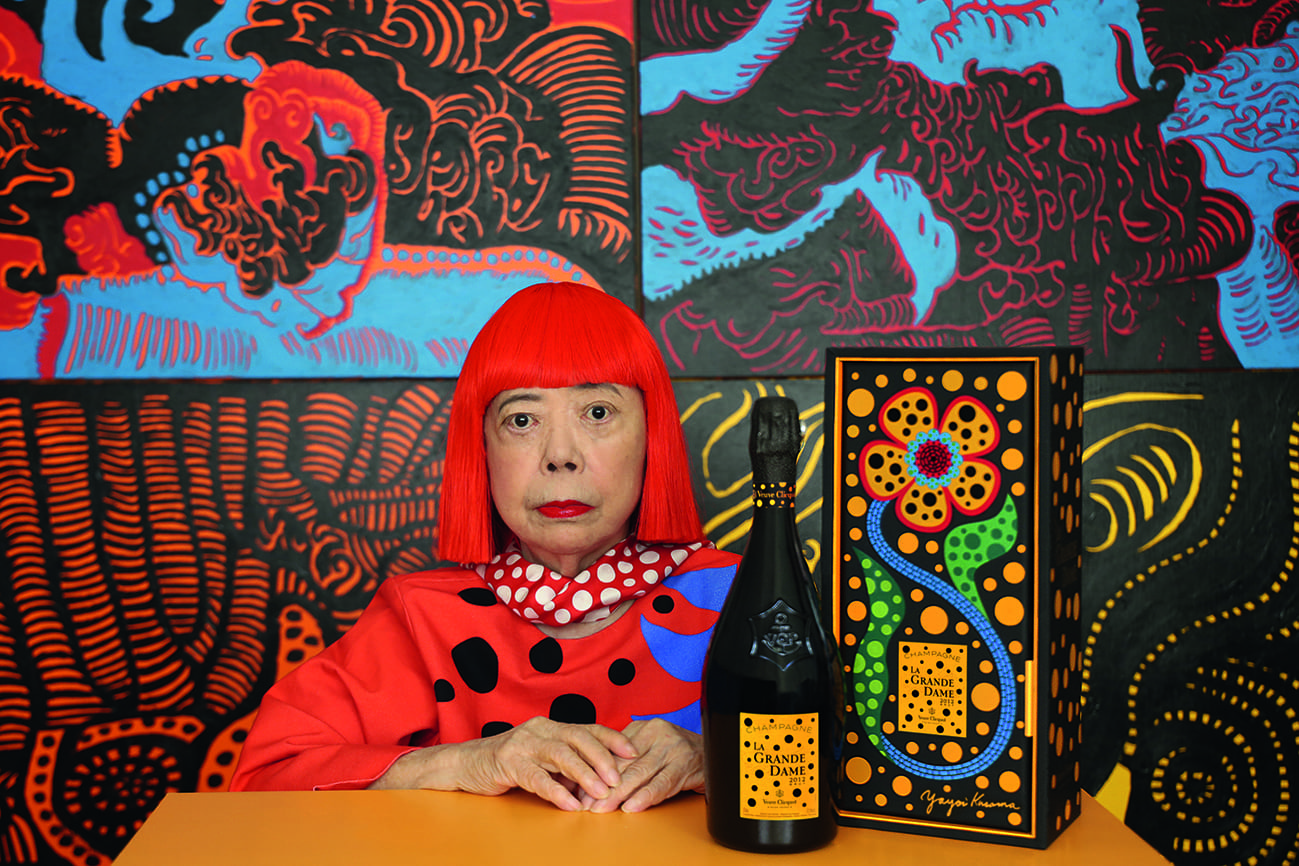
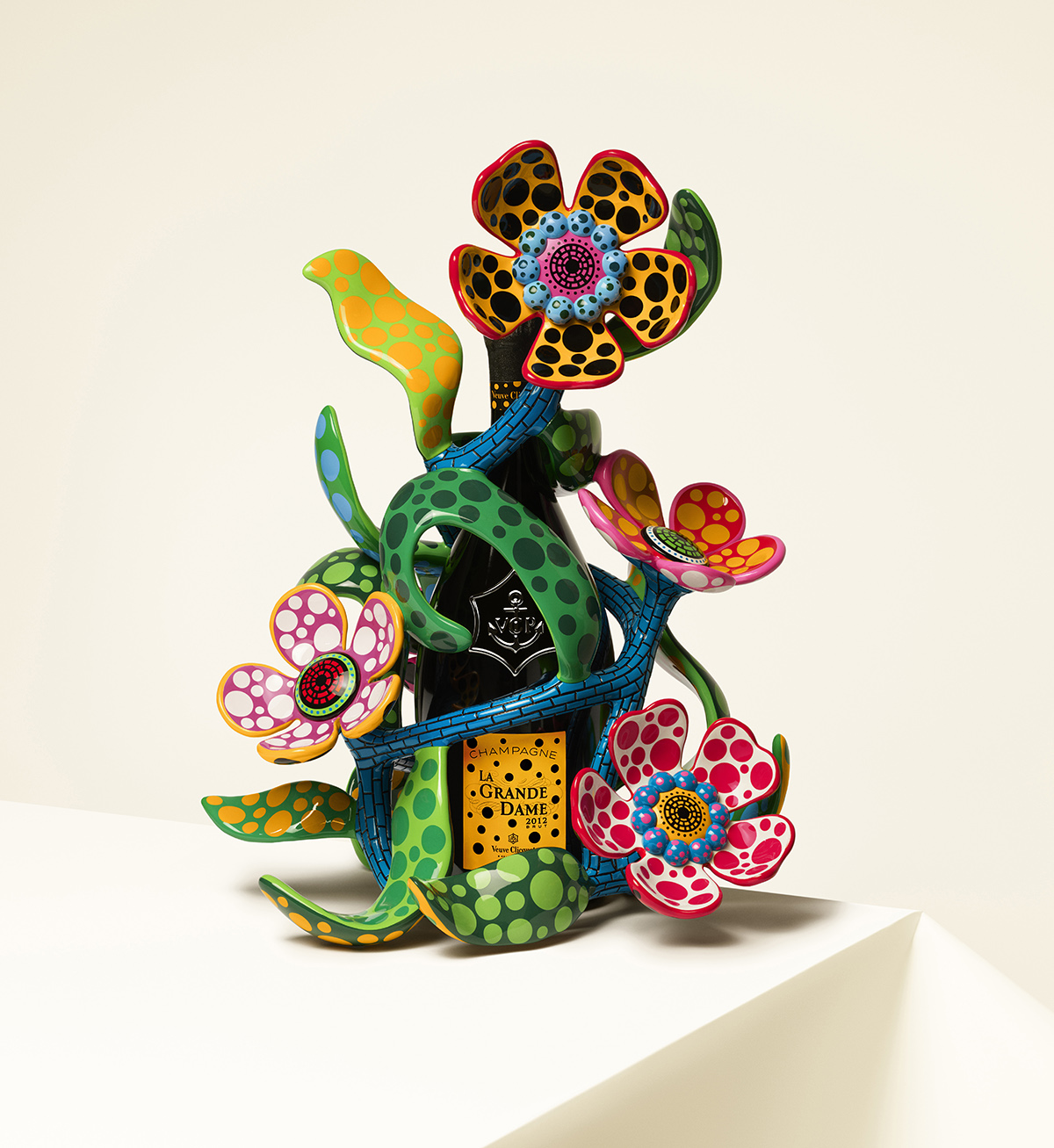
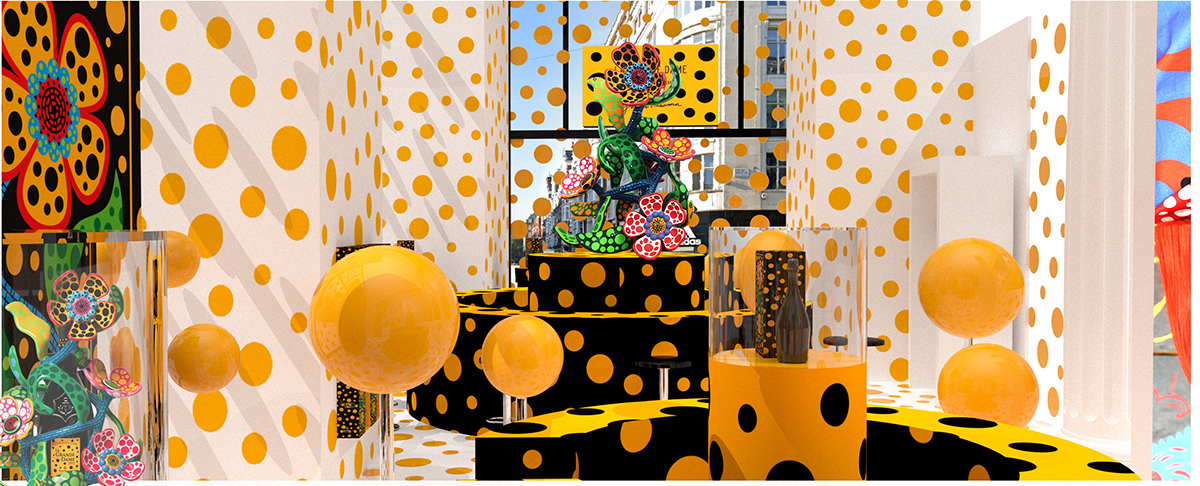


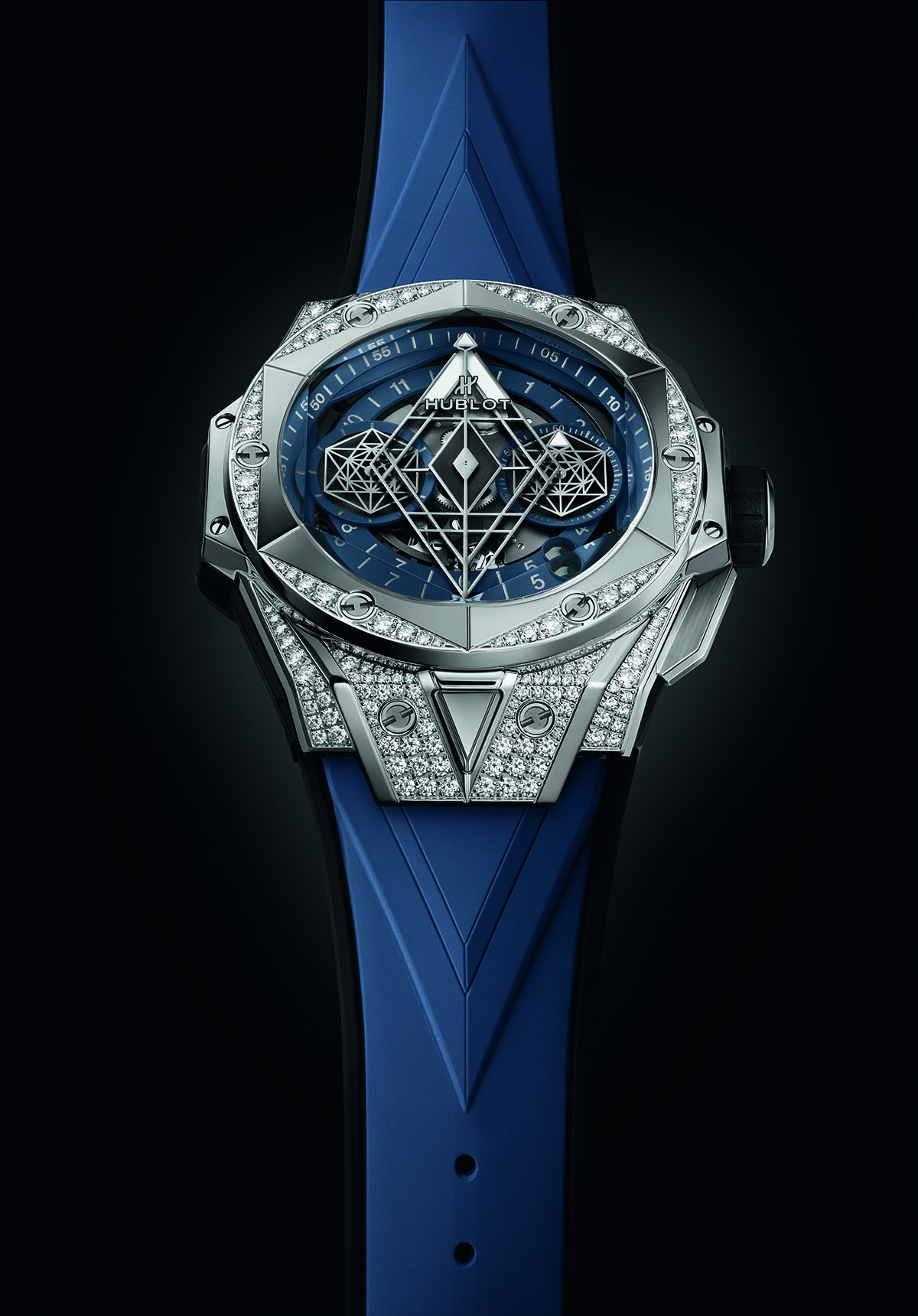

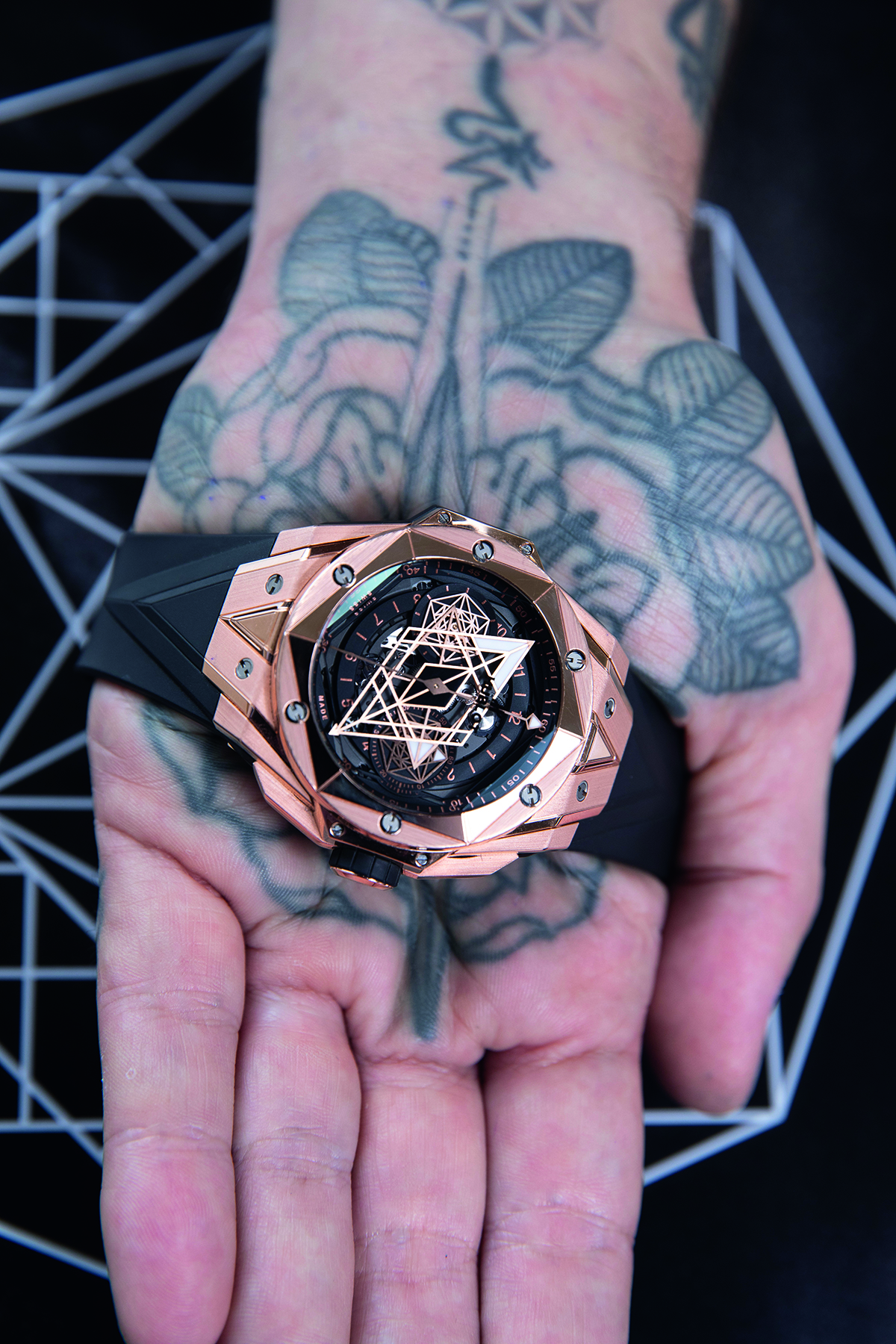
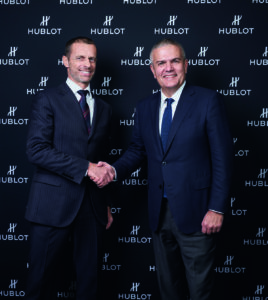
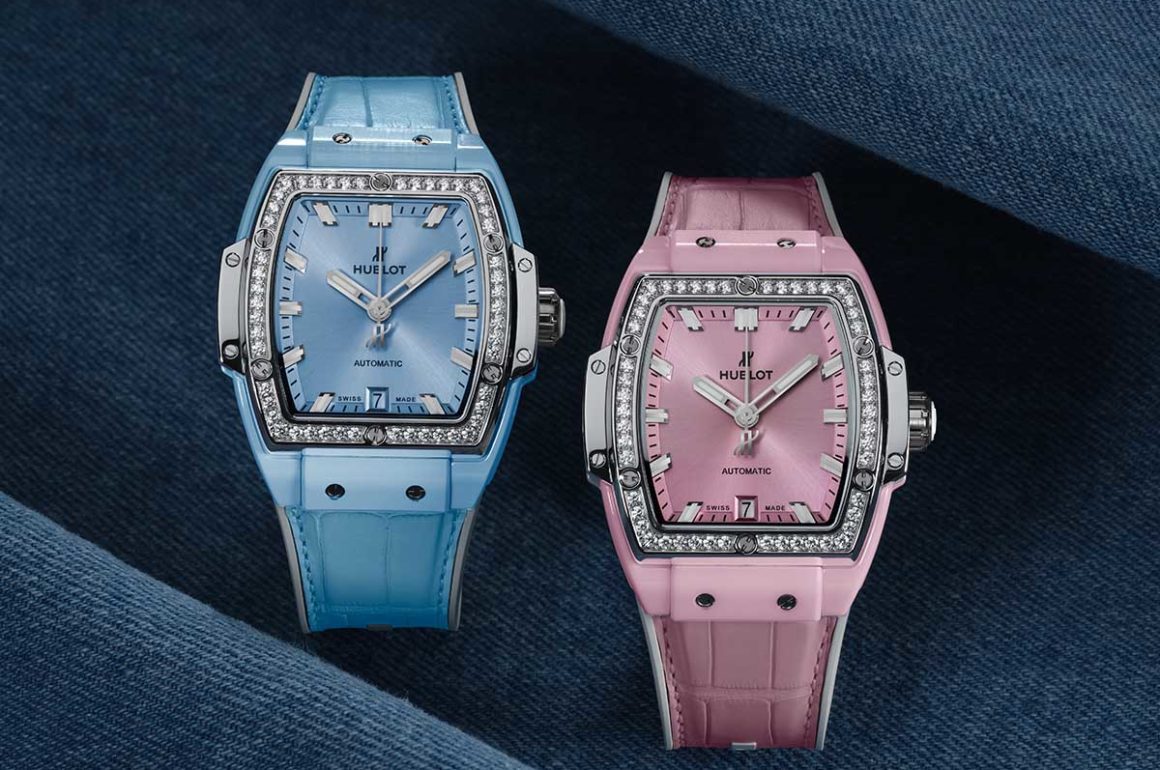
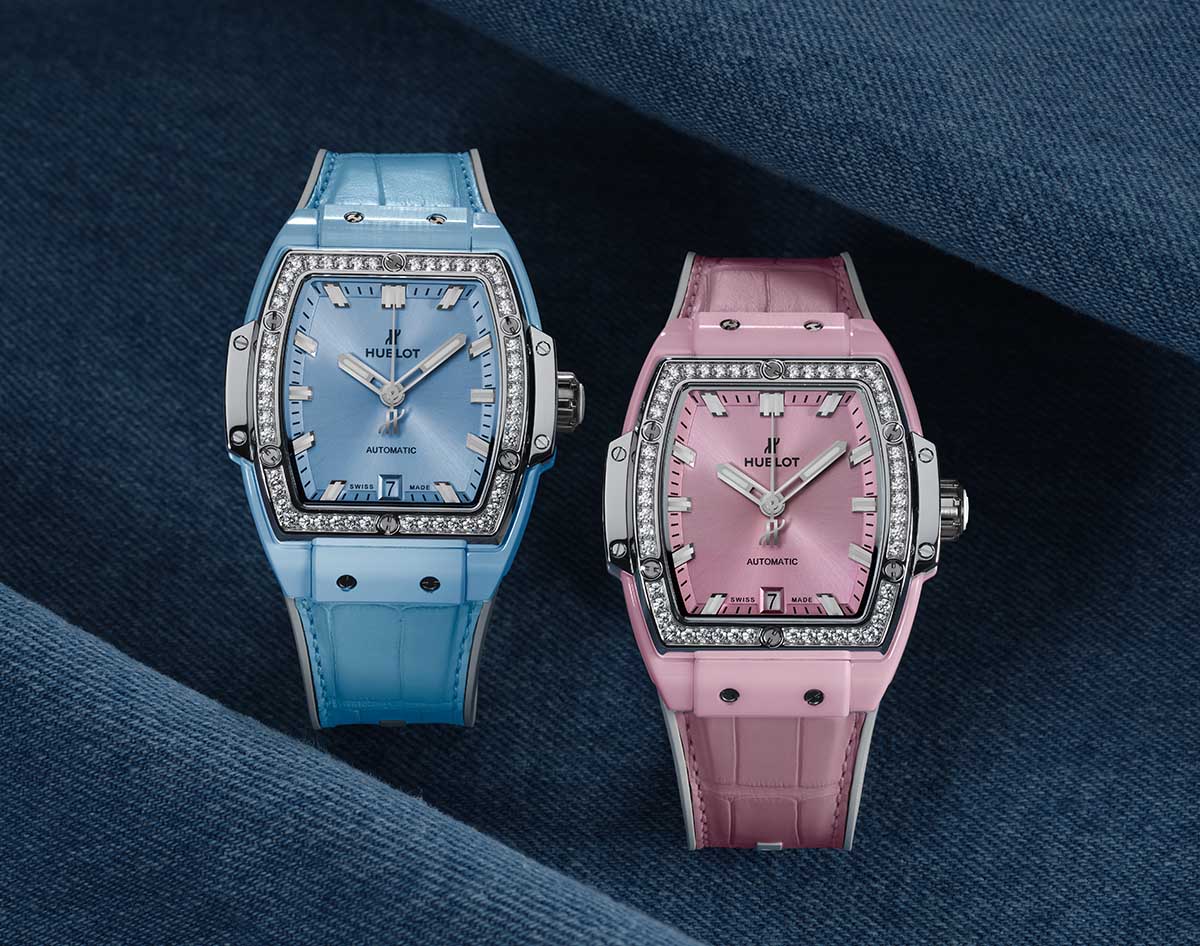
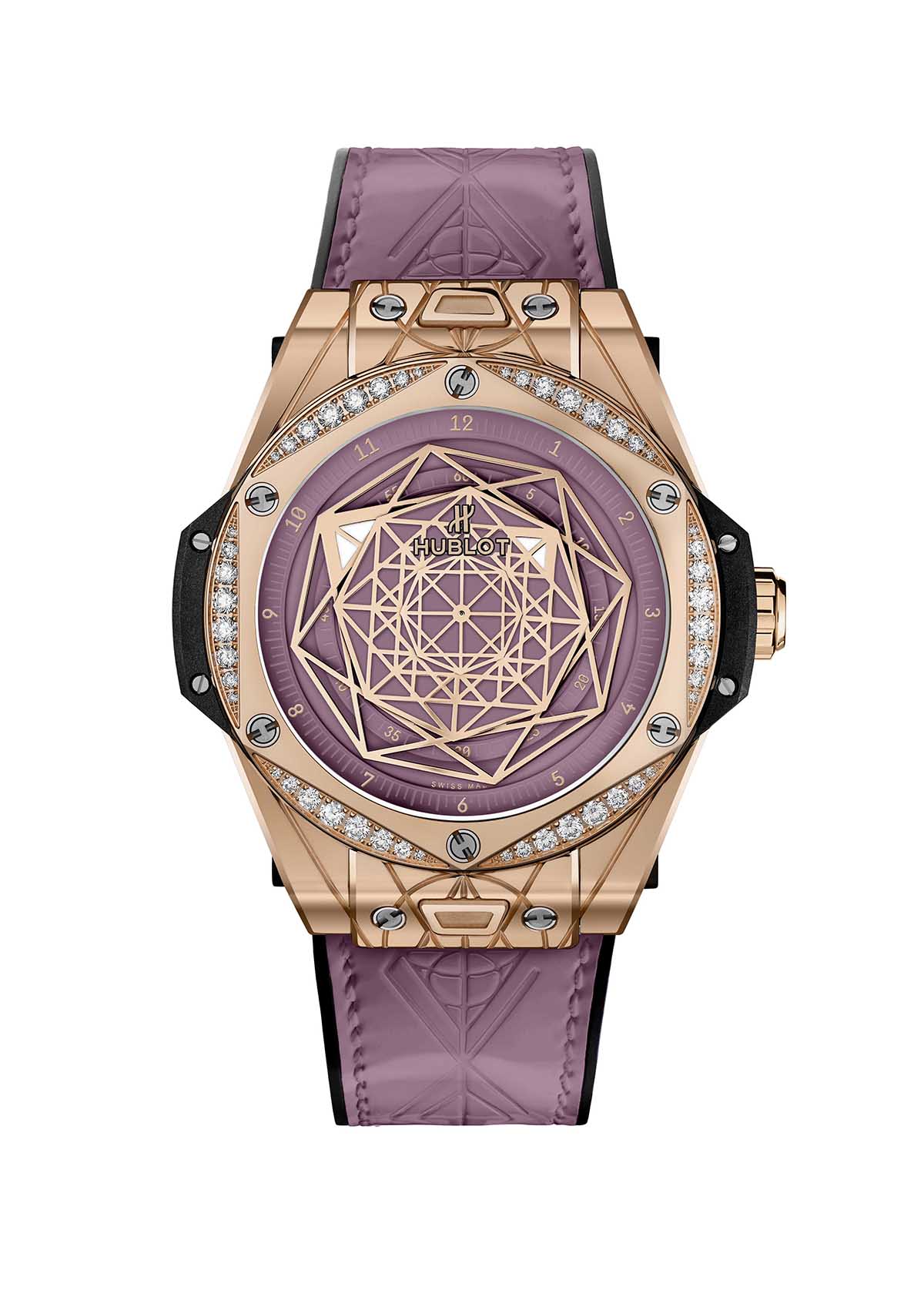
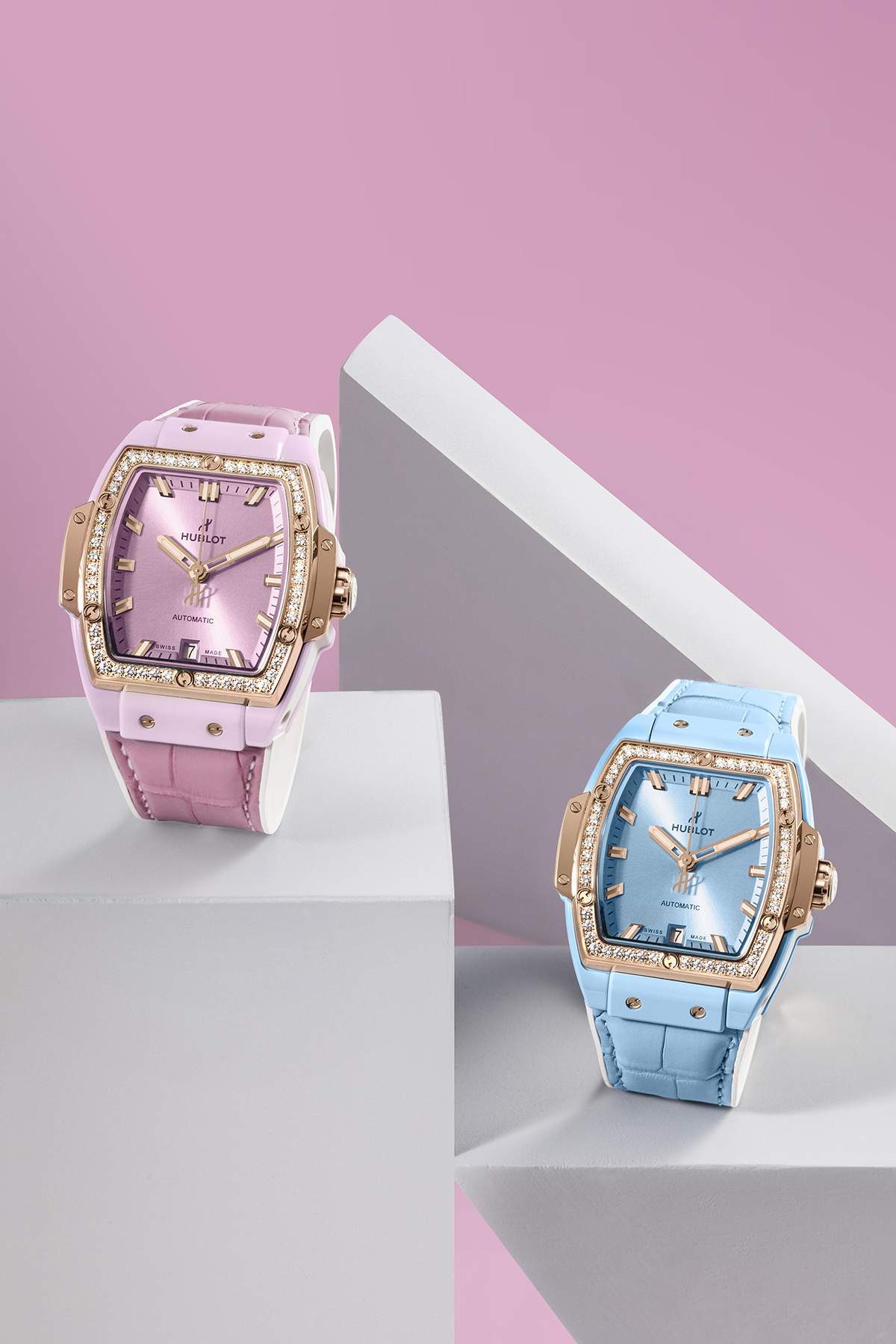
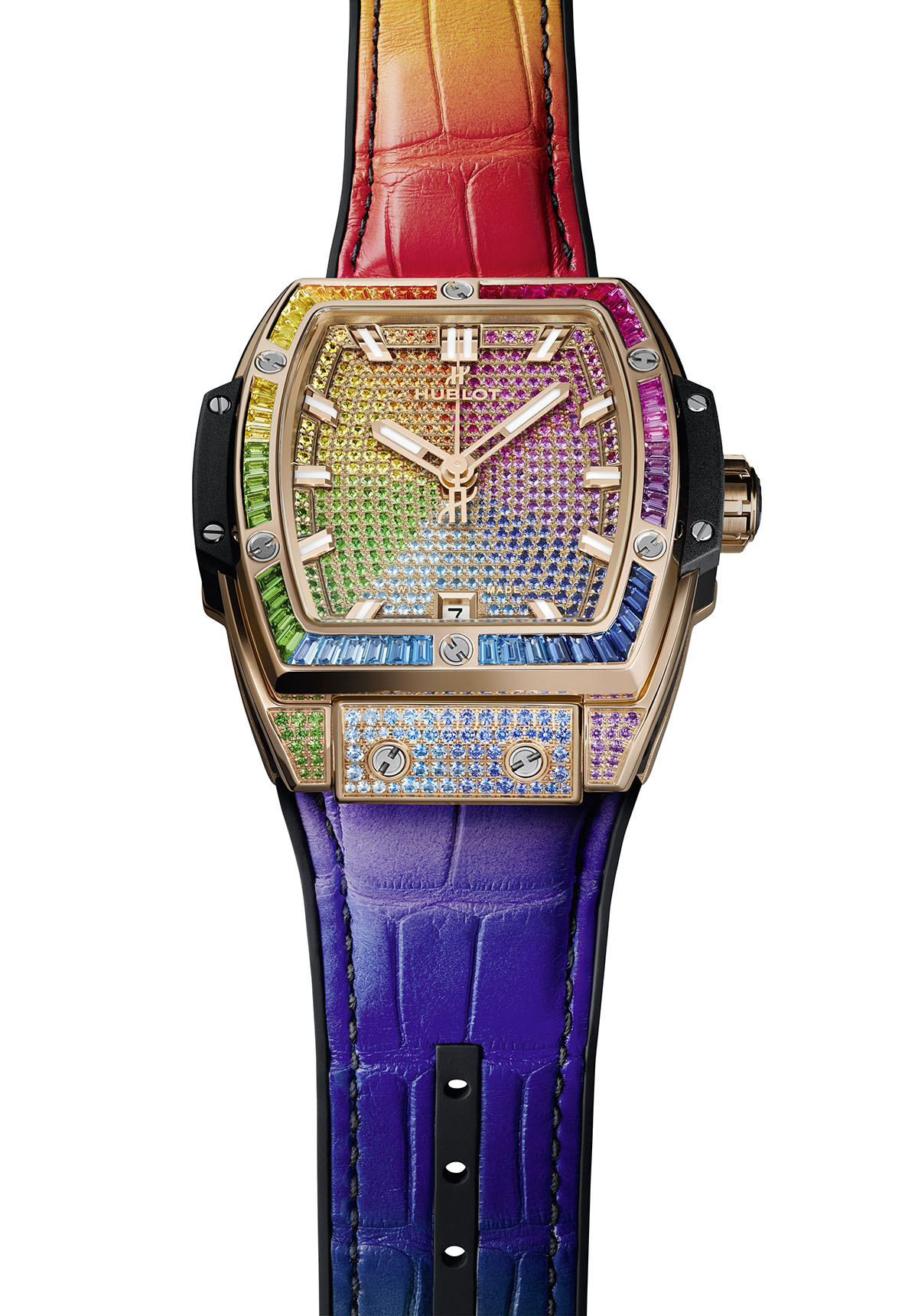
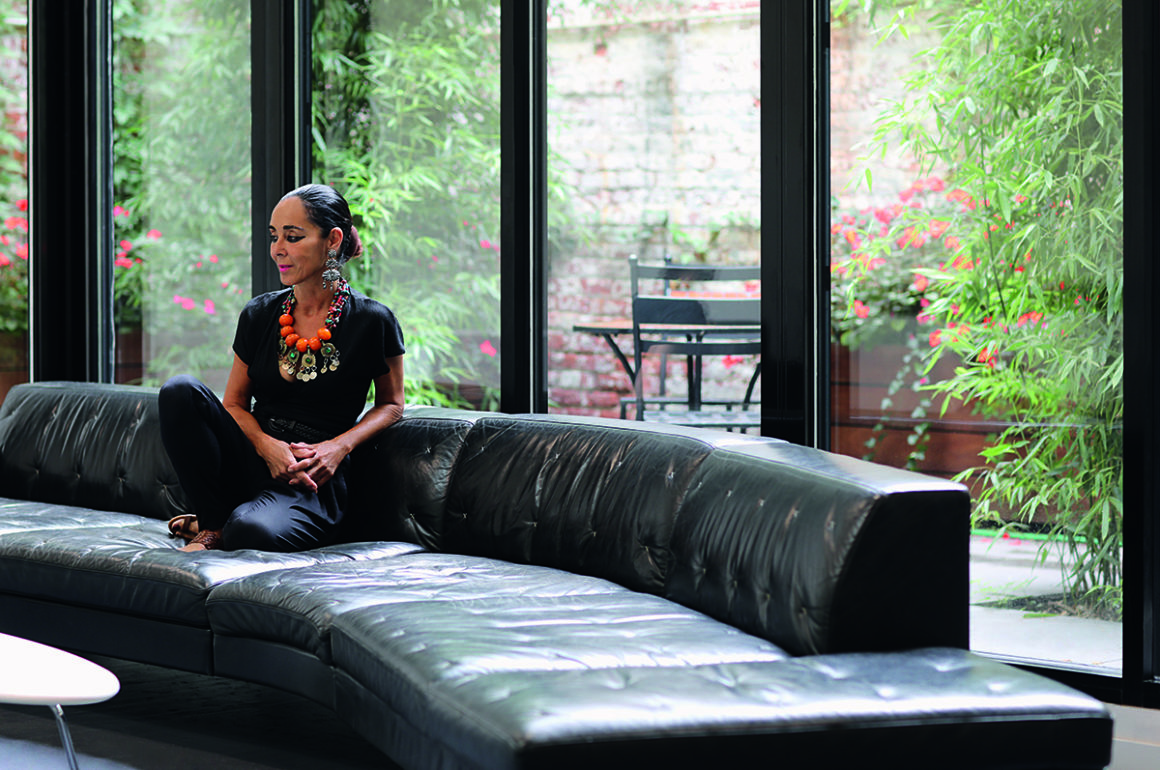
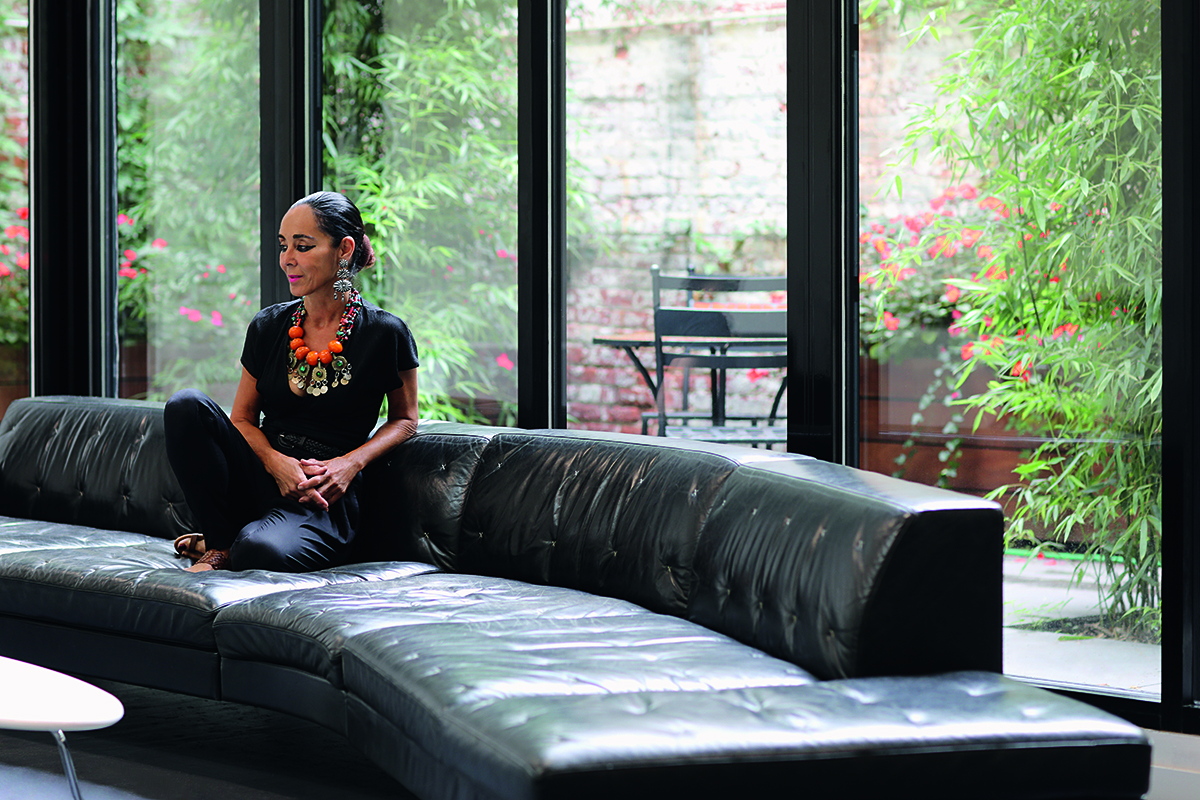
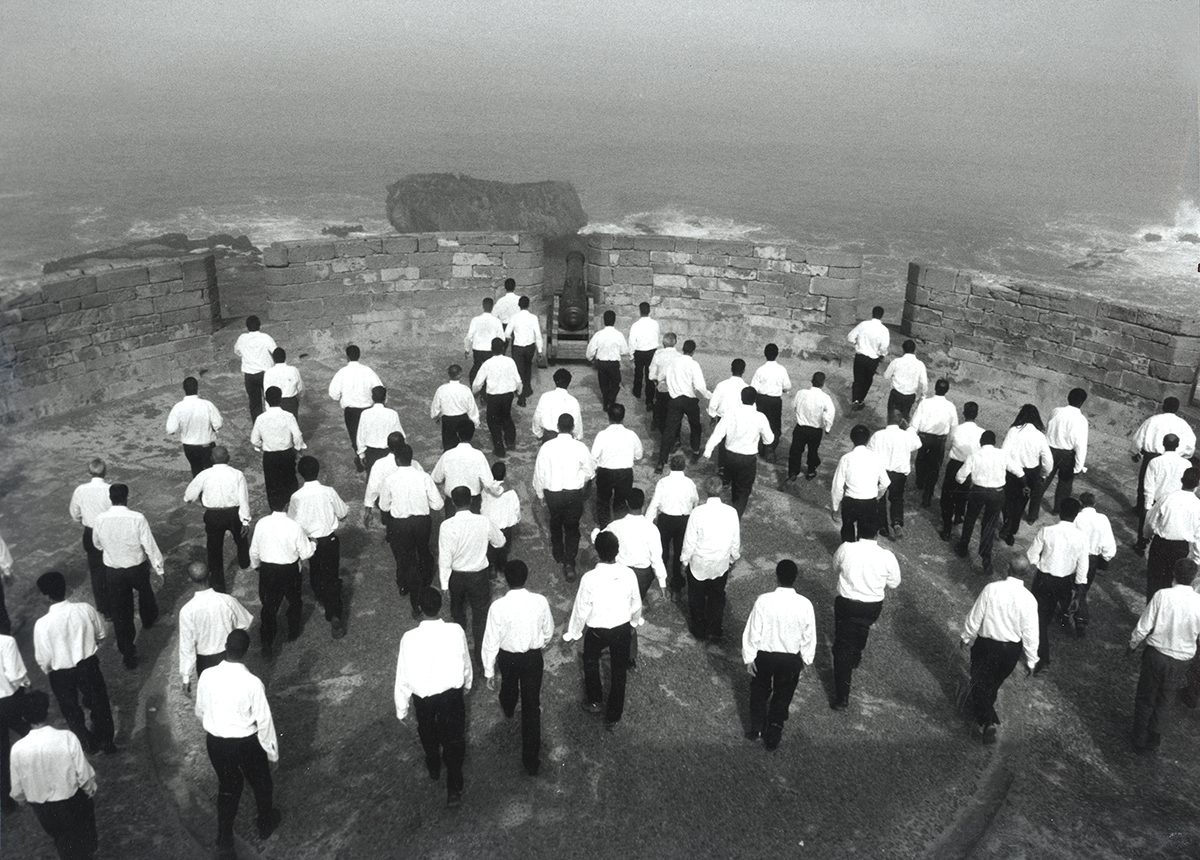
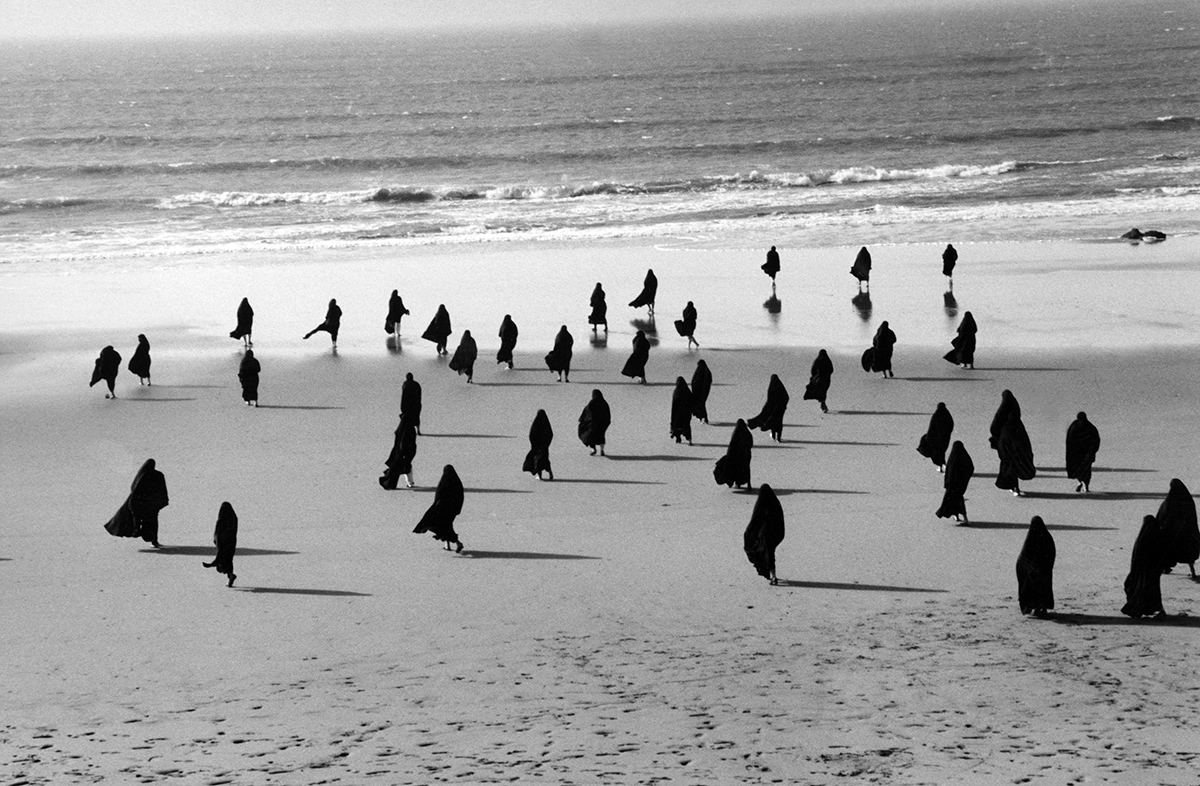
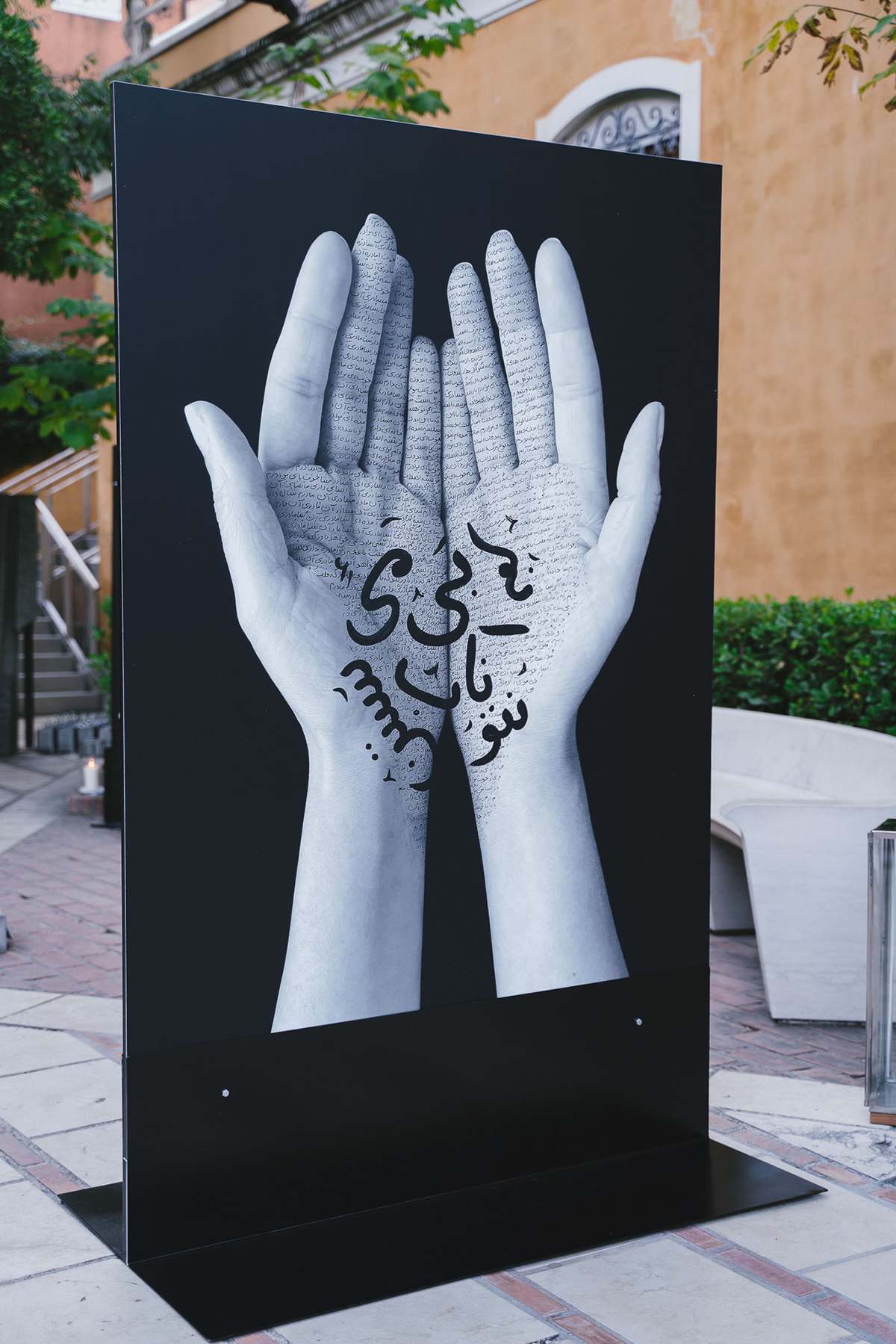
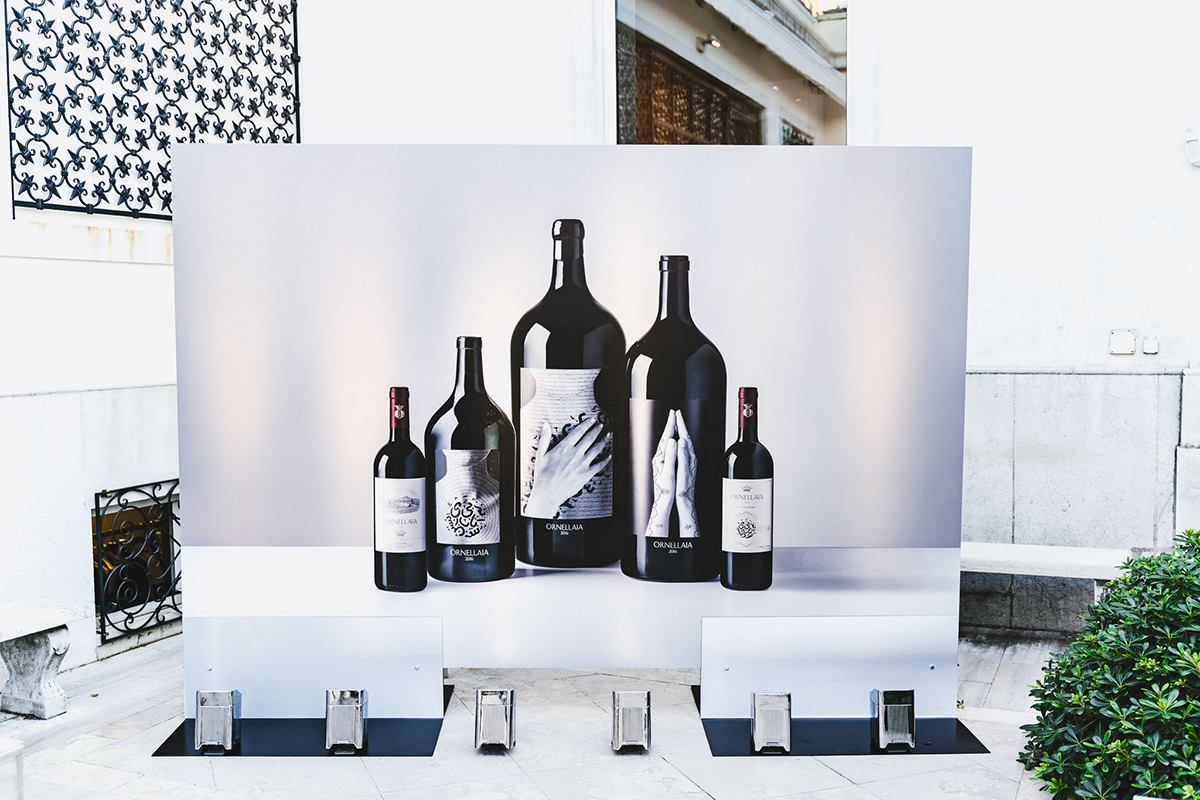

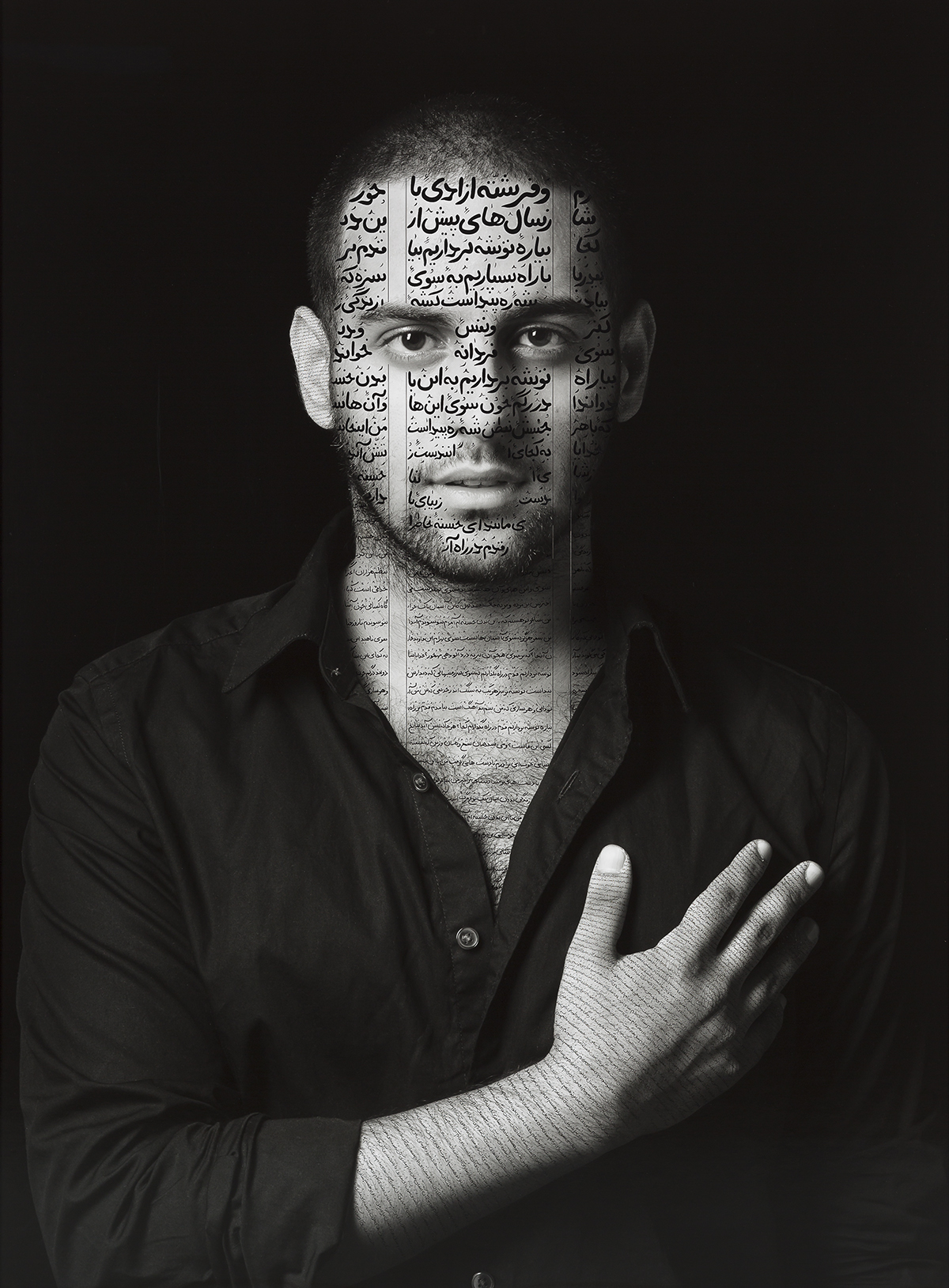
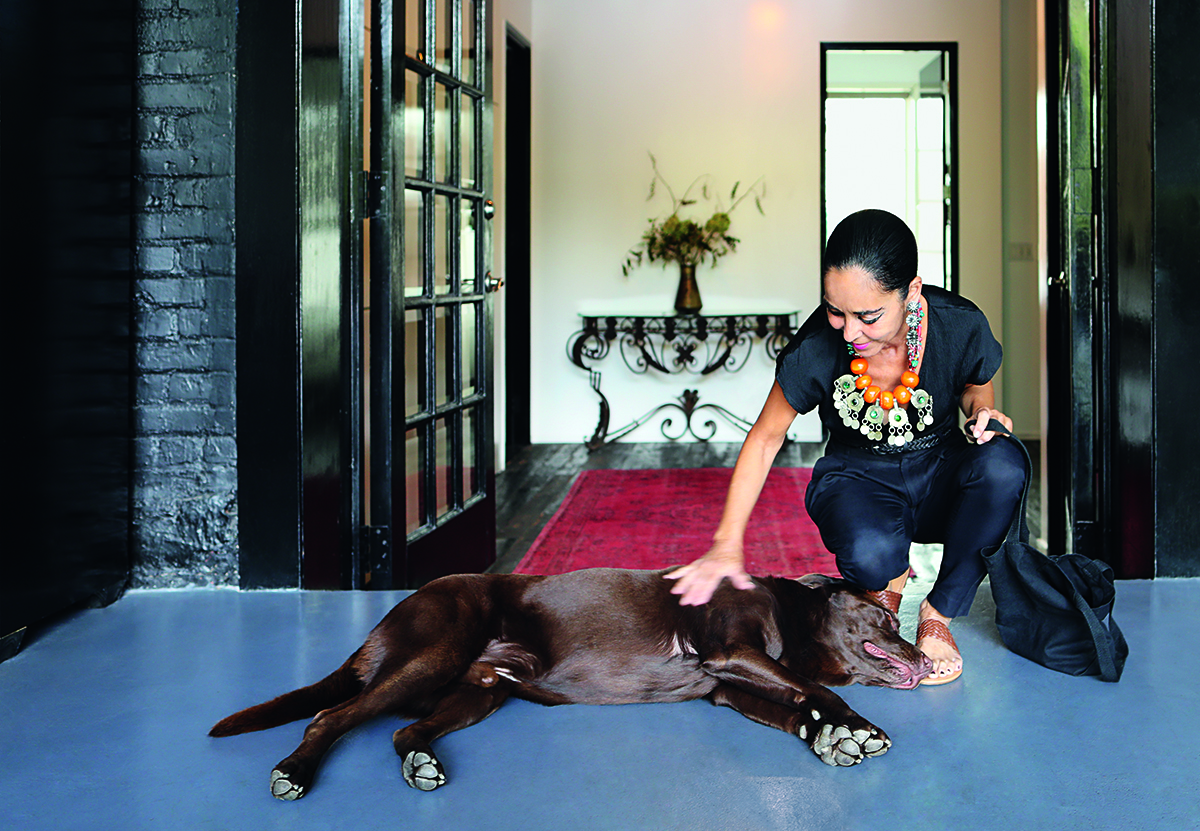
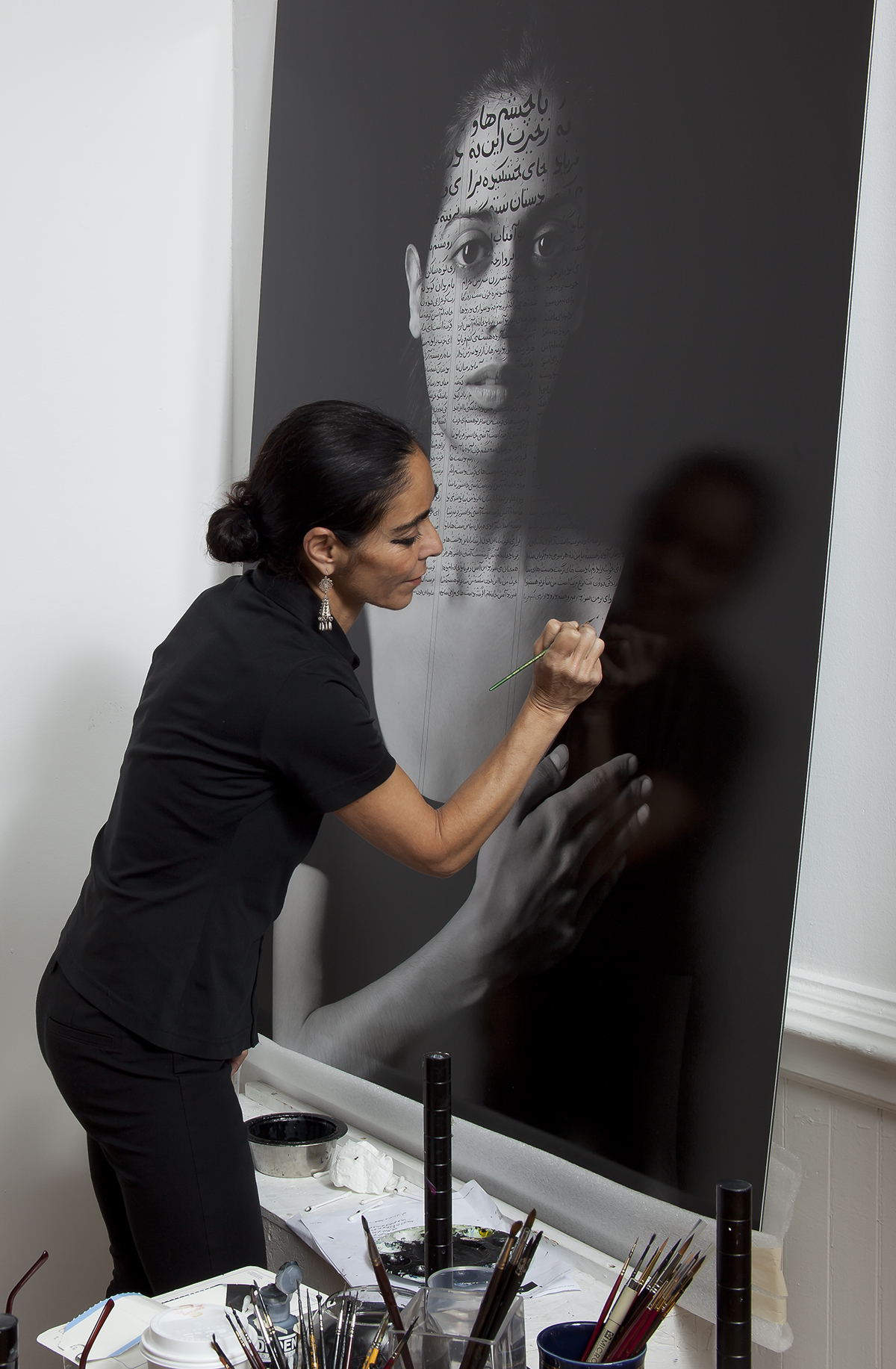
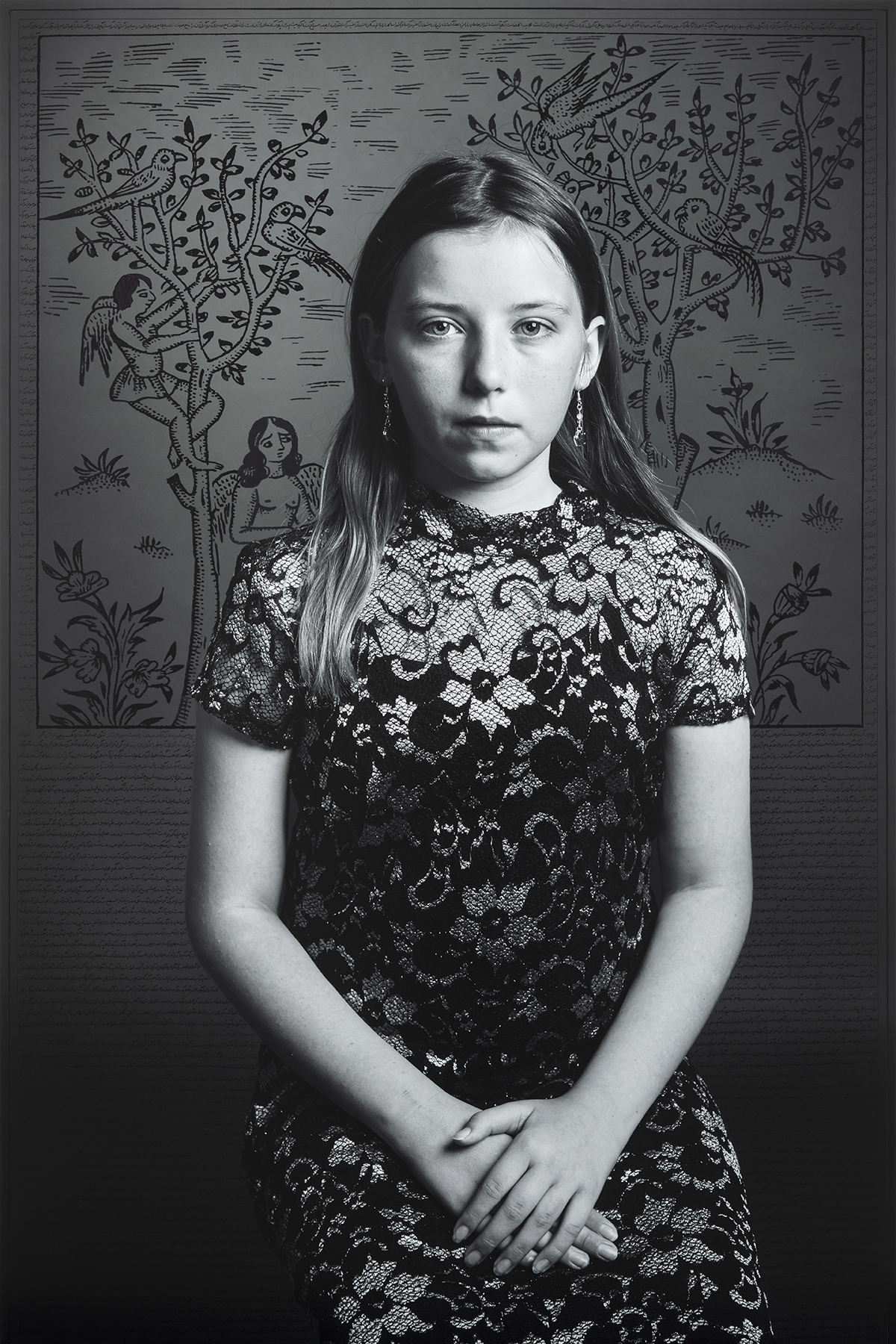
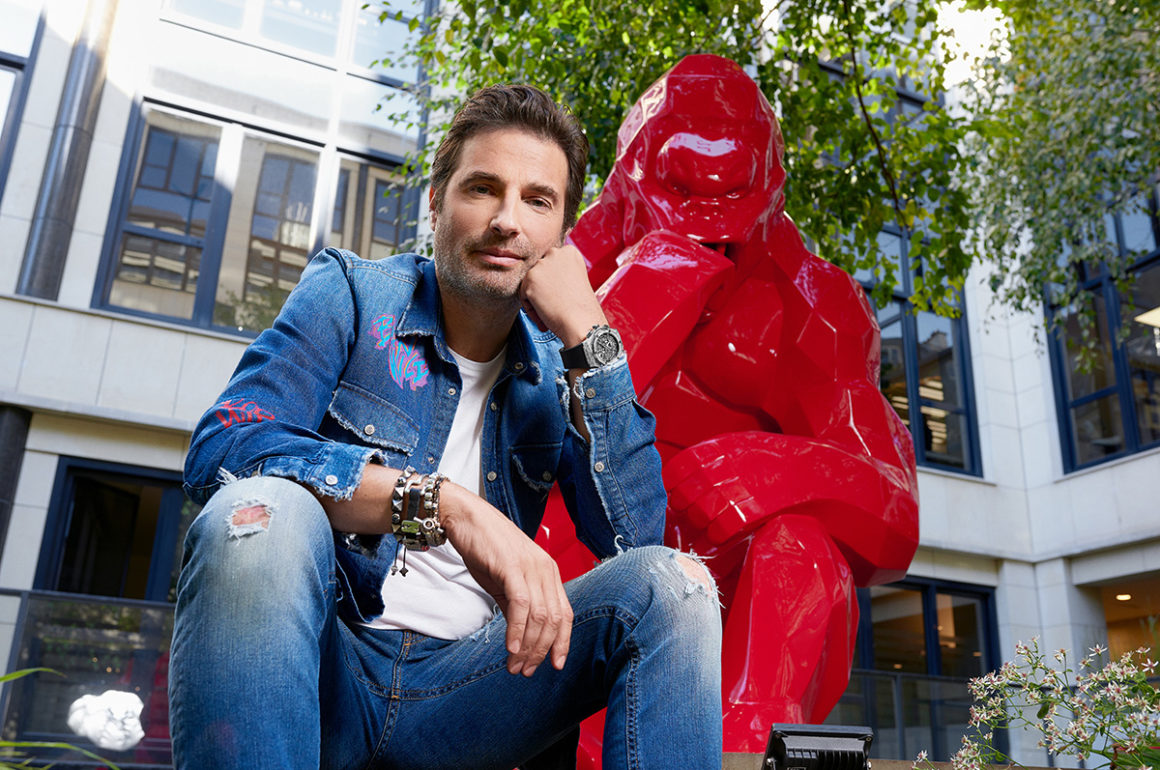
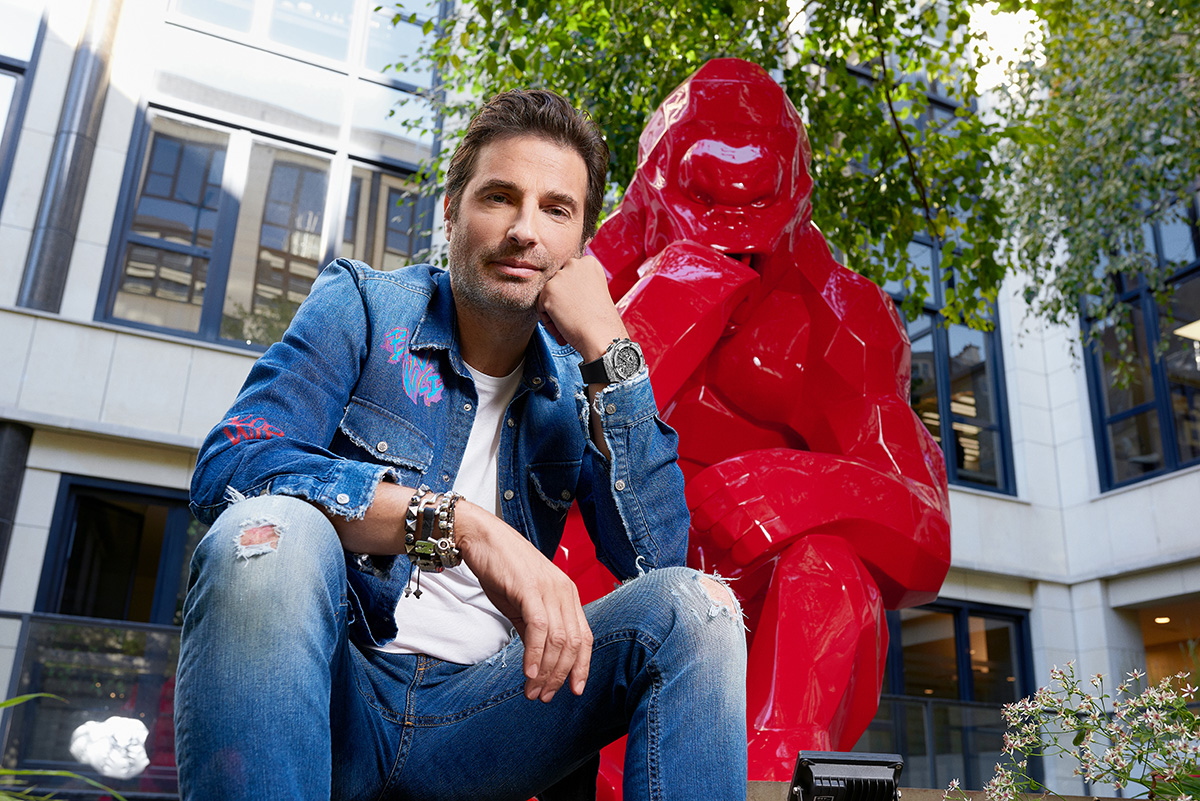


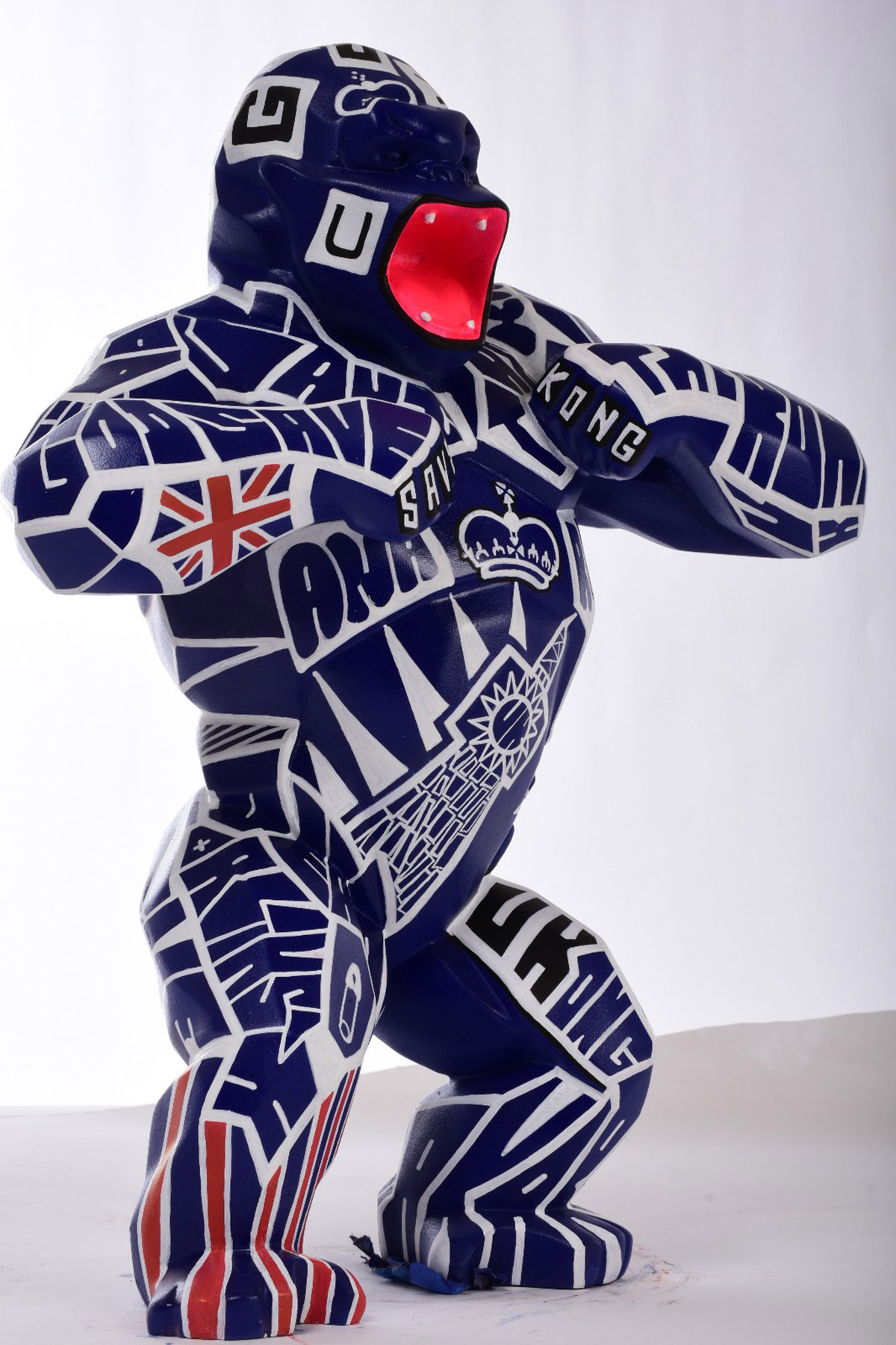
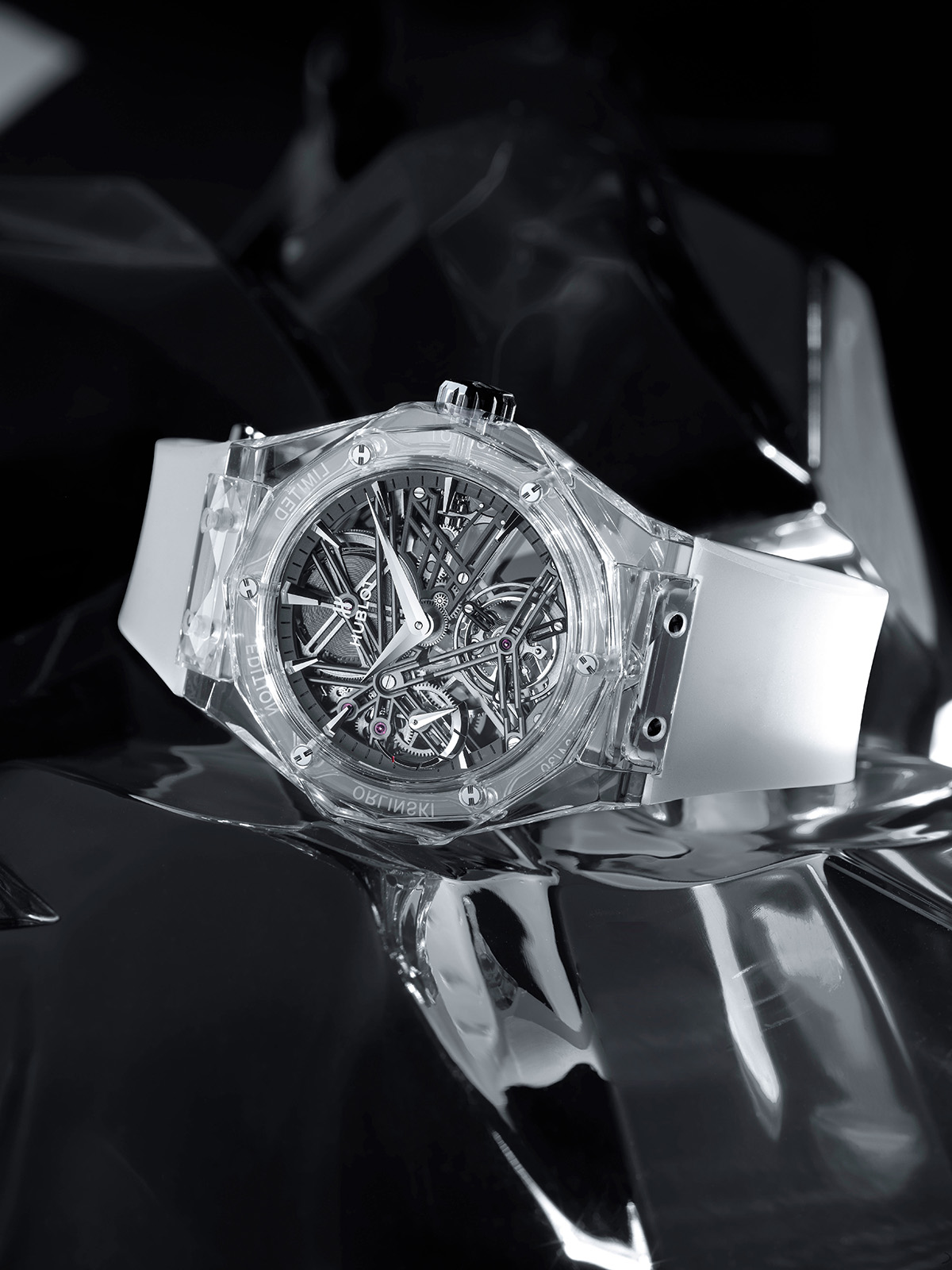
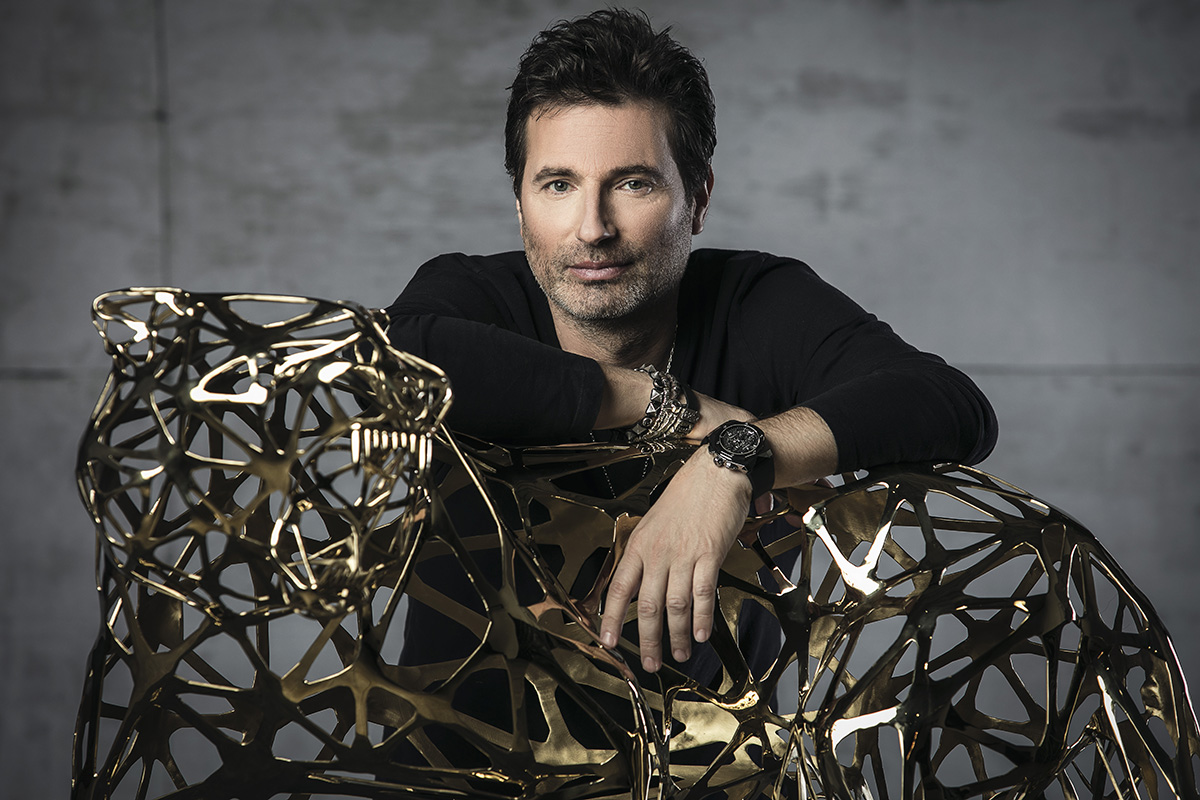
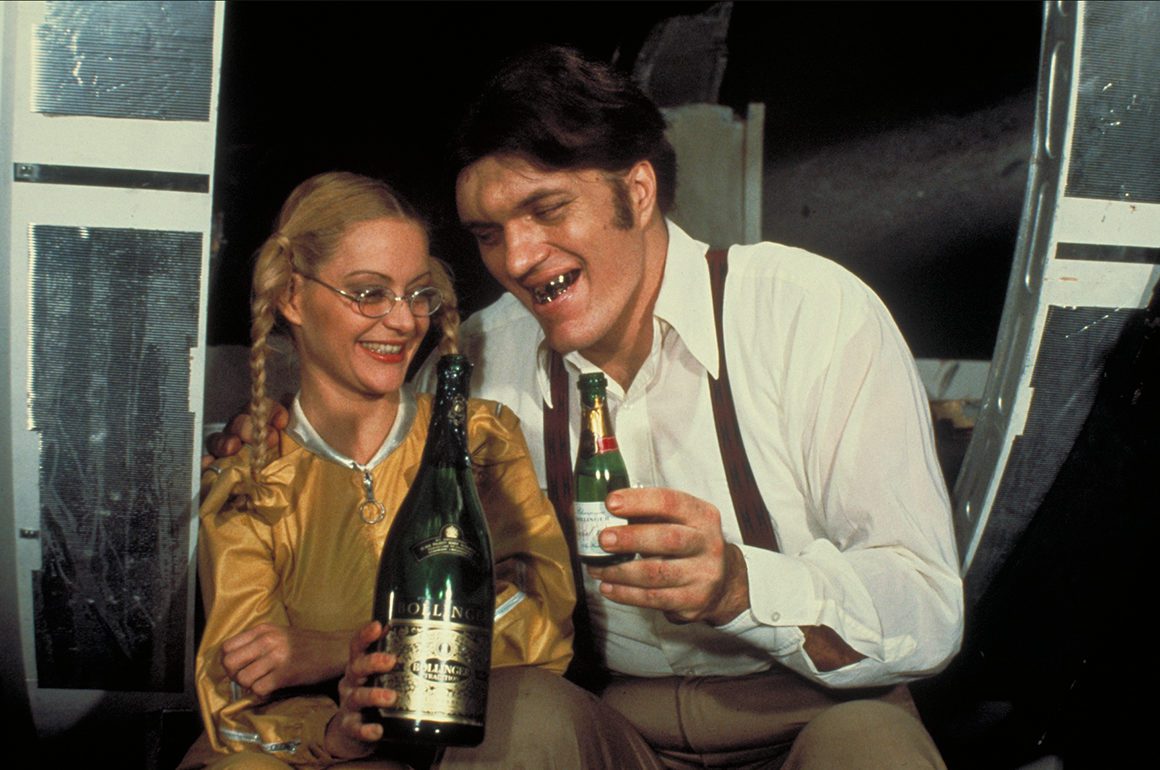
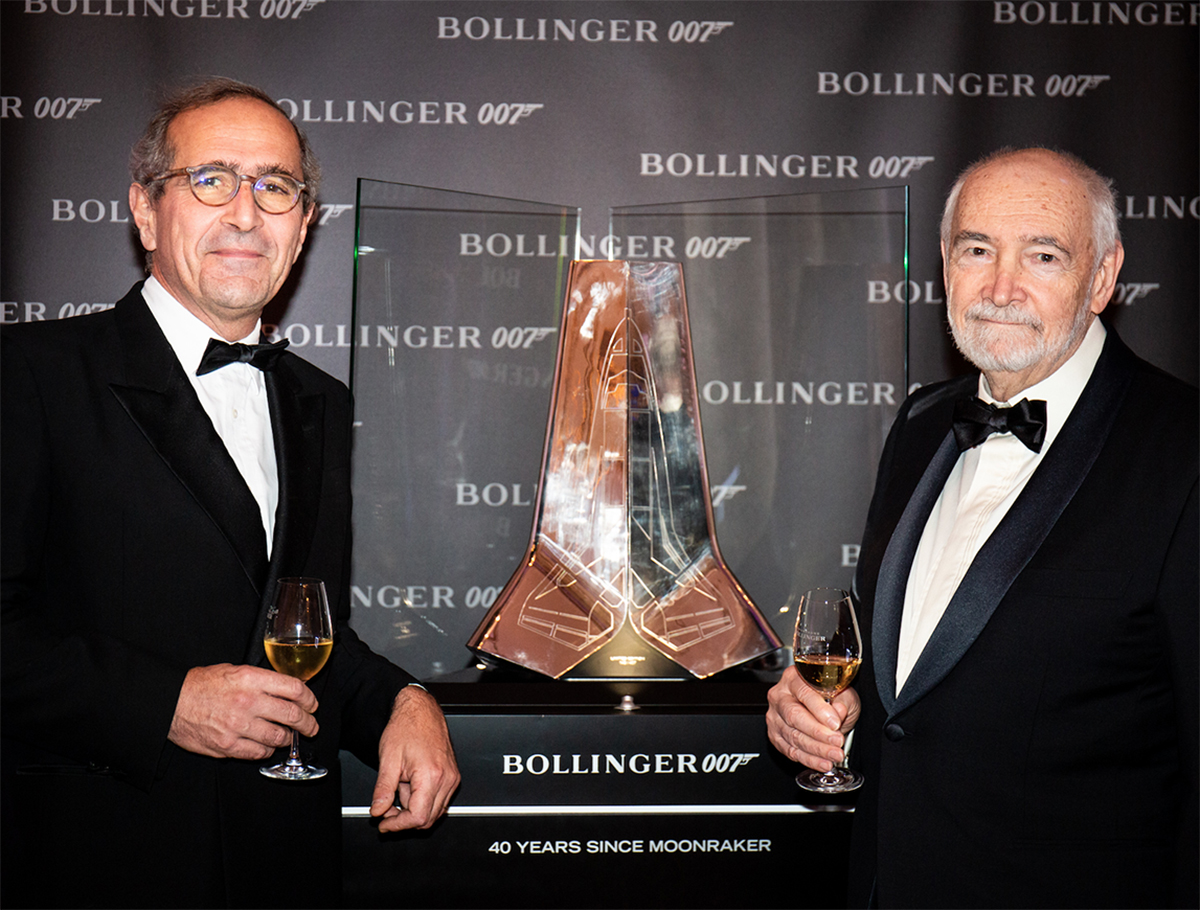
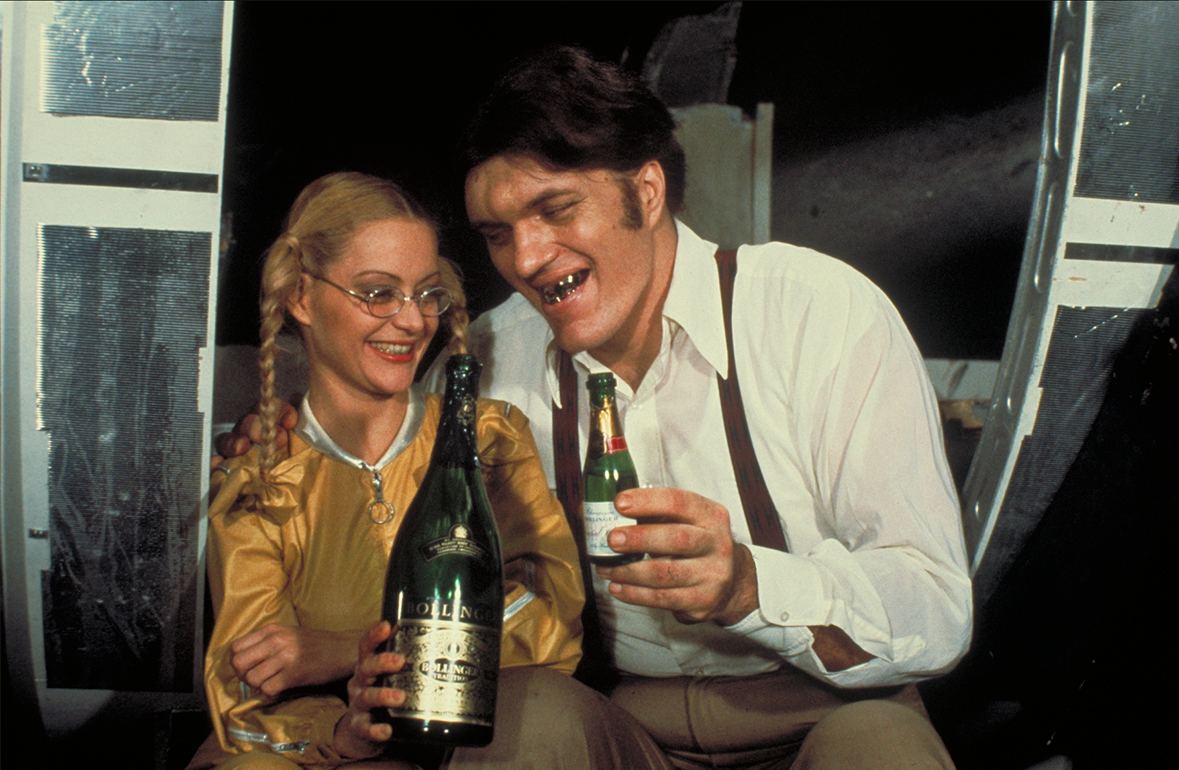
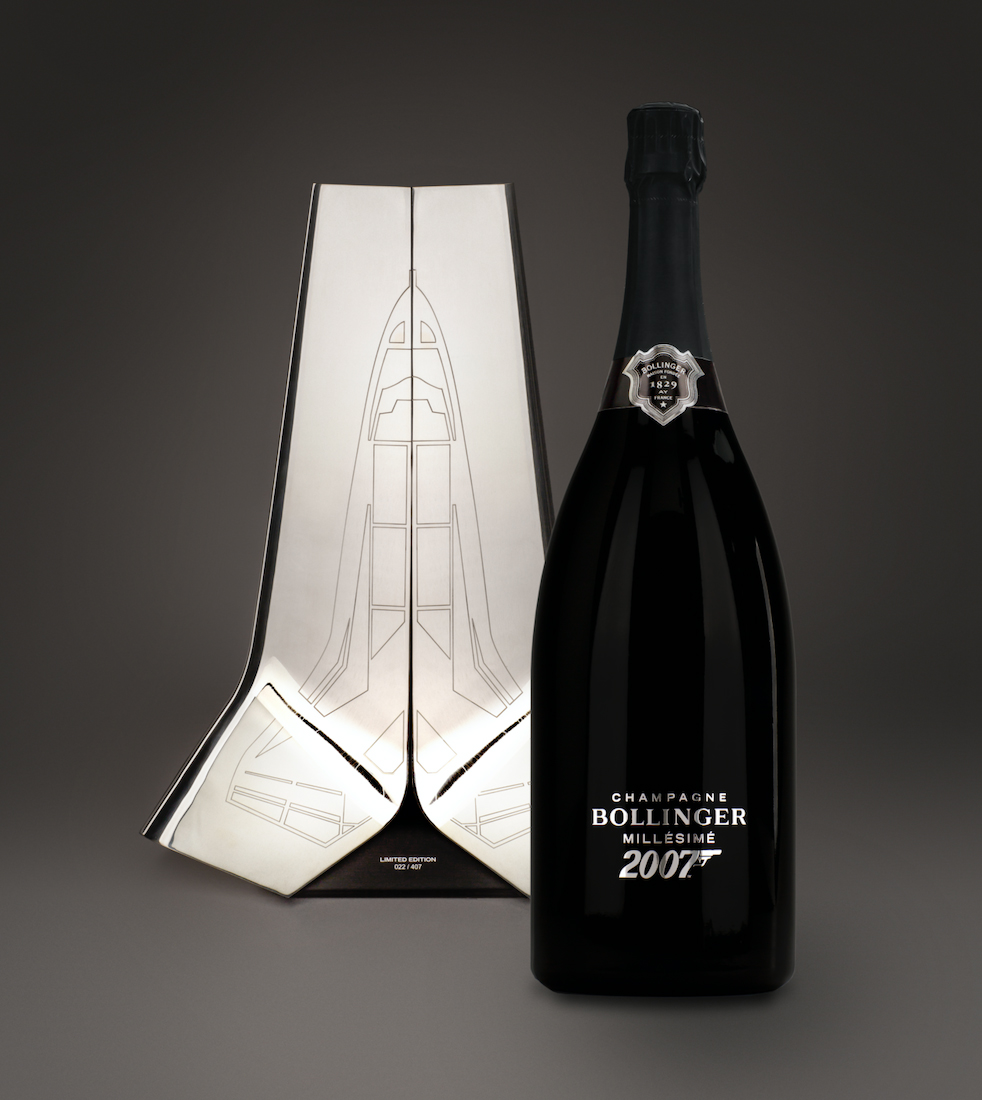
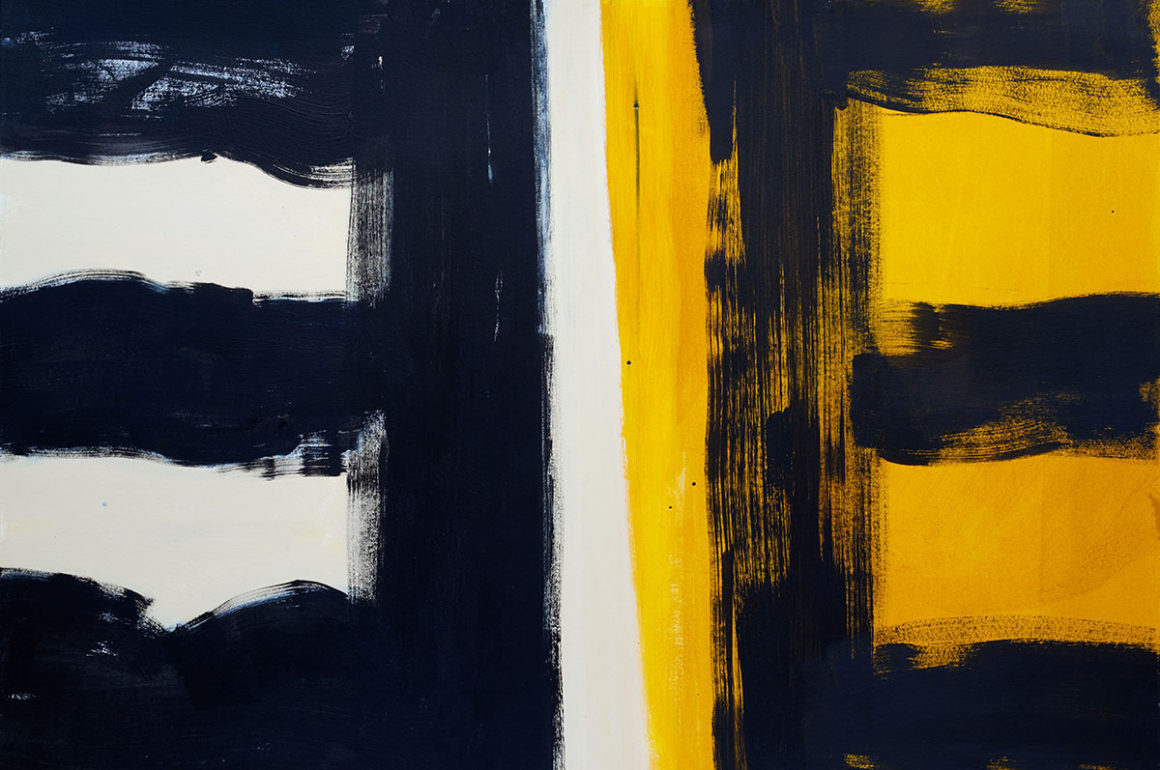
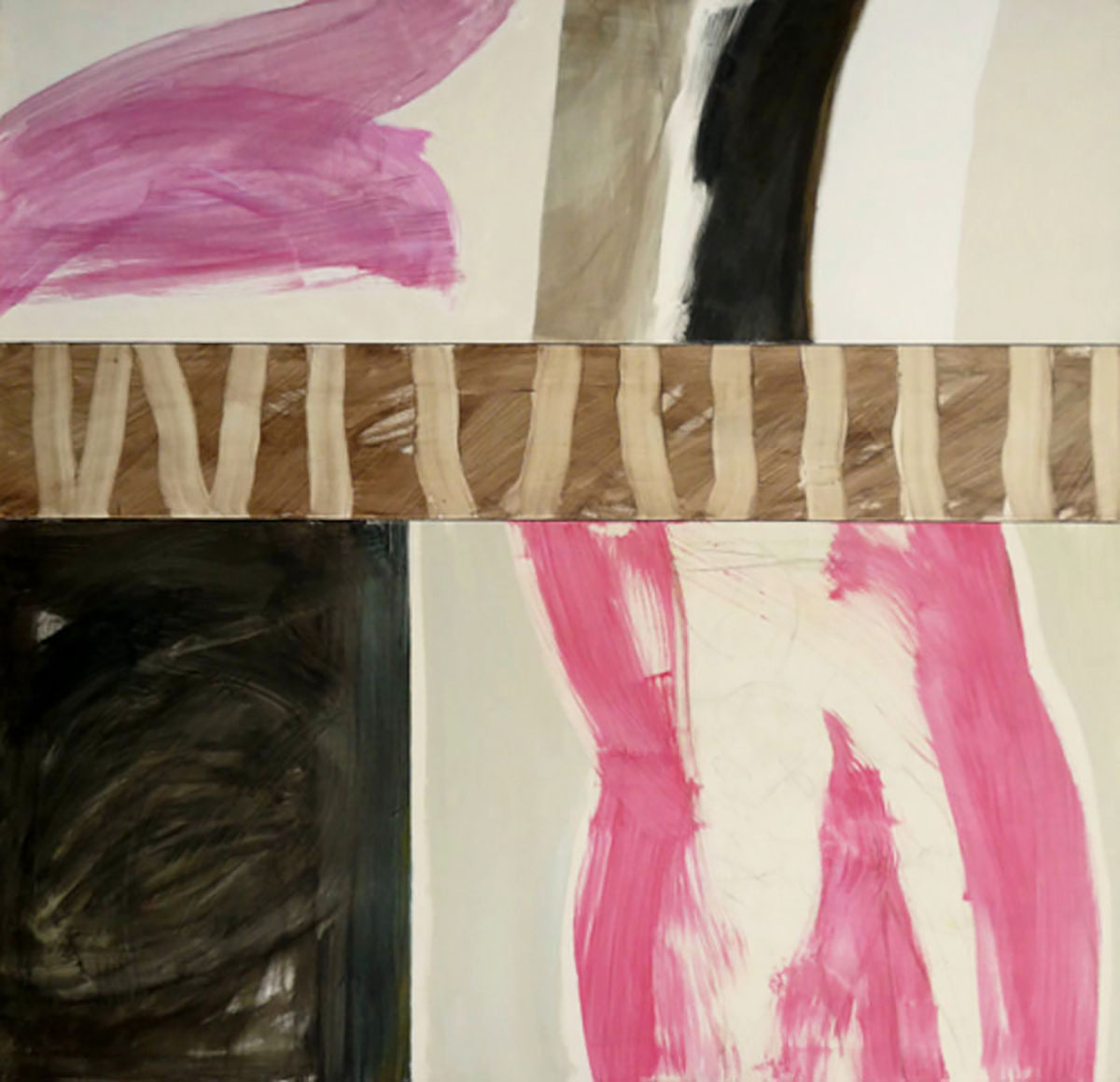
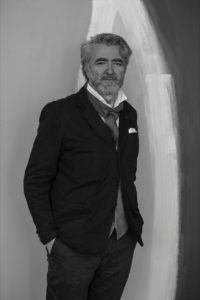
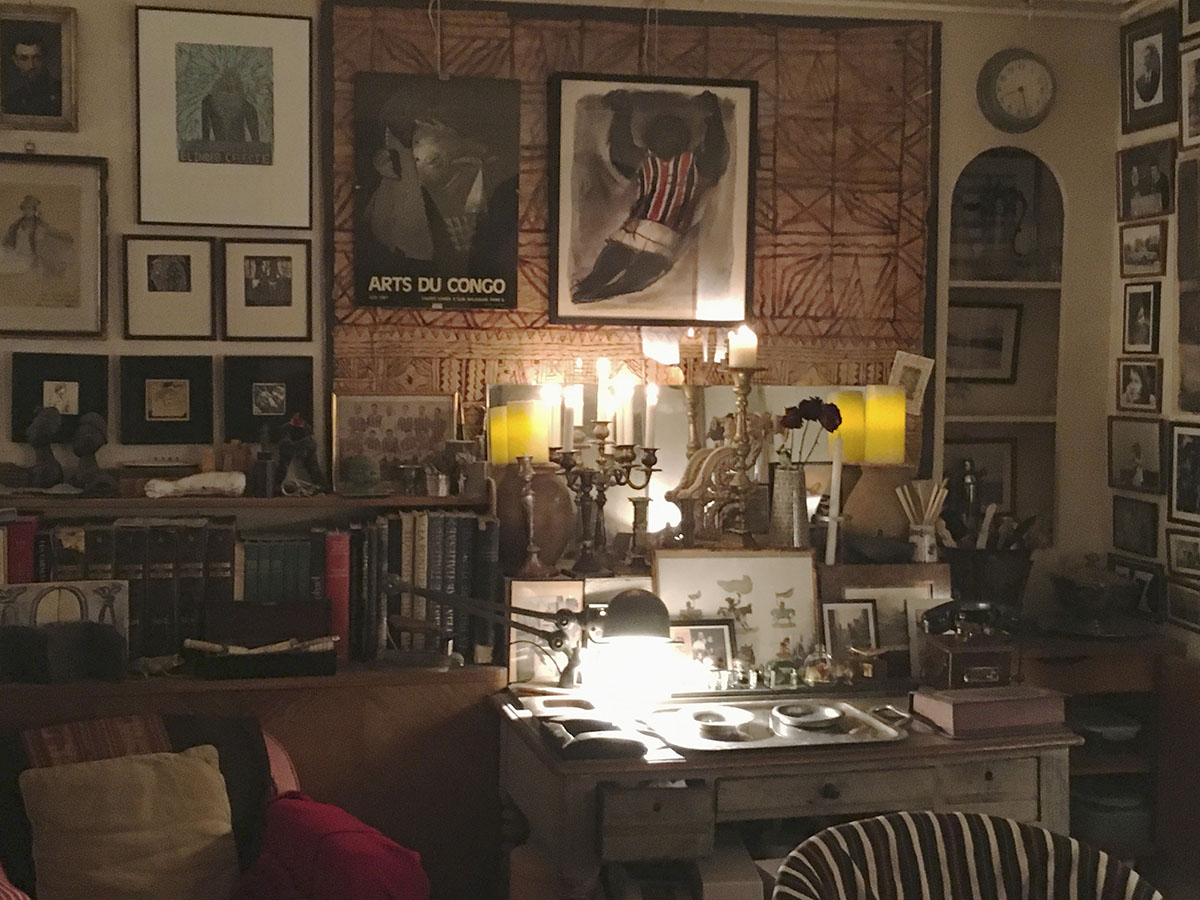
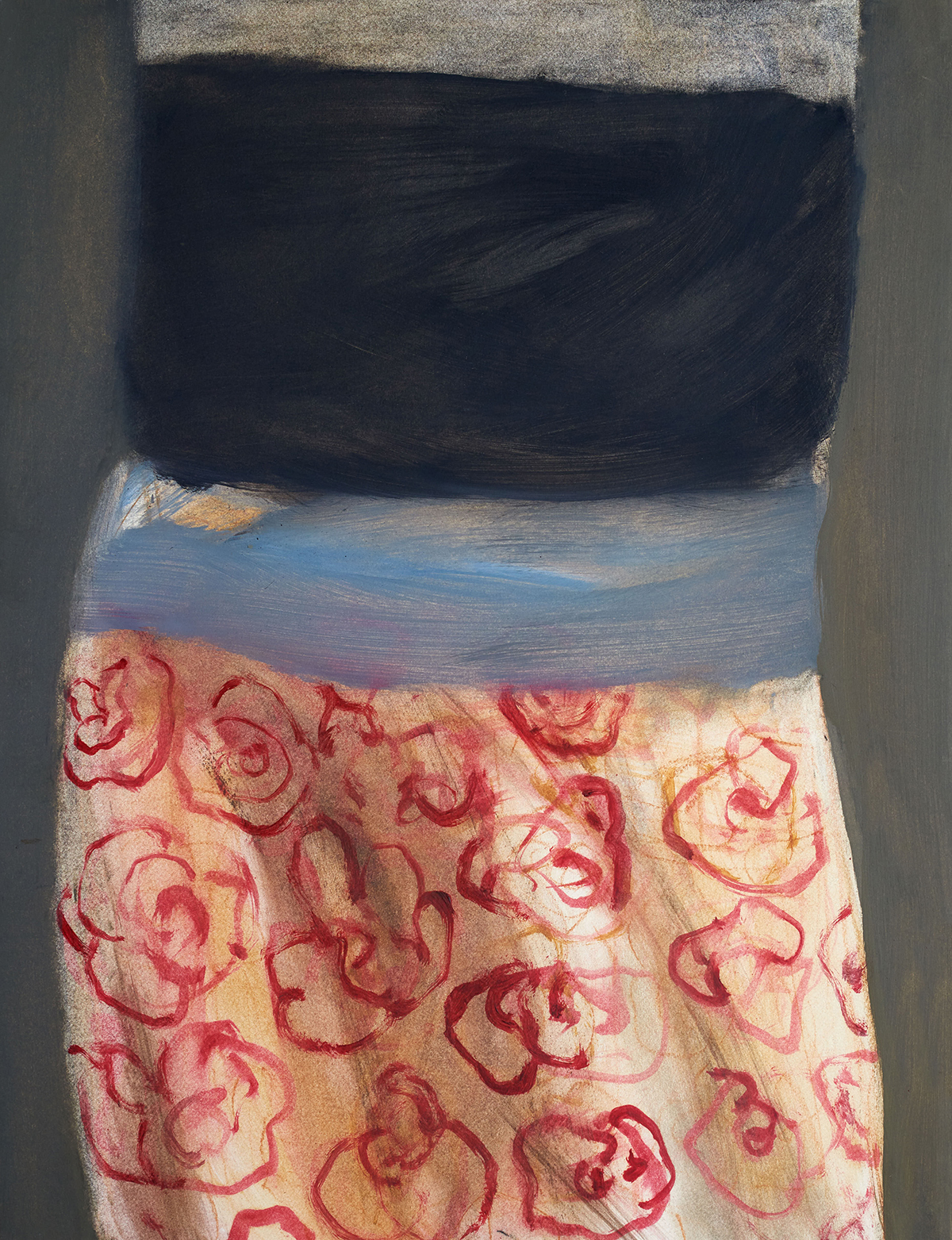
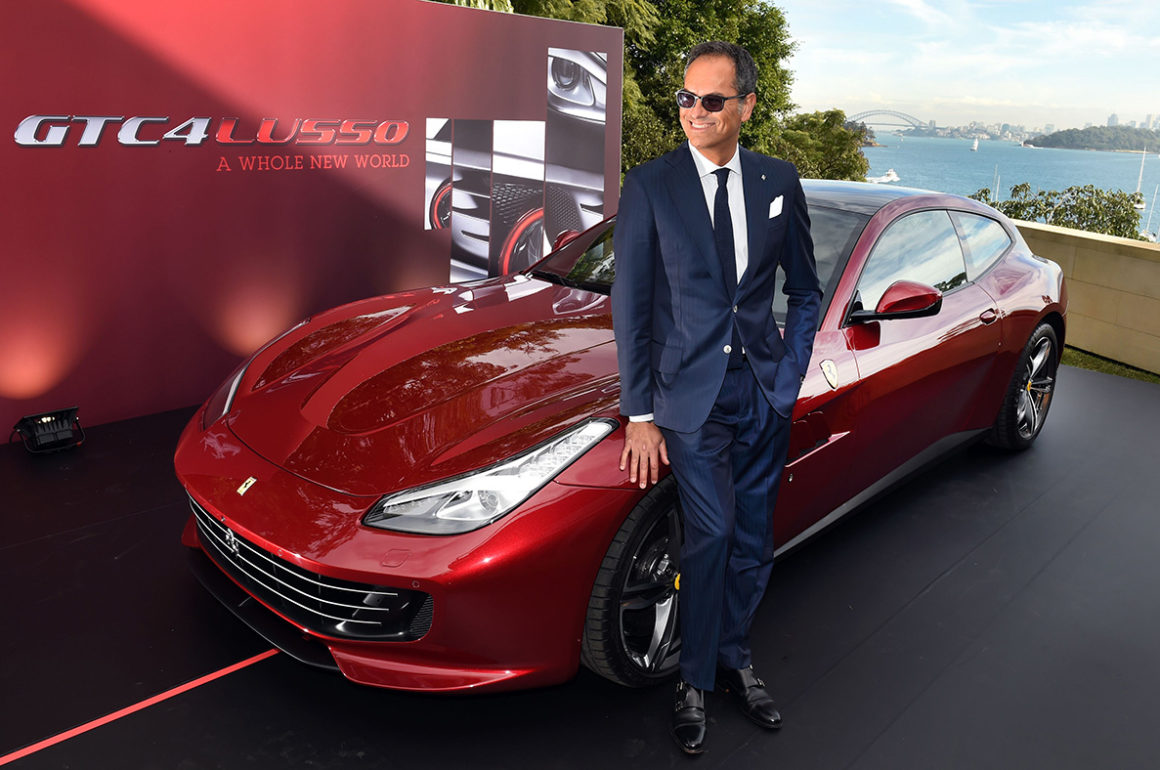
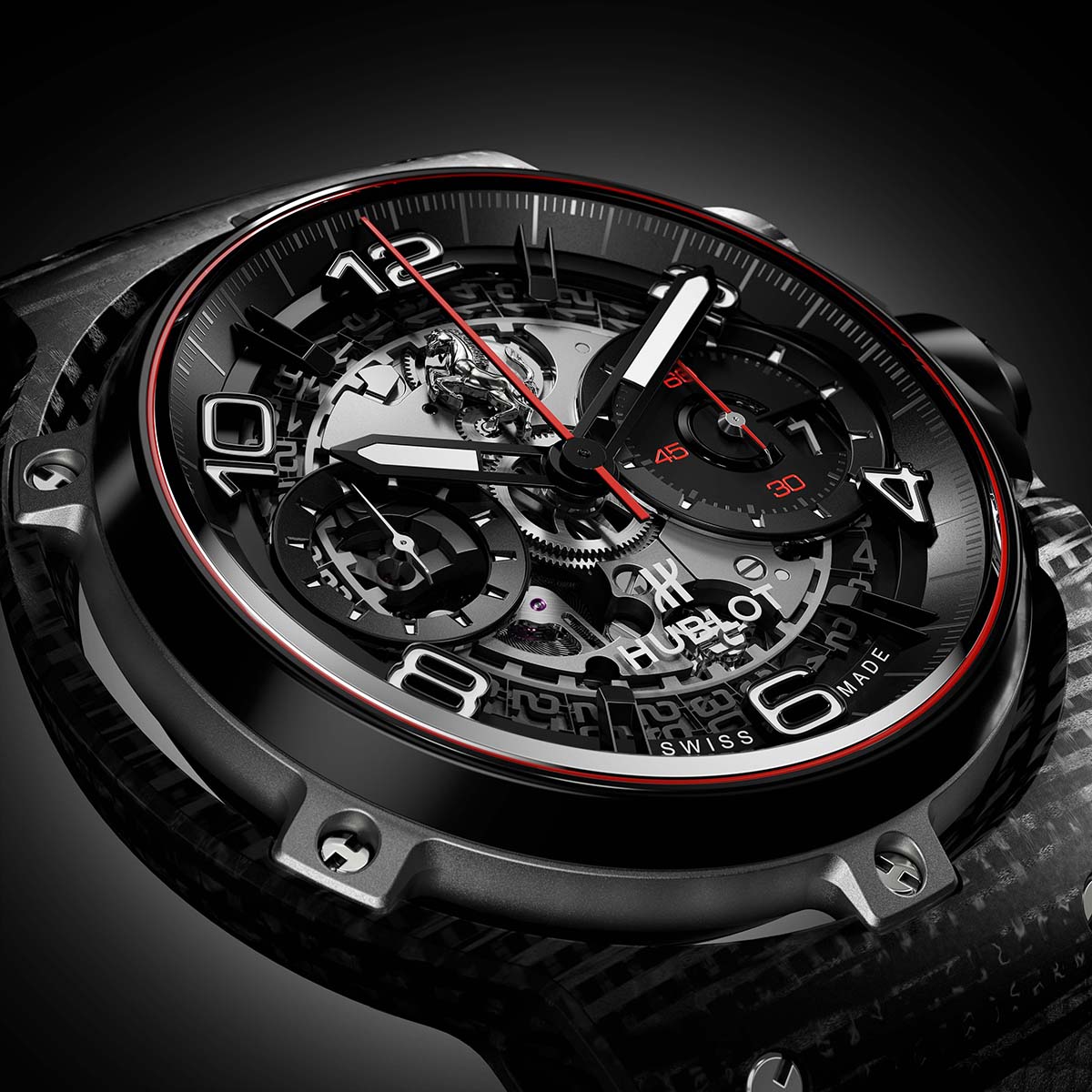
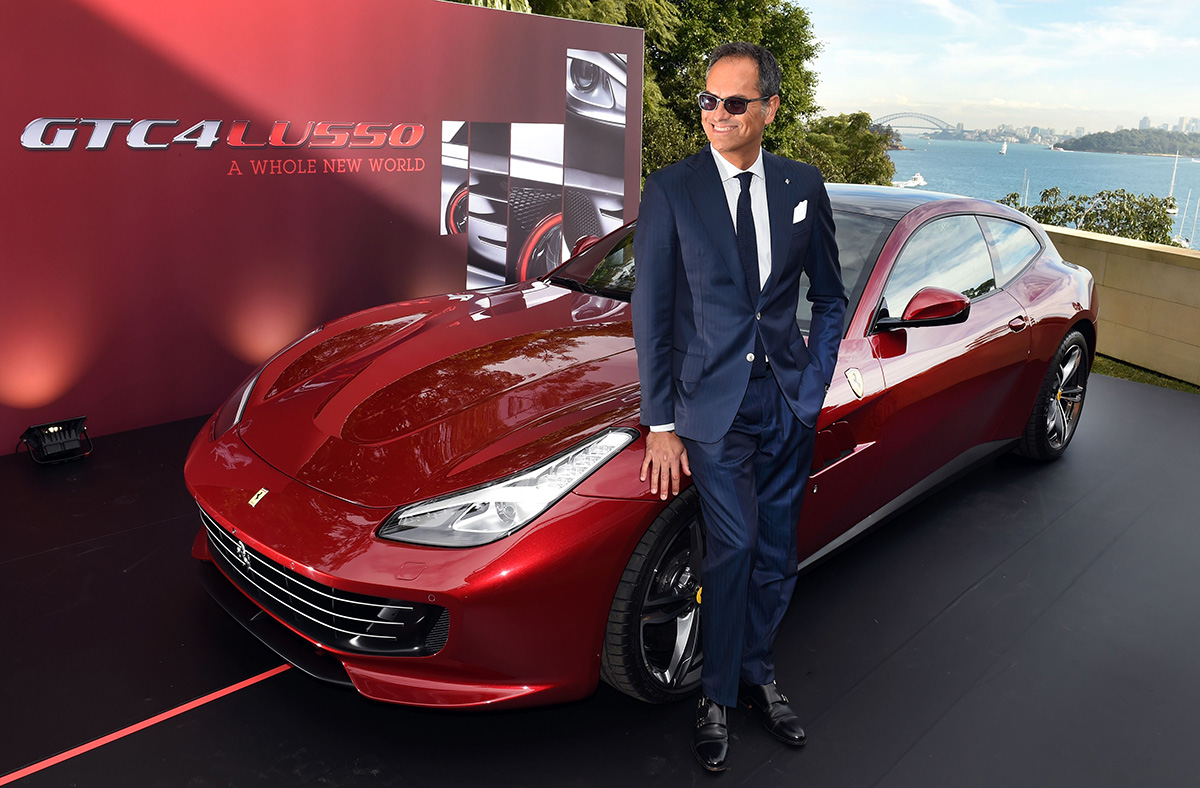
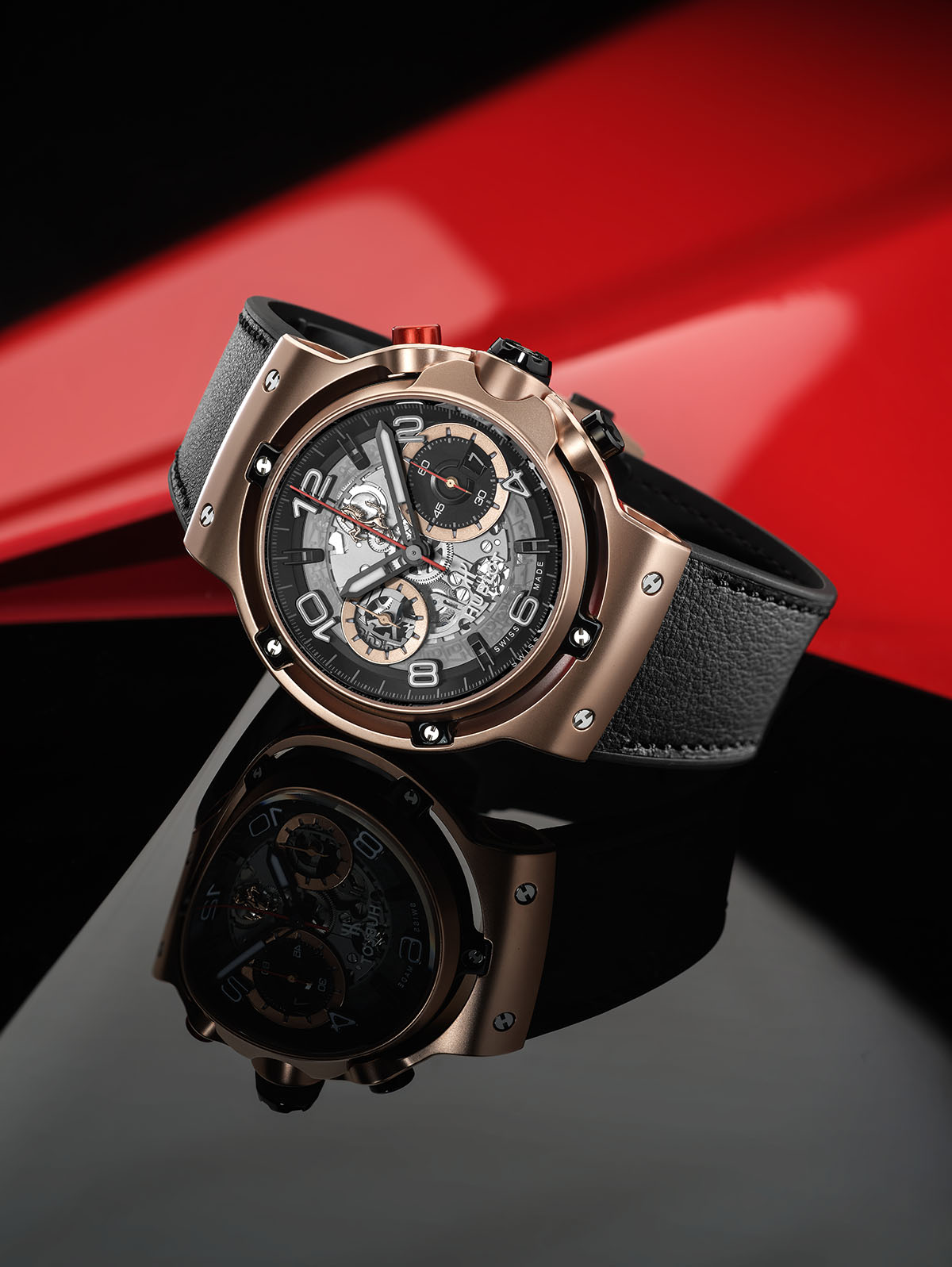
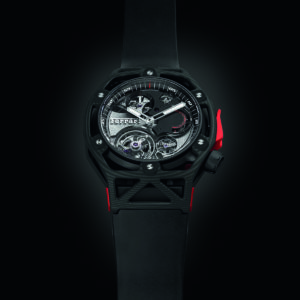
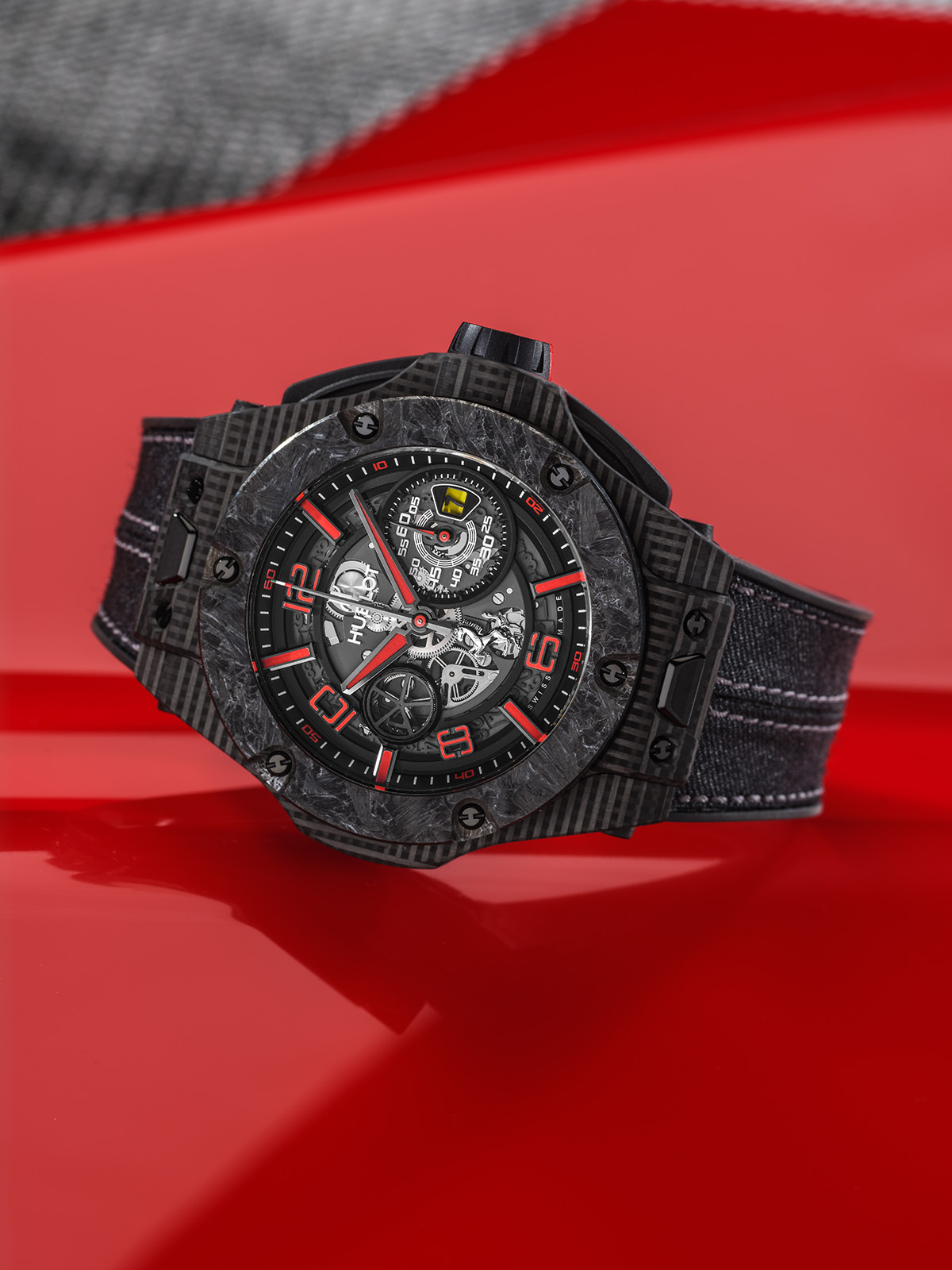
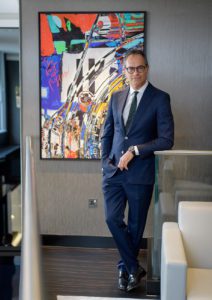 The first watch in the series recalls long- past glory days with a brushed platinum case to echo the dashboards of classic Scuderia Ferrari models, as well as a leather strap and bright-yellow markers and hands to bring to mind old-fashioned speedometers. The model celebrating the here and now does so with a 3D carbon case and a strap made from Nomex, the fire-resistant material Ferrari drivers rely on to keep their suits from going up in flames.
The first watch in the series recalls long- past glory days with a brushed platinum case to echo the dashboards of classic Scuderia Ferrari models, as well as a leather strap and bright-yellow markers and hands to bring to mind old-fashioned speedometers. The model celebrating the here and now does so with a 3D carbon case and a strap made from Nomex, the fire-resistant material Ferrari drivers rely on to keep their suits from going up in flames.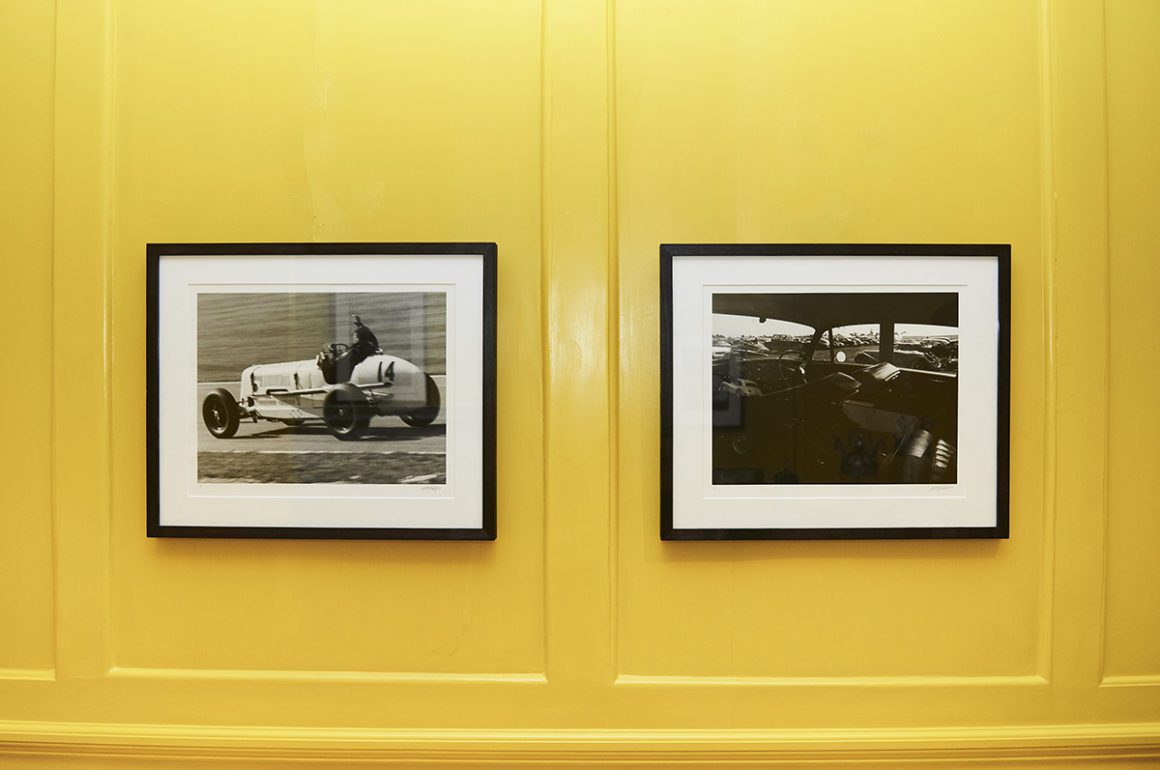
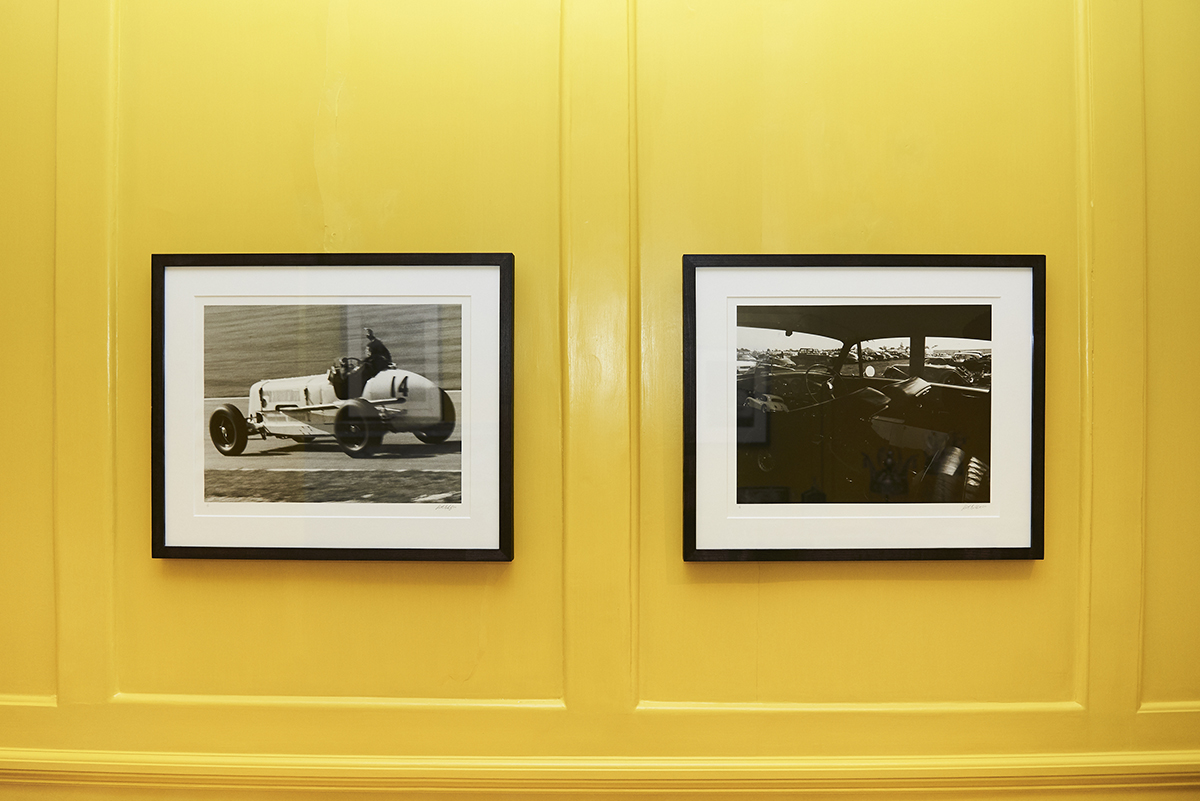
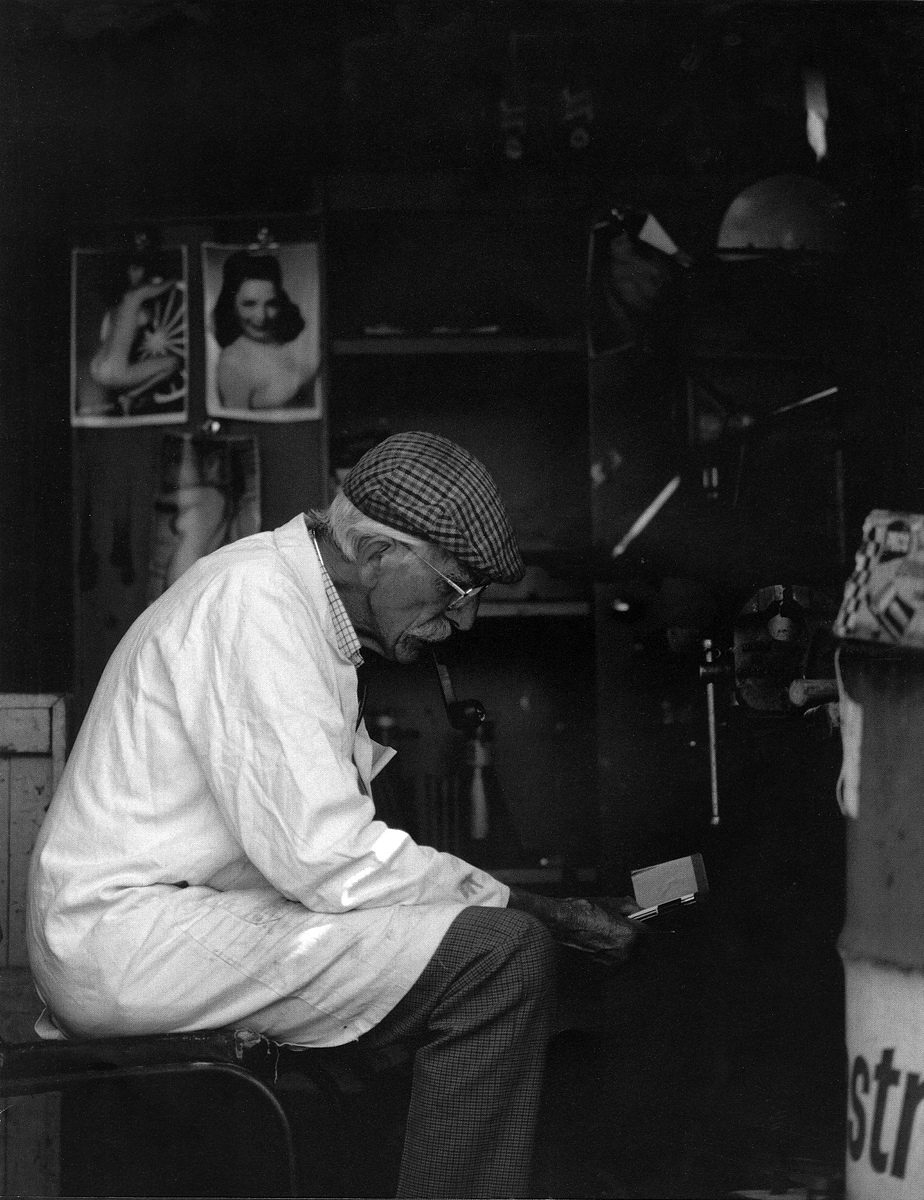
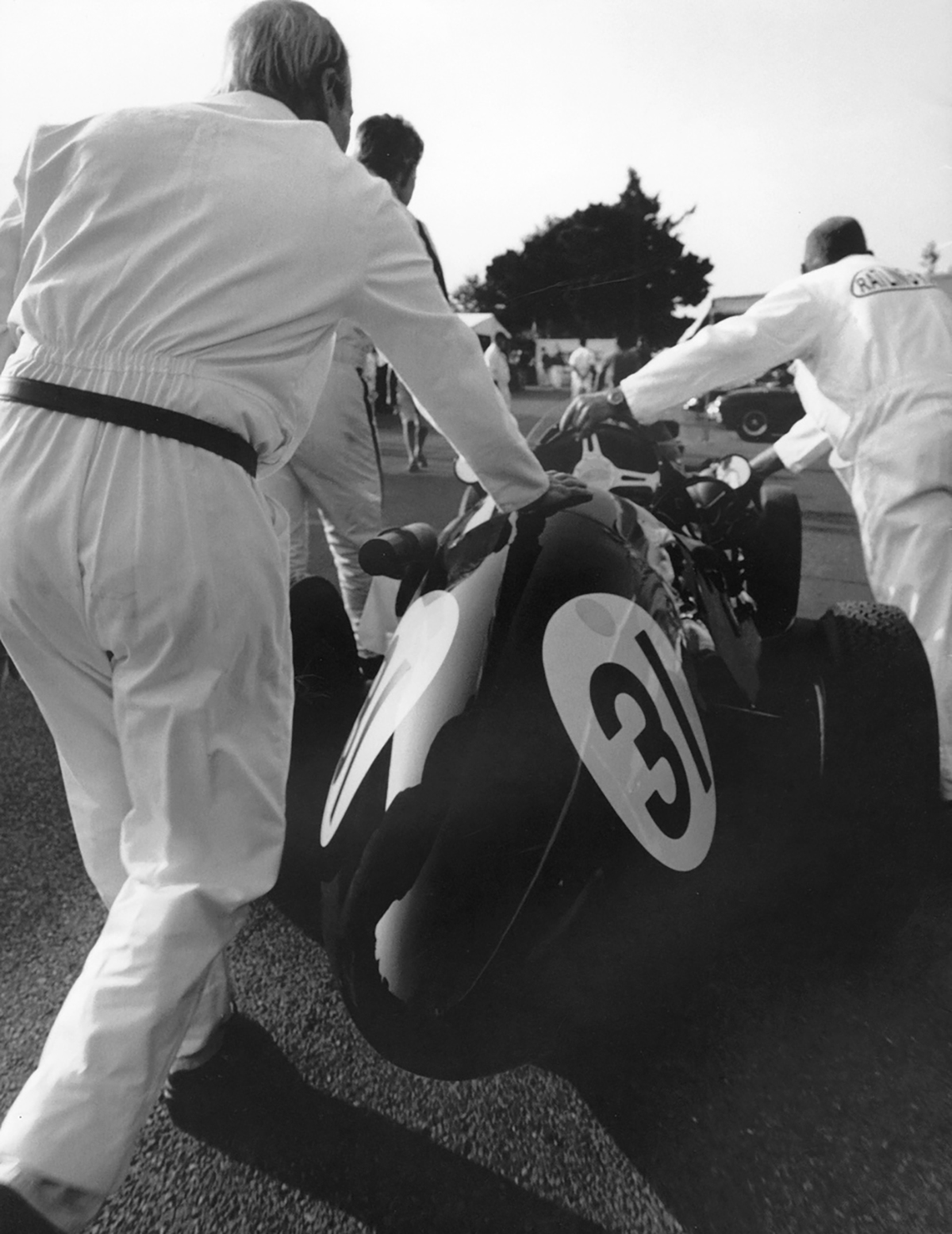
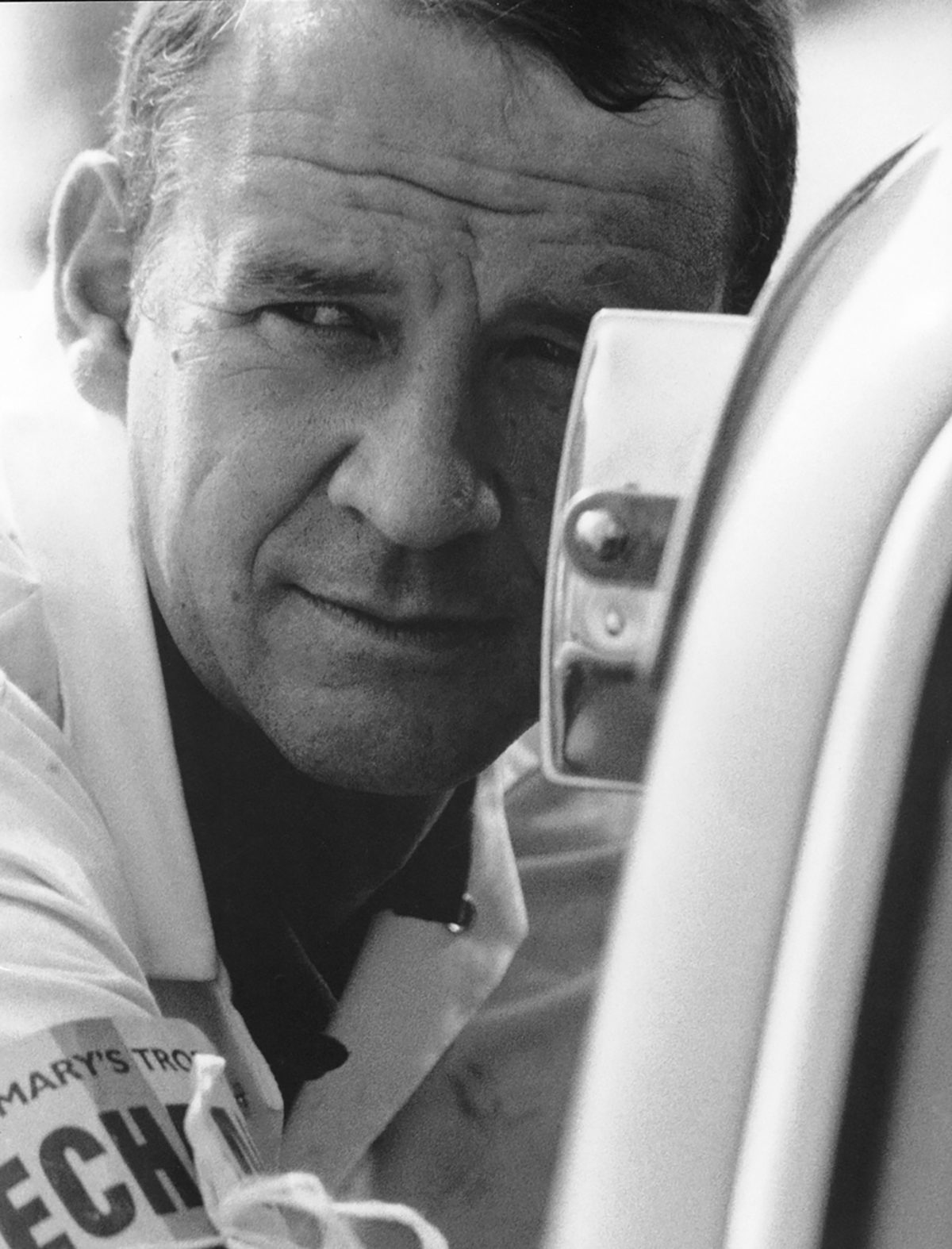
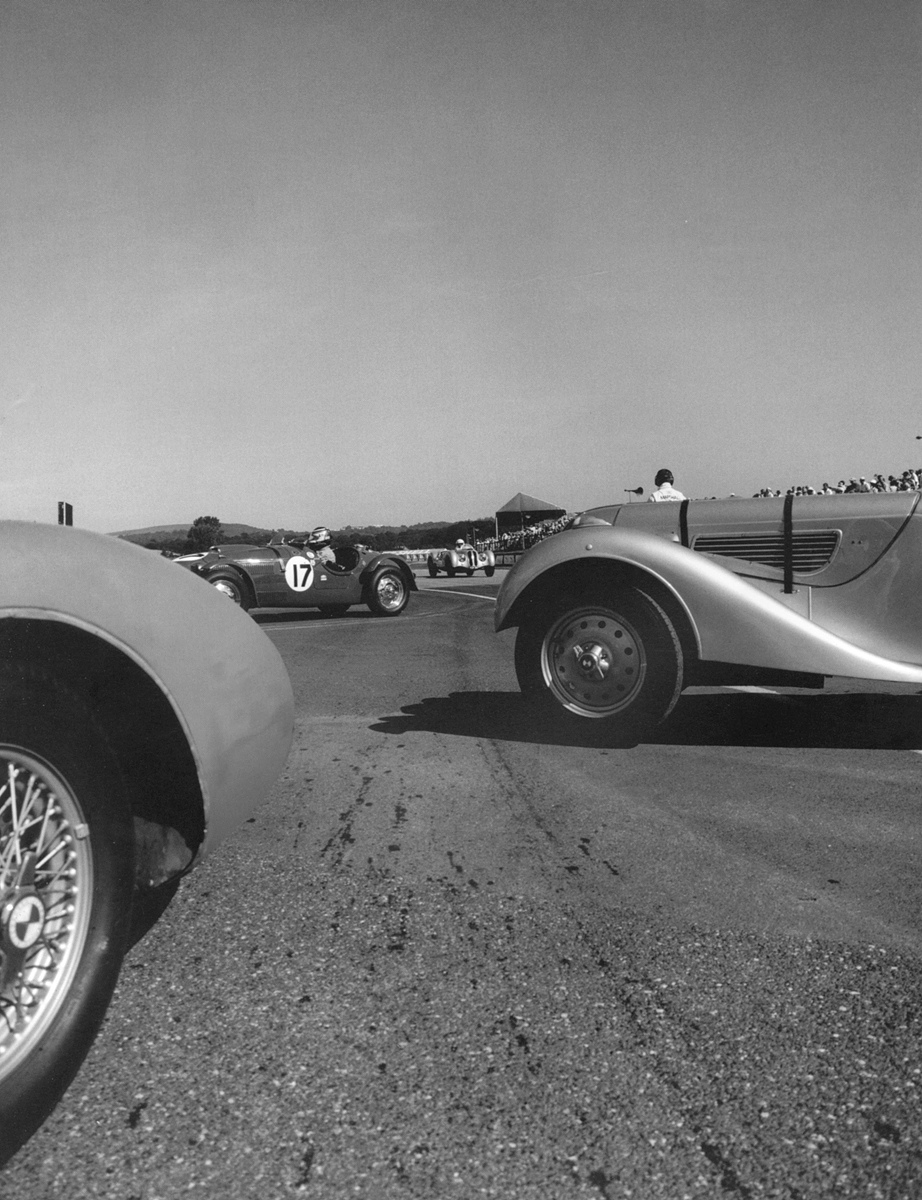
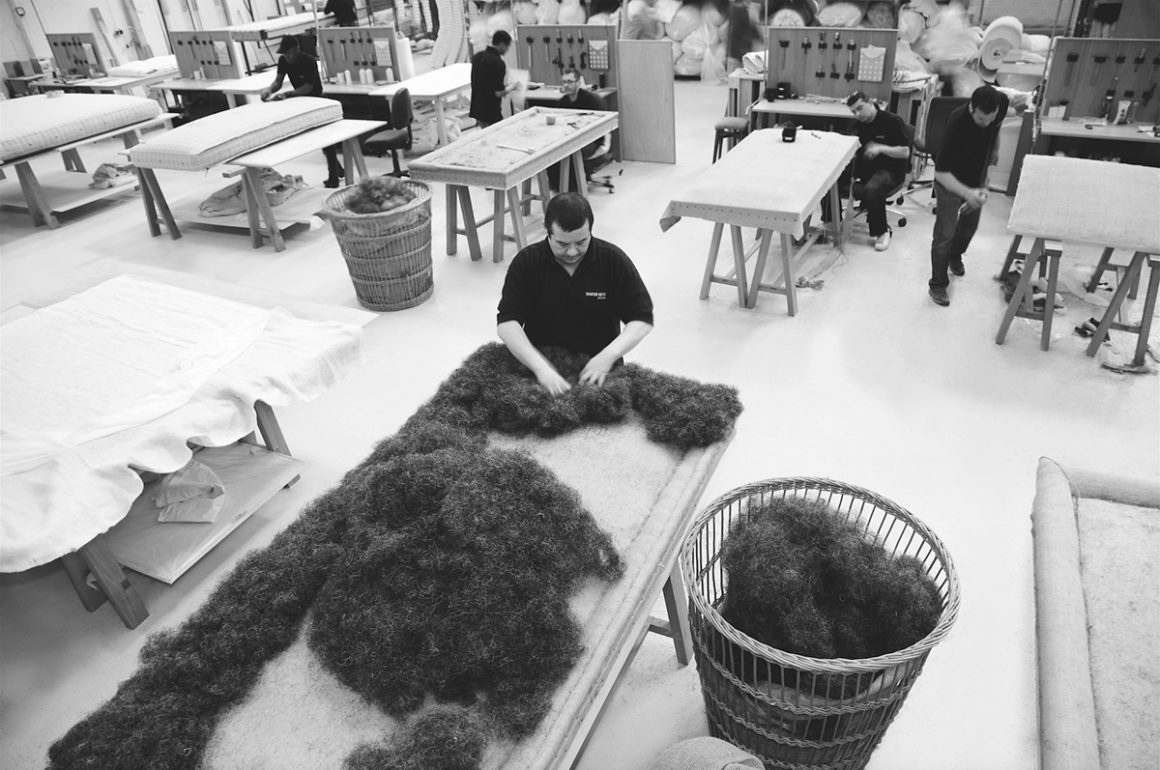






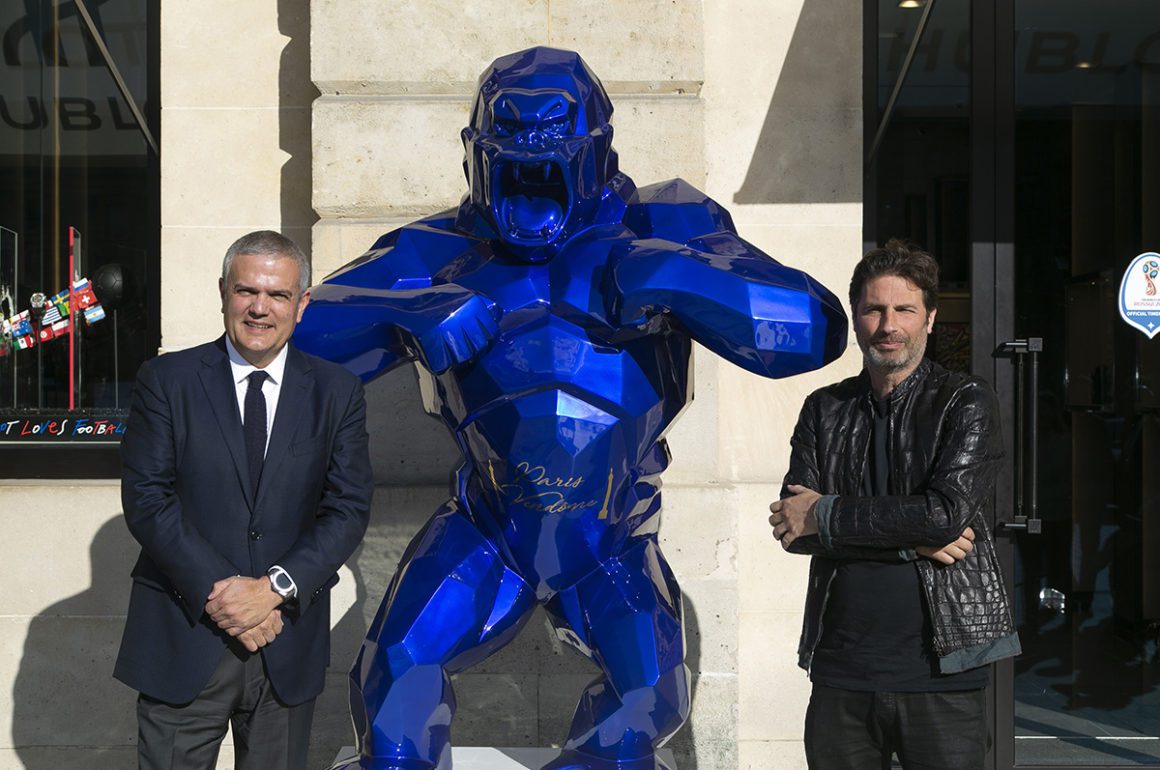
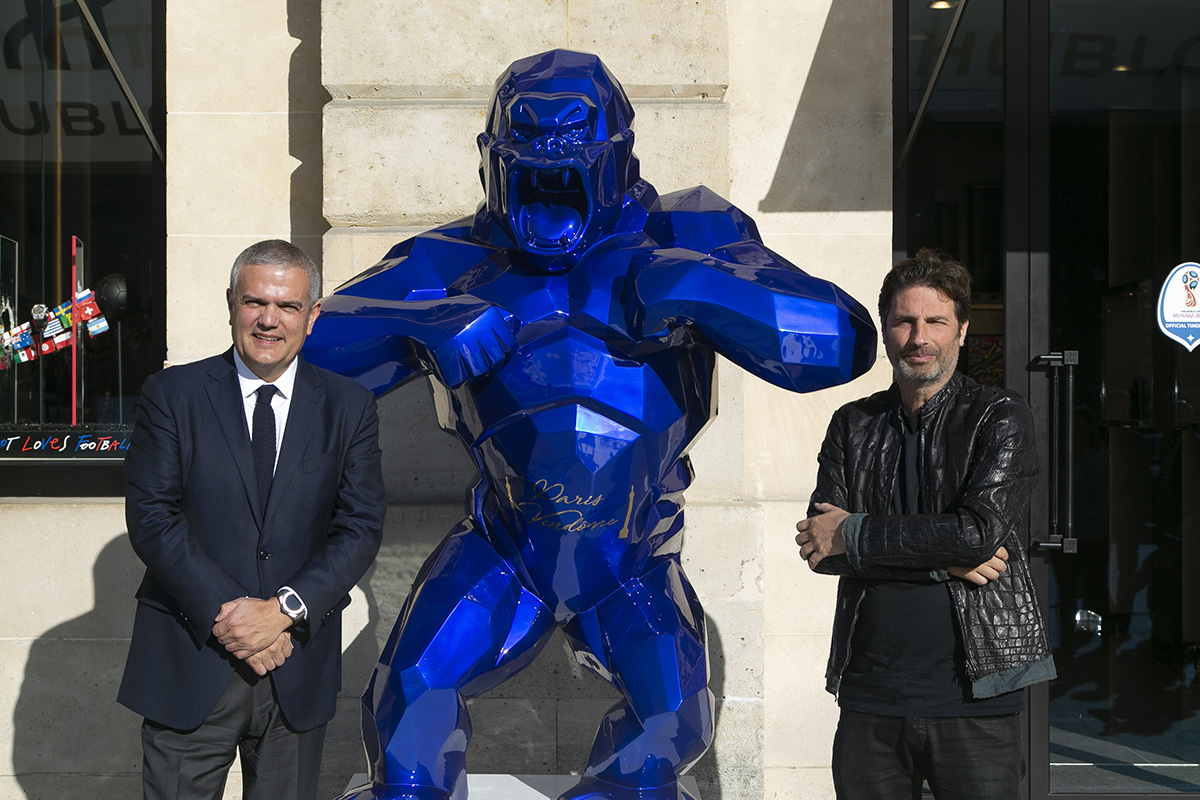
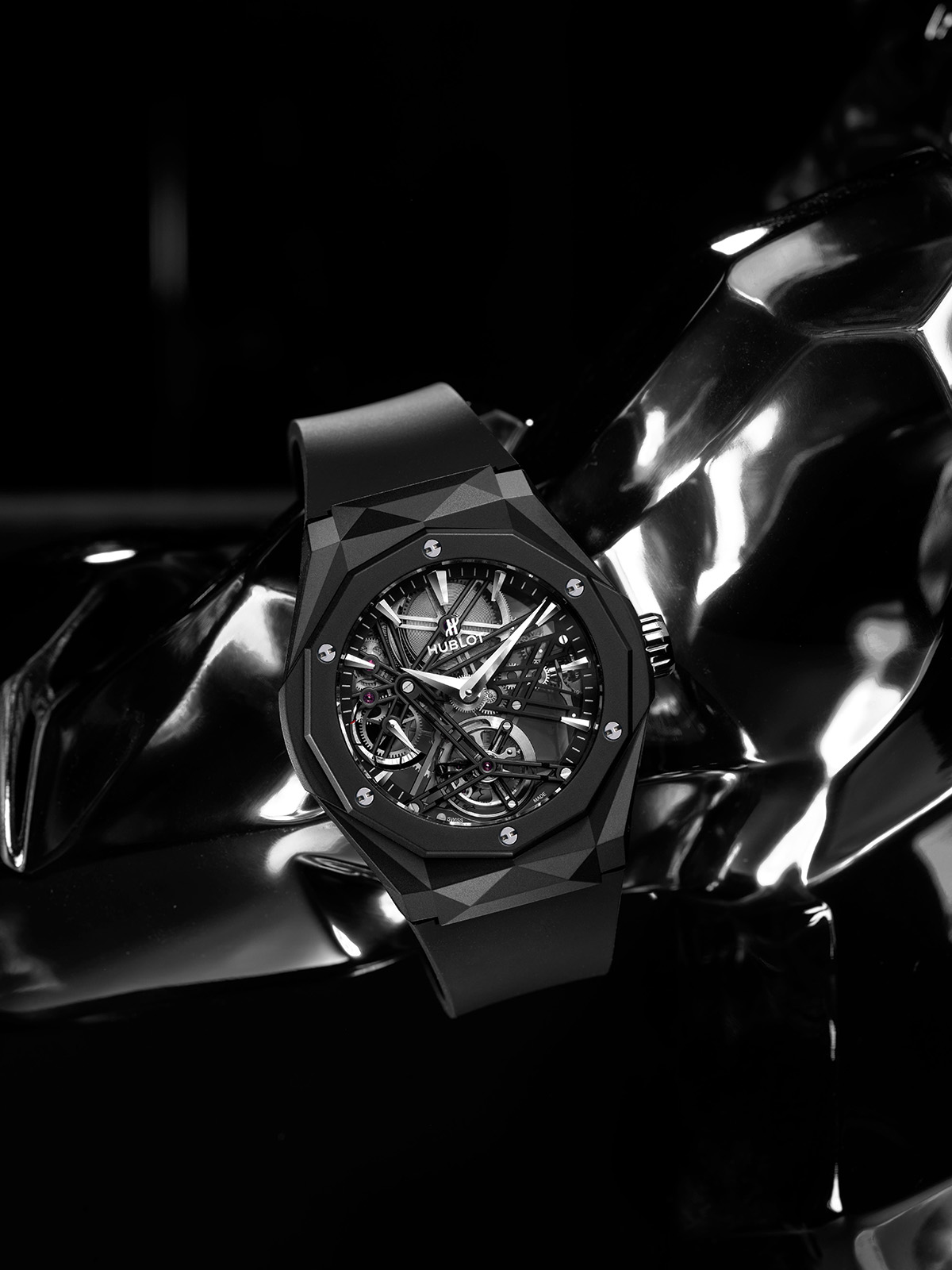
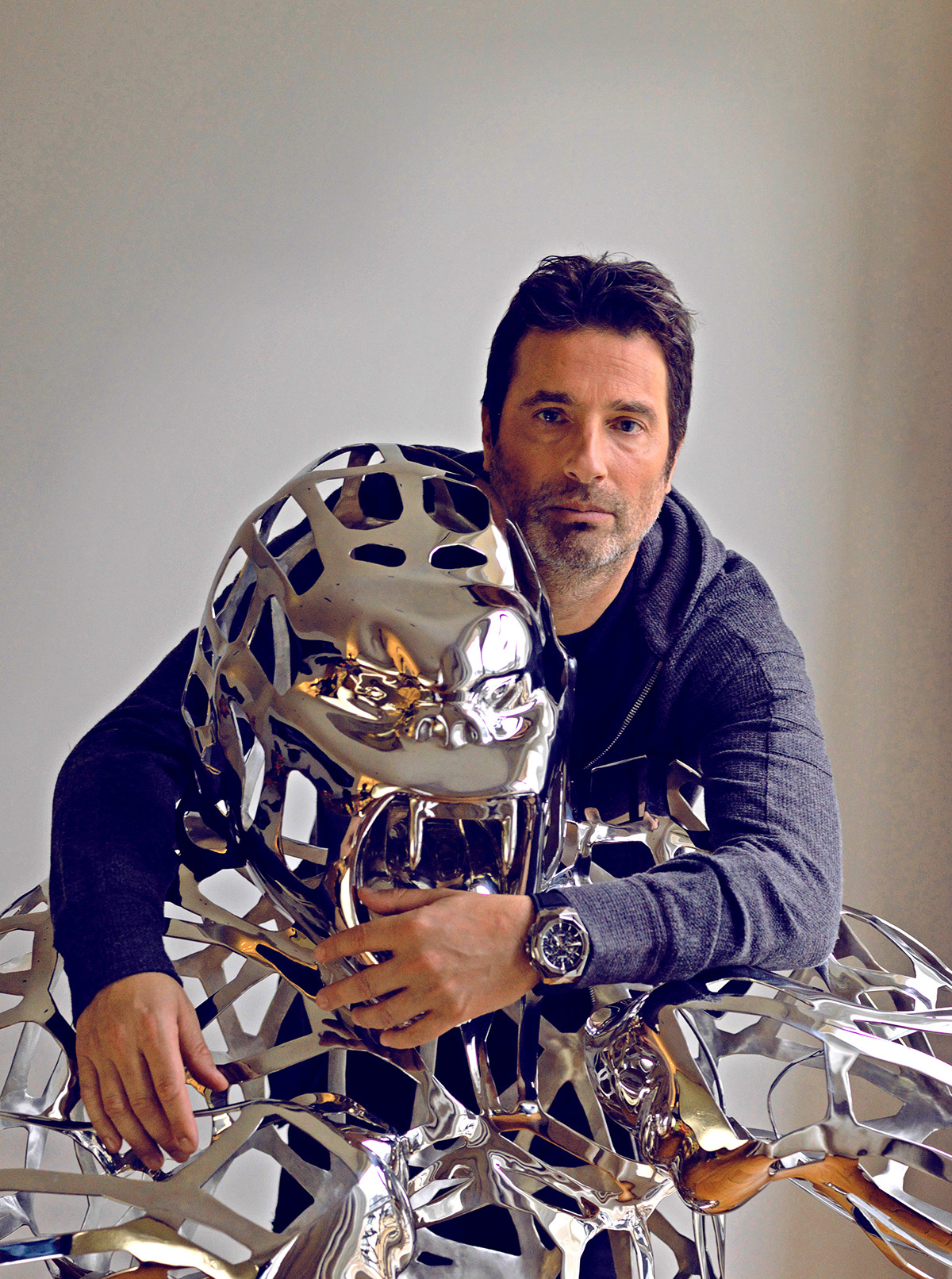
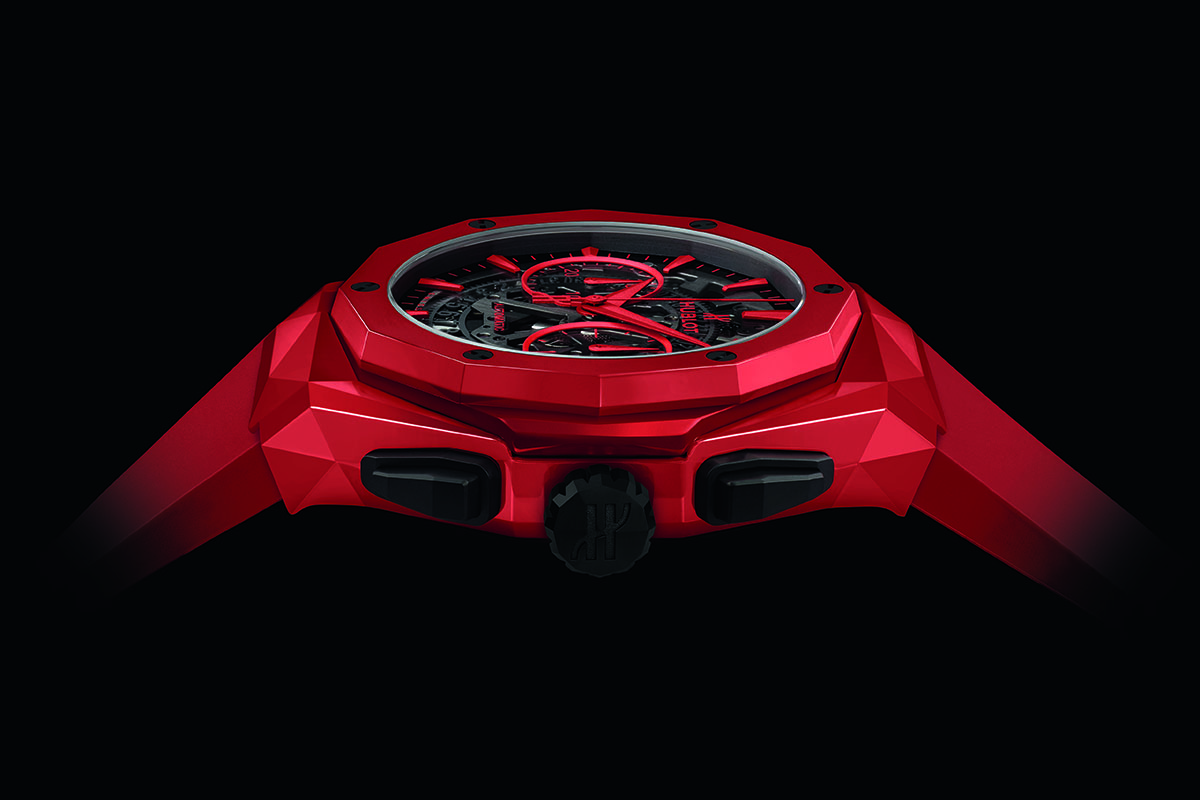
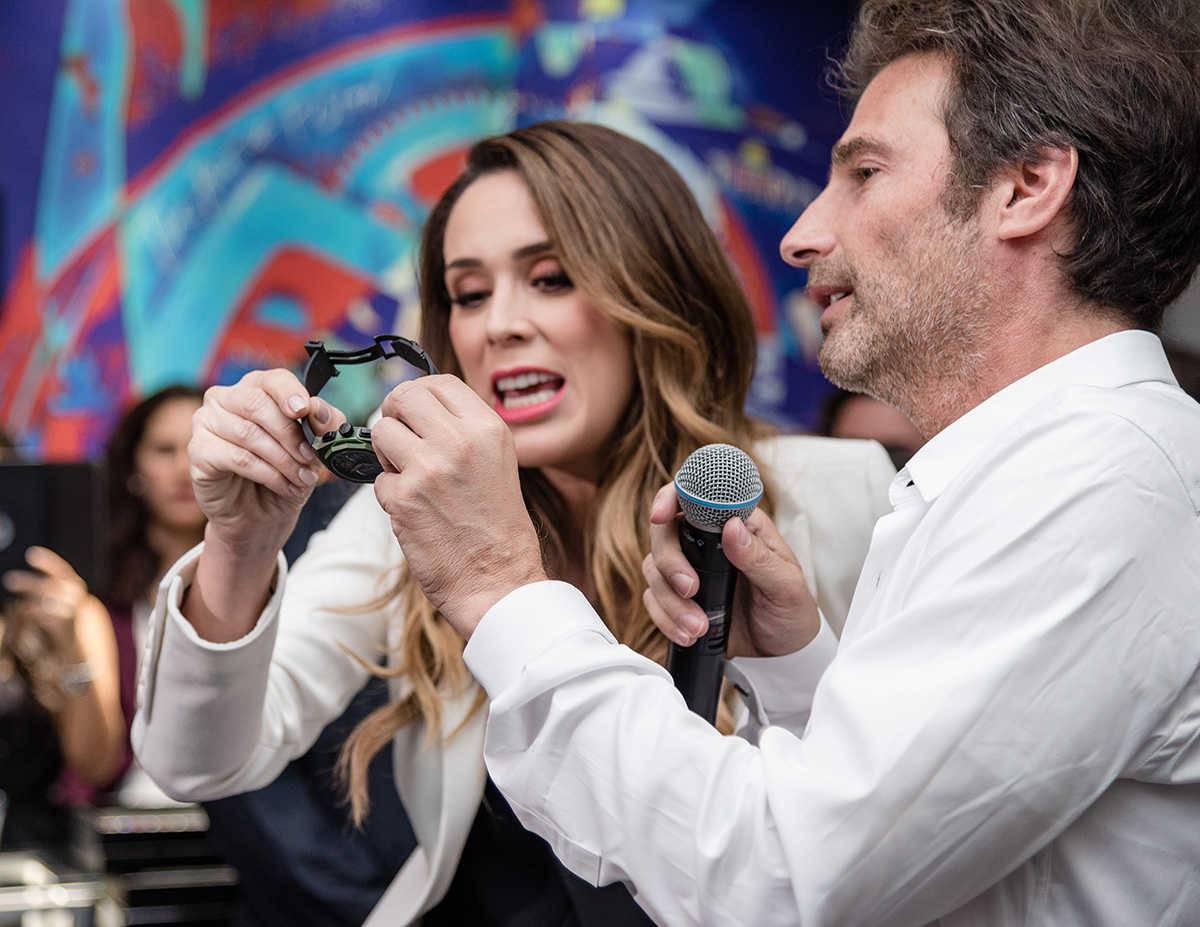
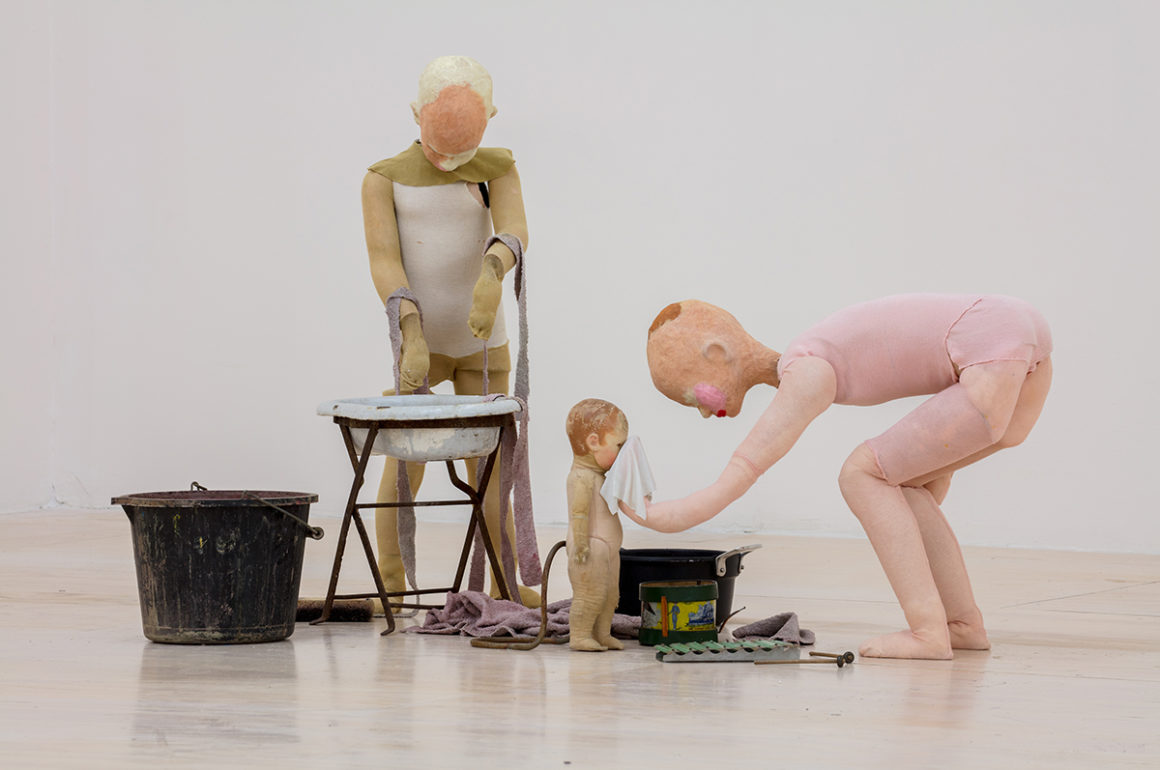
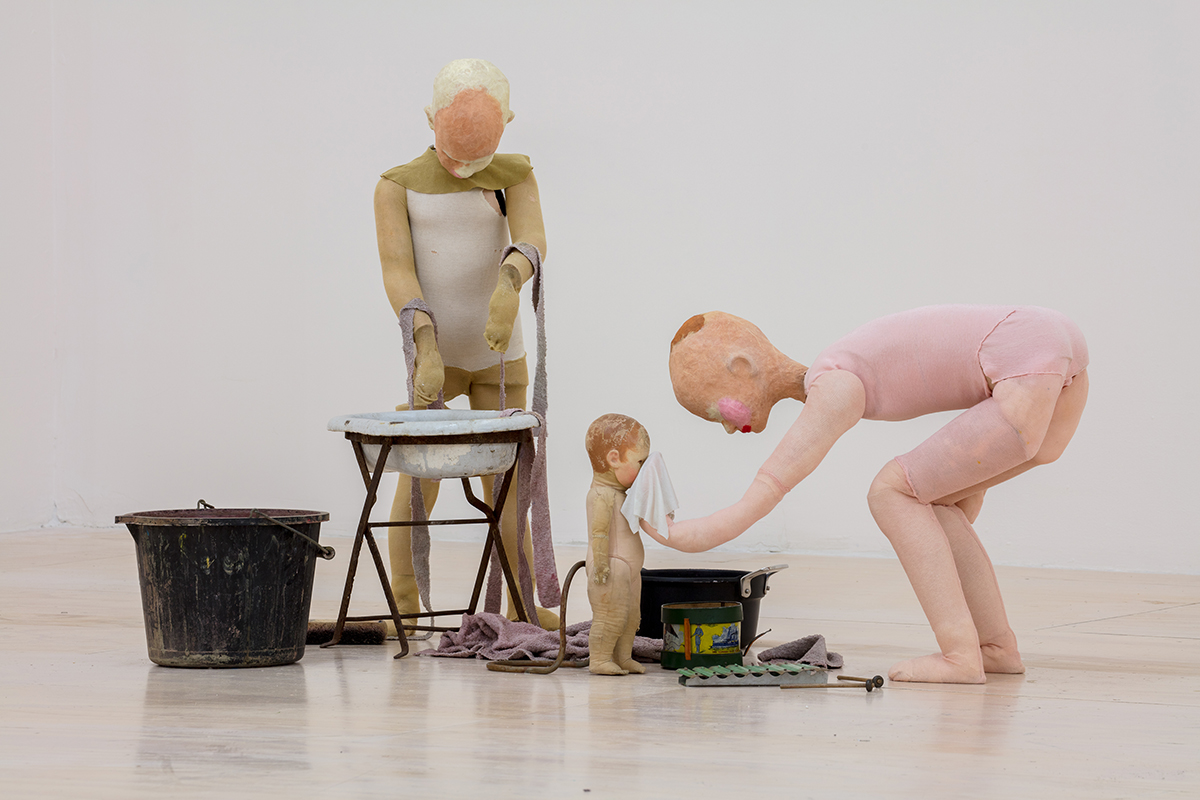

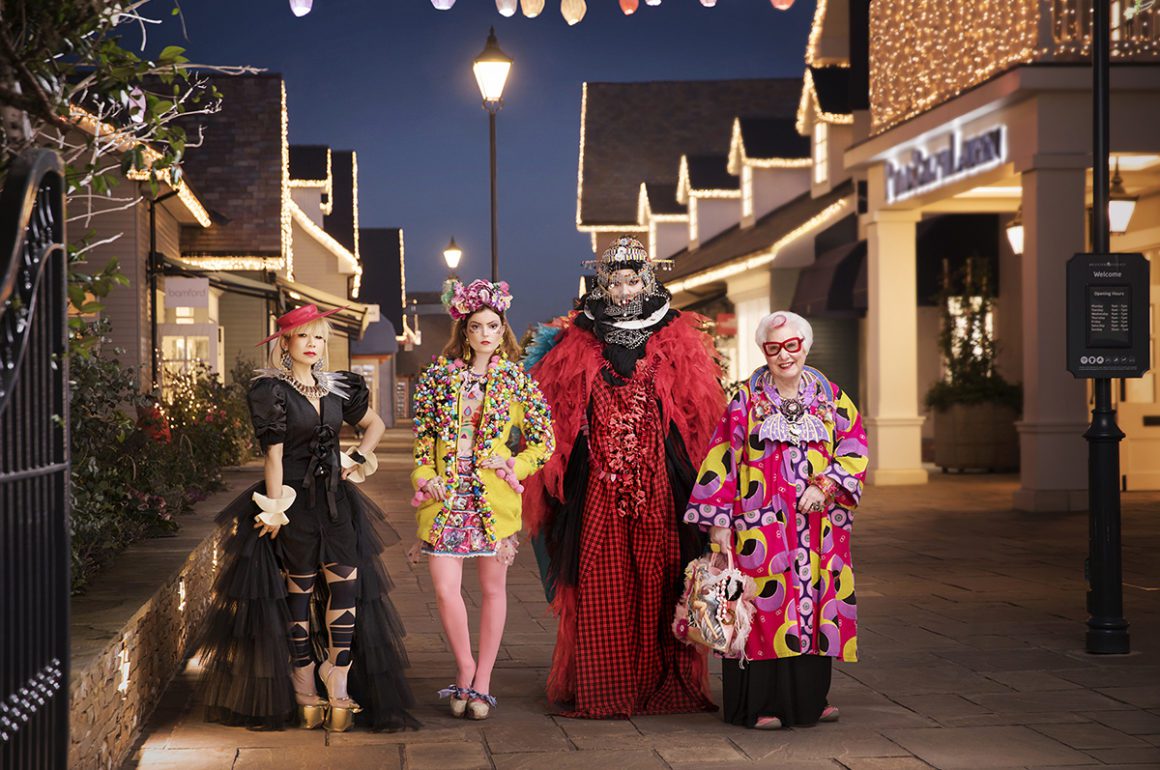
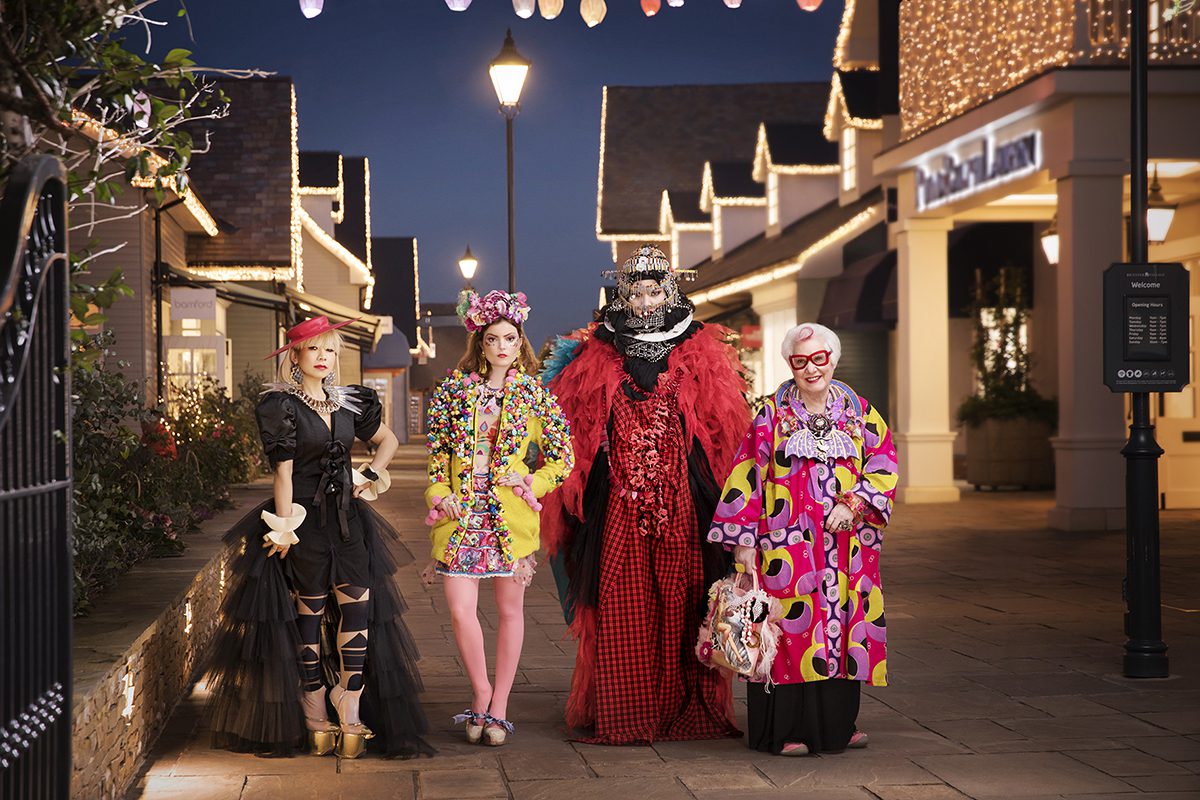
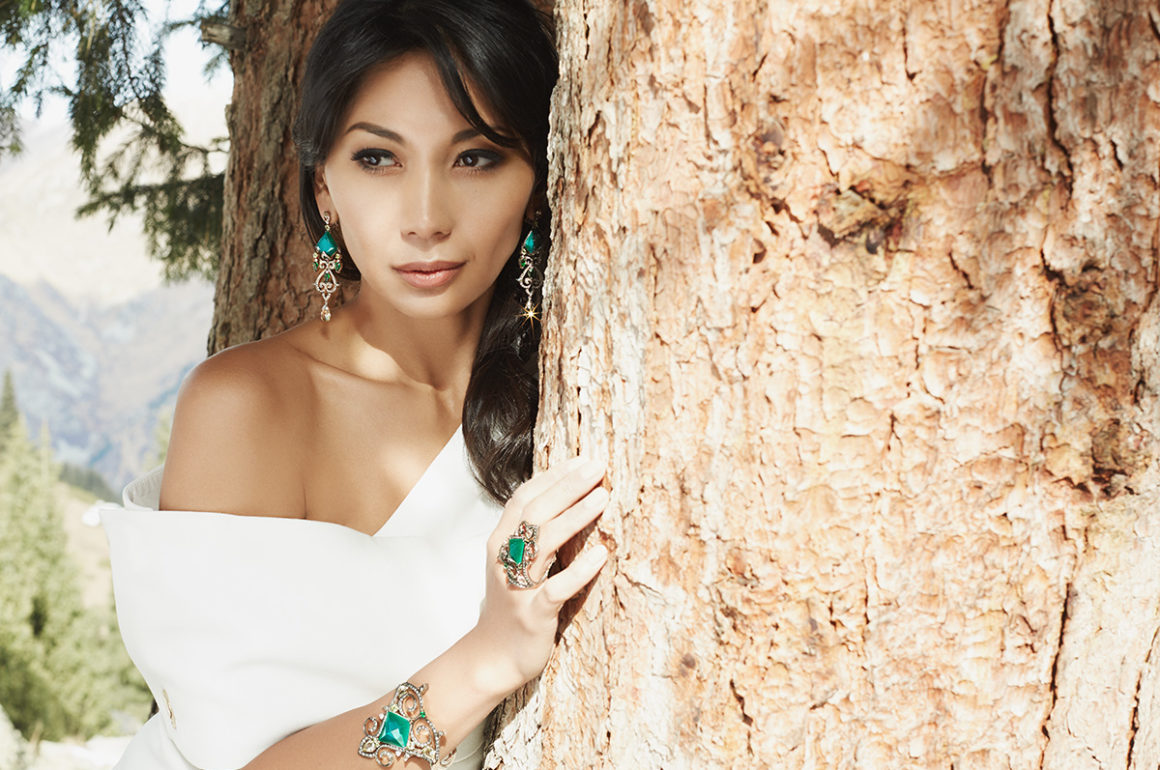
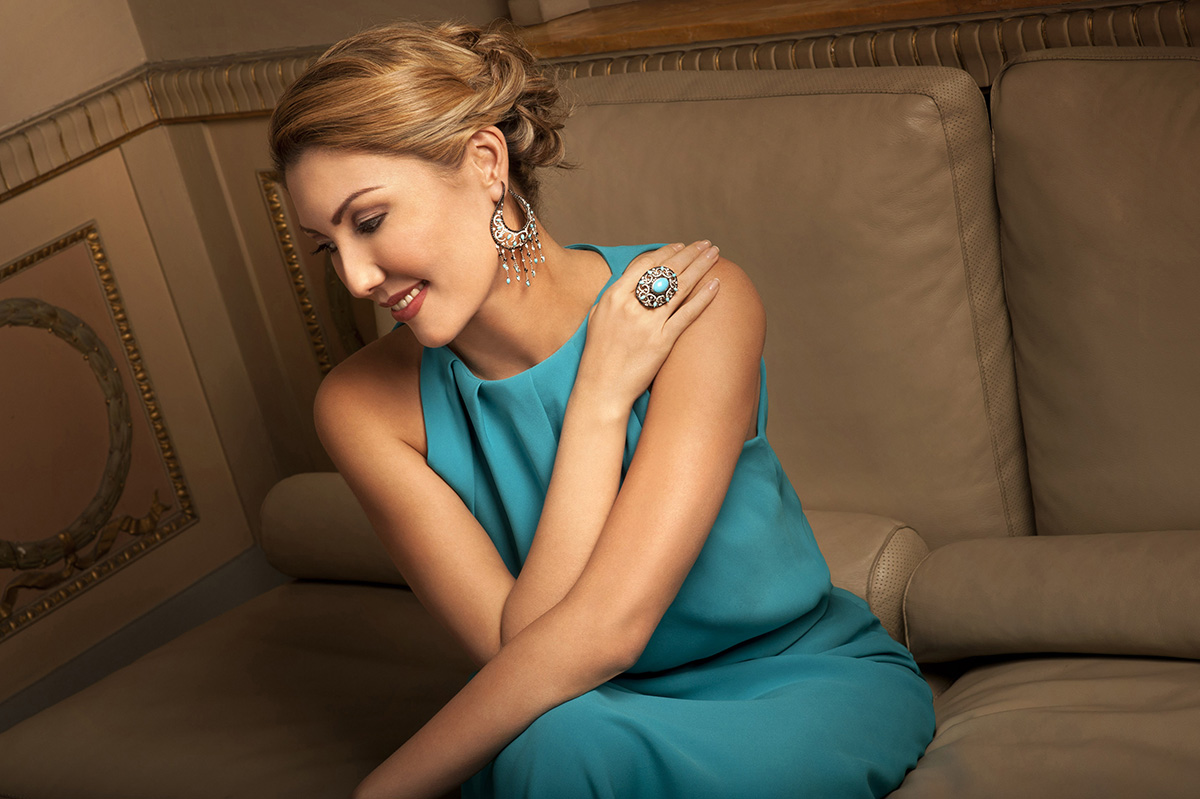
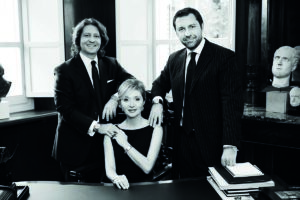
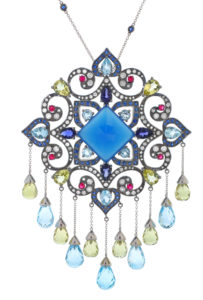
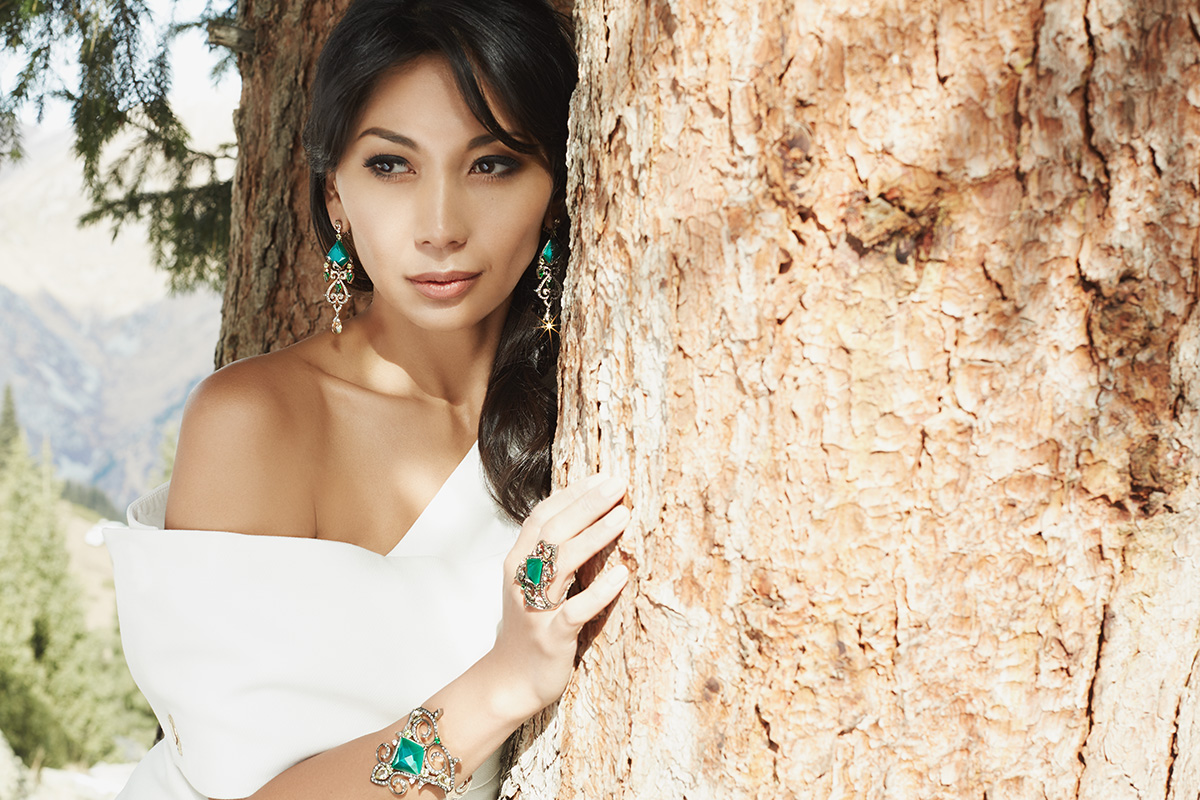
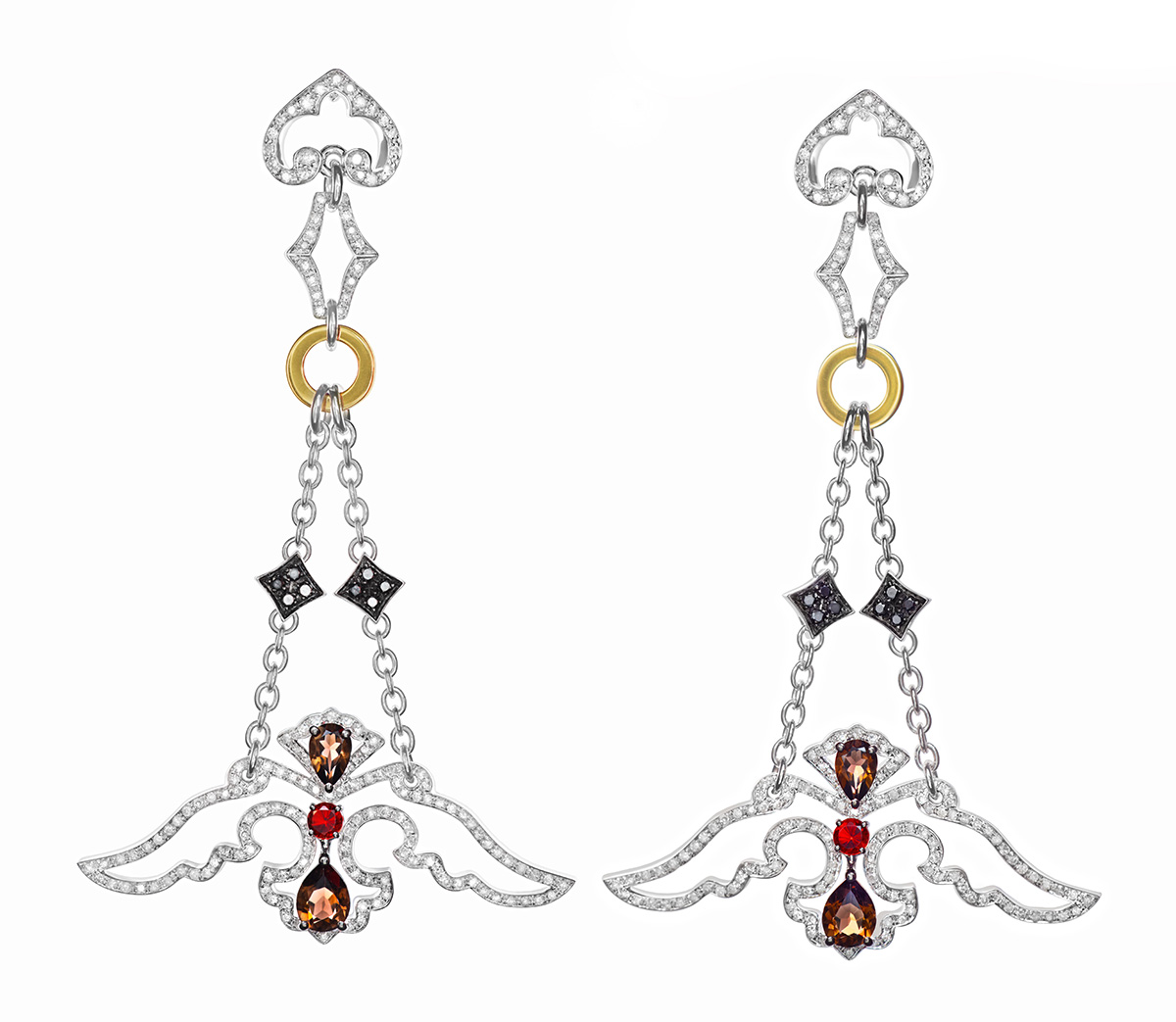
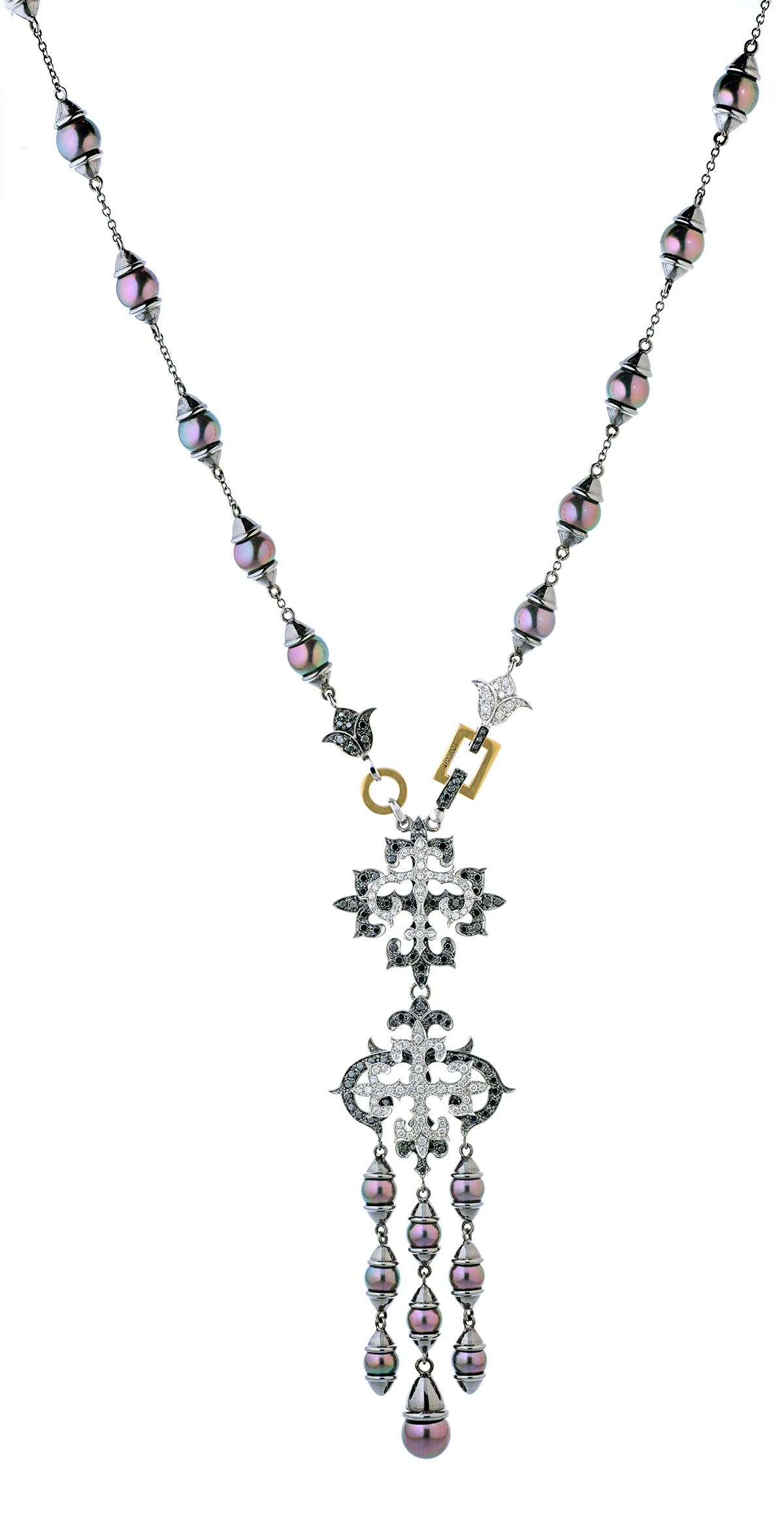
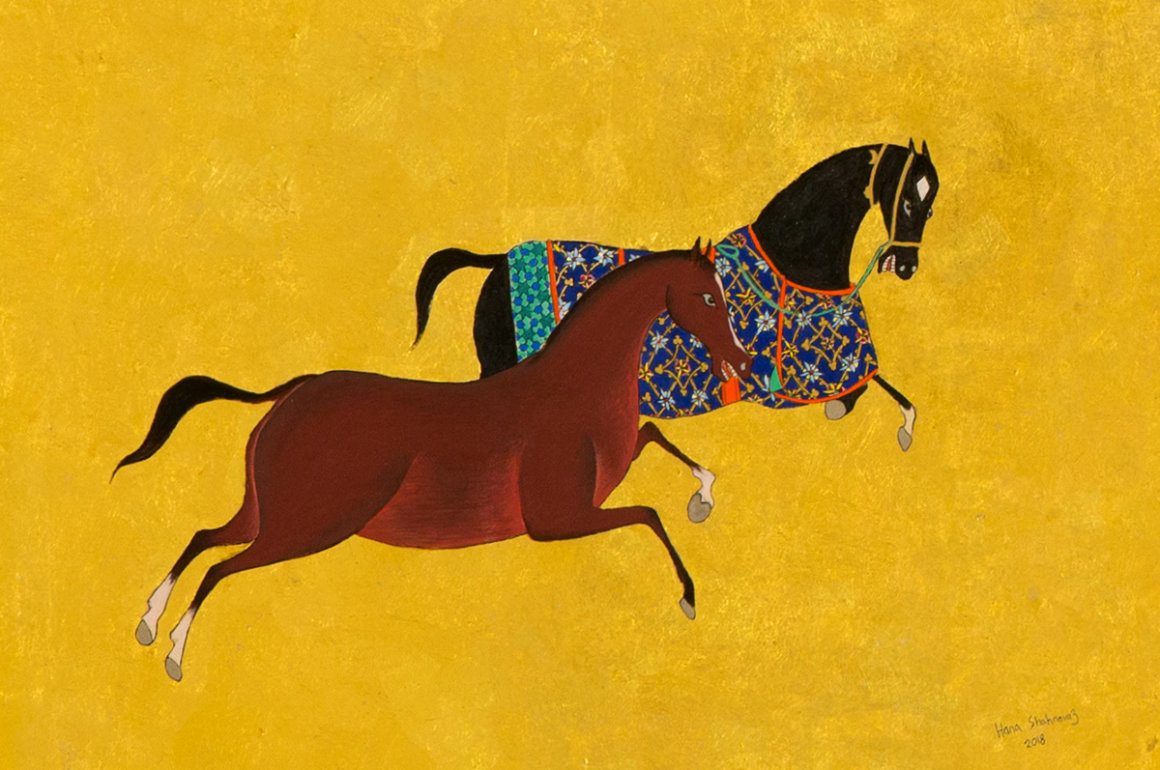
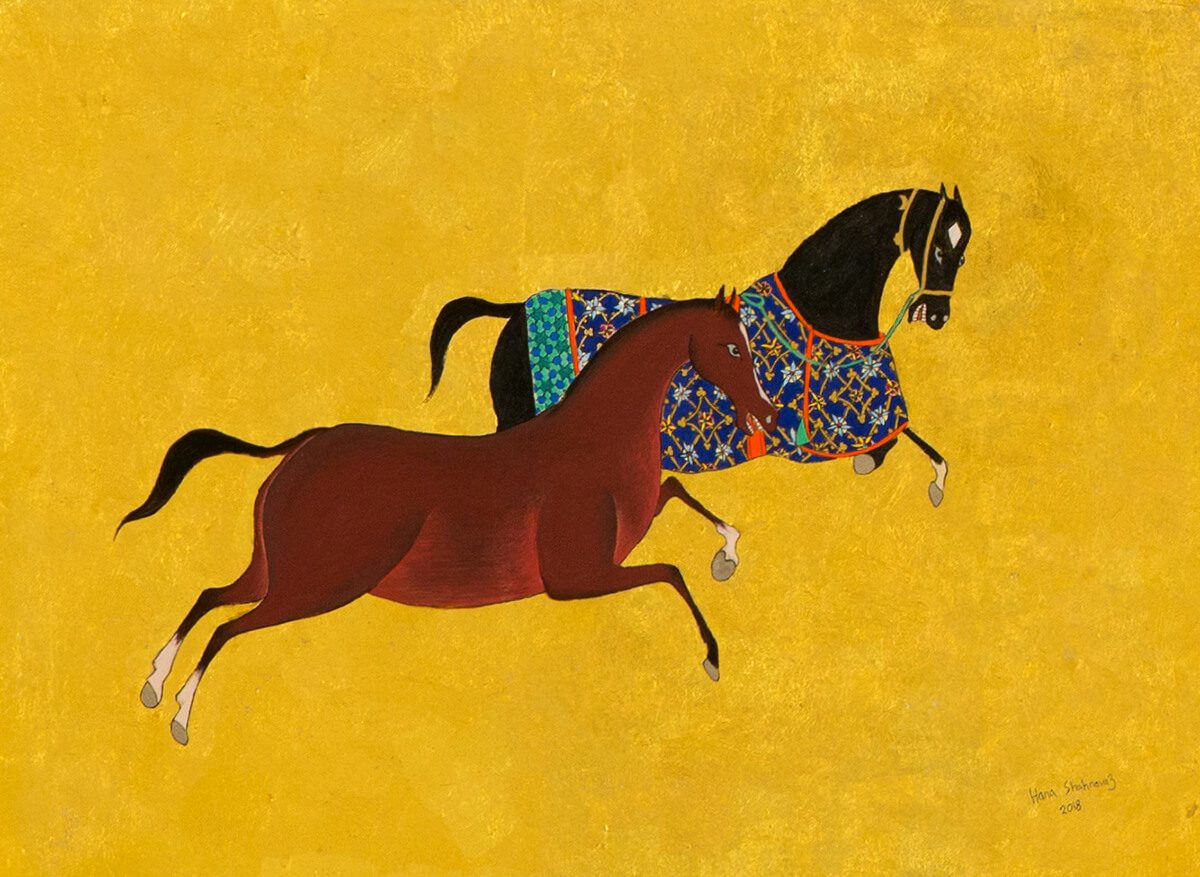
 THE CARLYLE, A ROSEWOOD HOTEL
THE CARLYLE, A ROSEWOOD HOTEL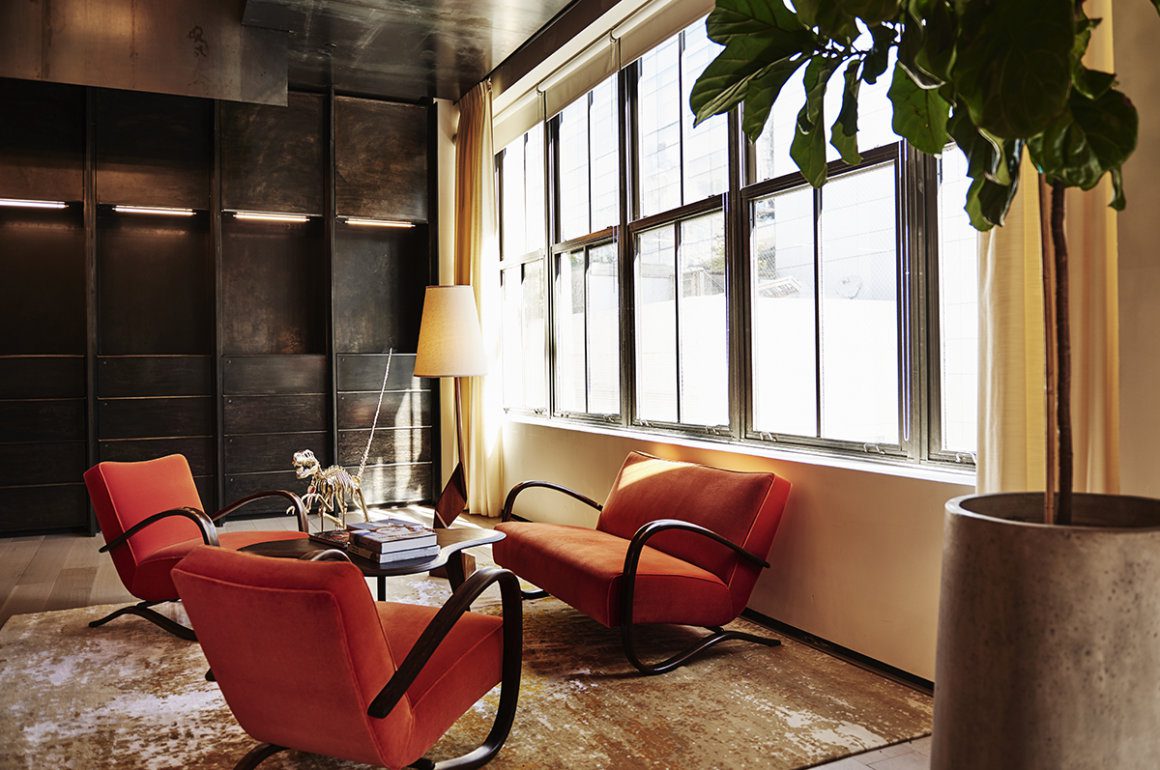

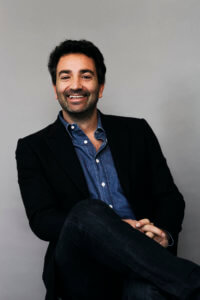

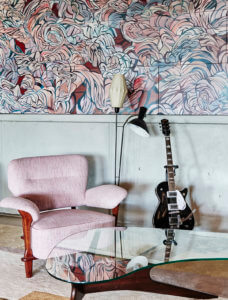



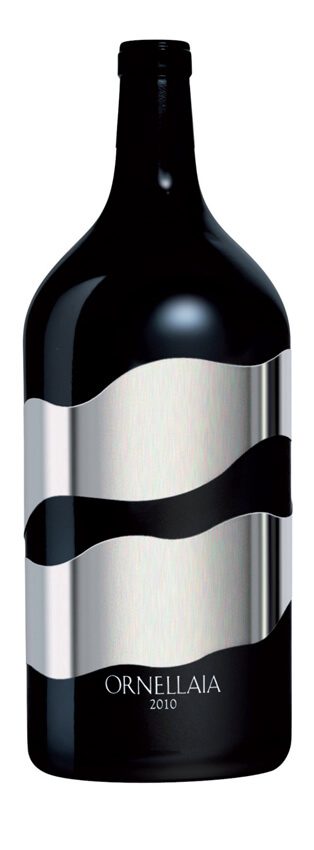
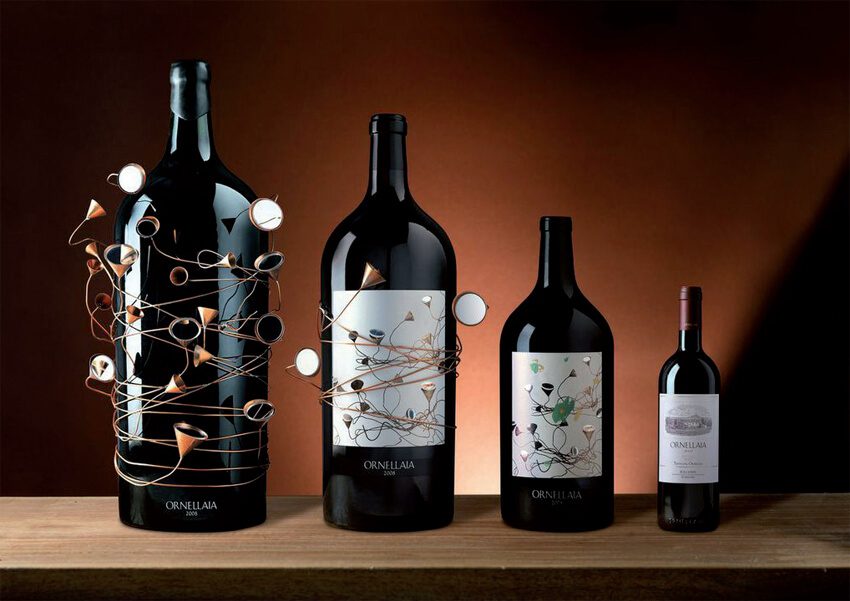
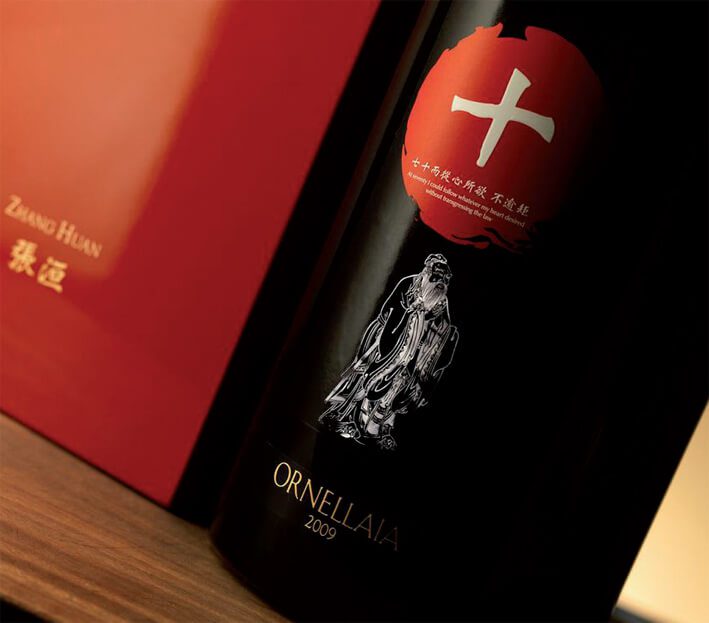

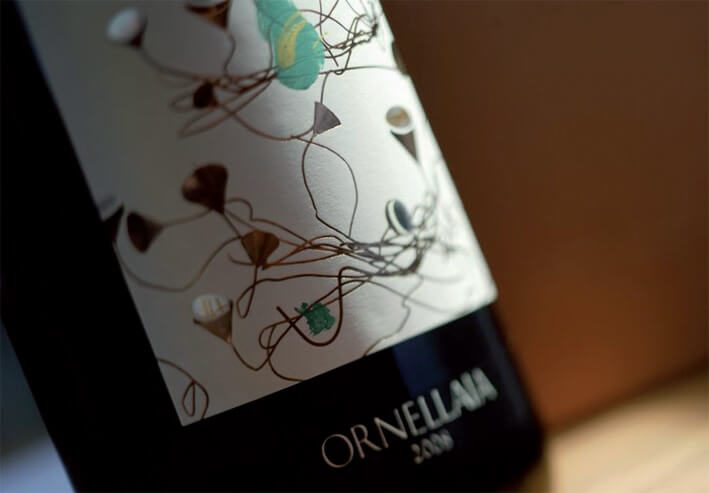
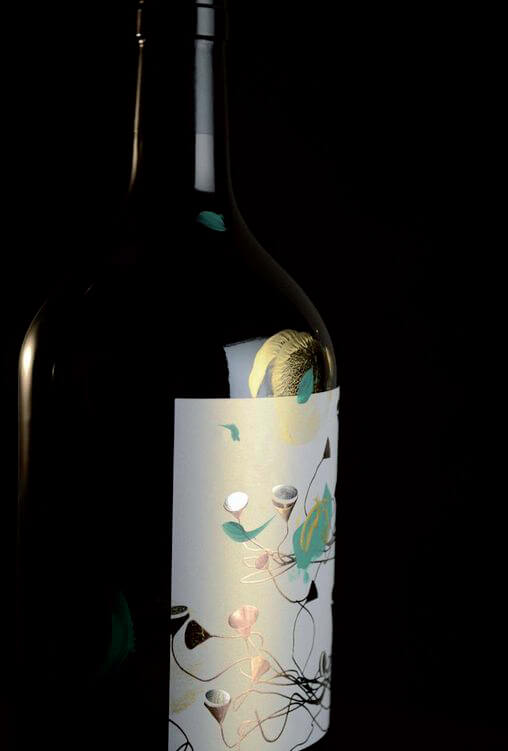
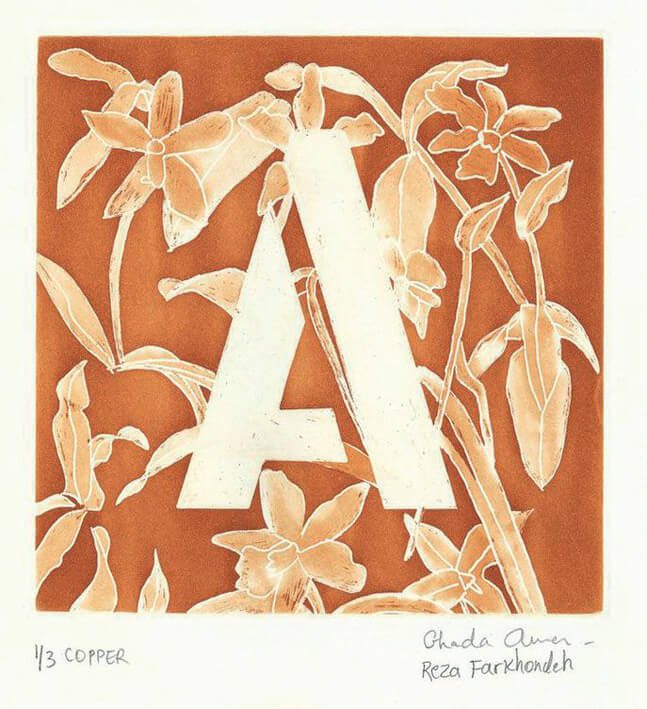
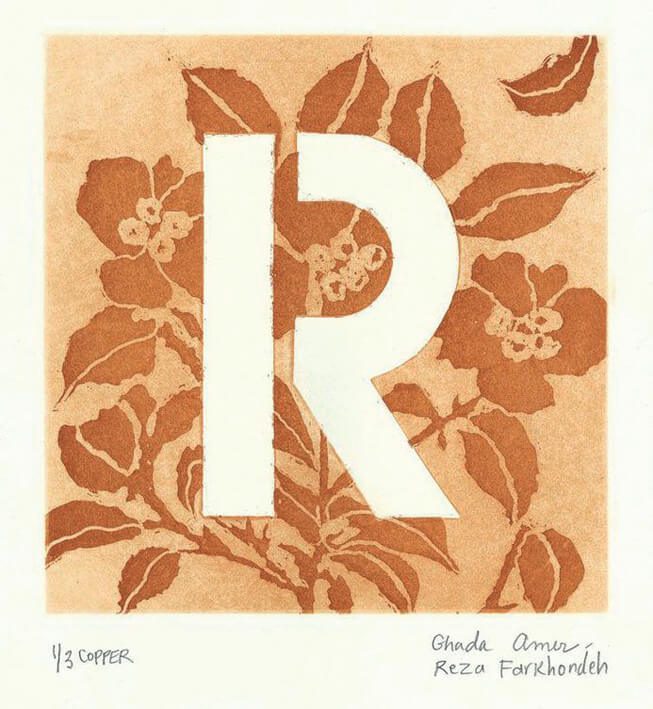
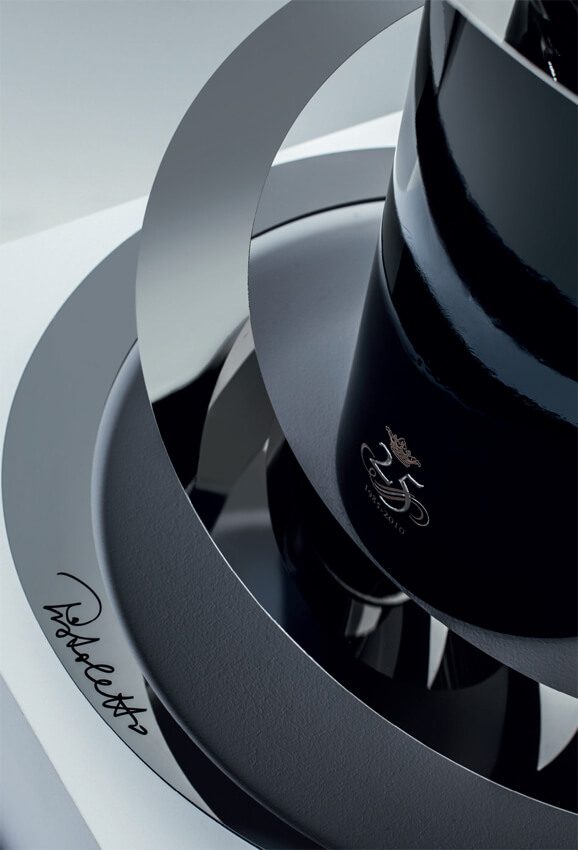
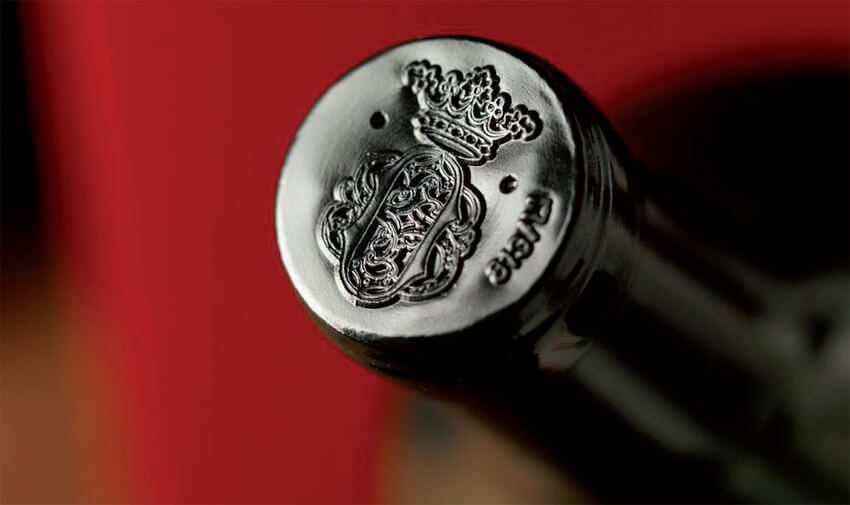





Recent Comments